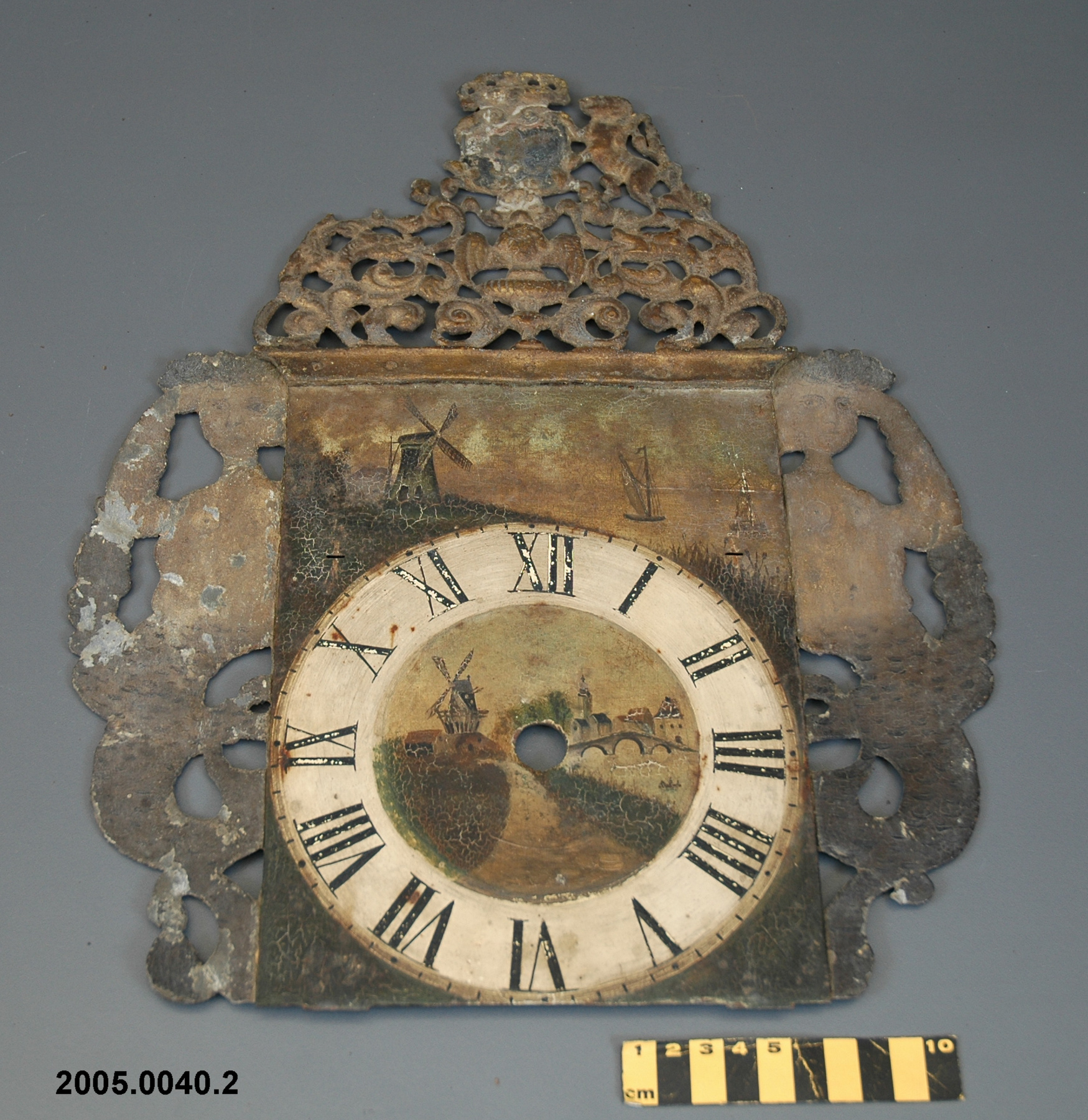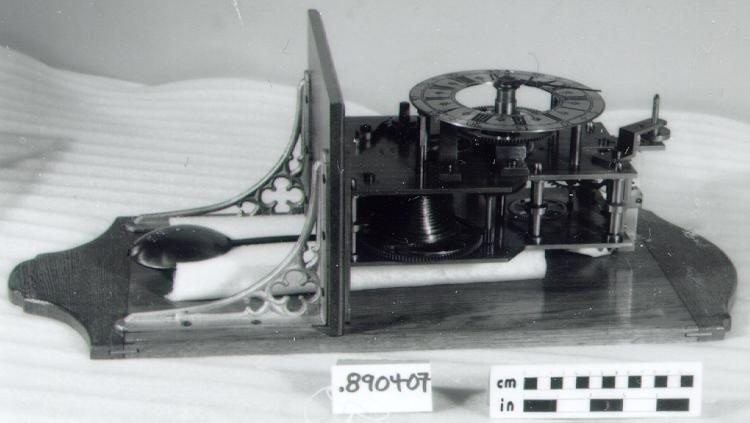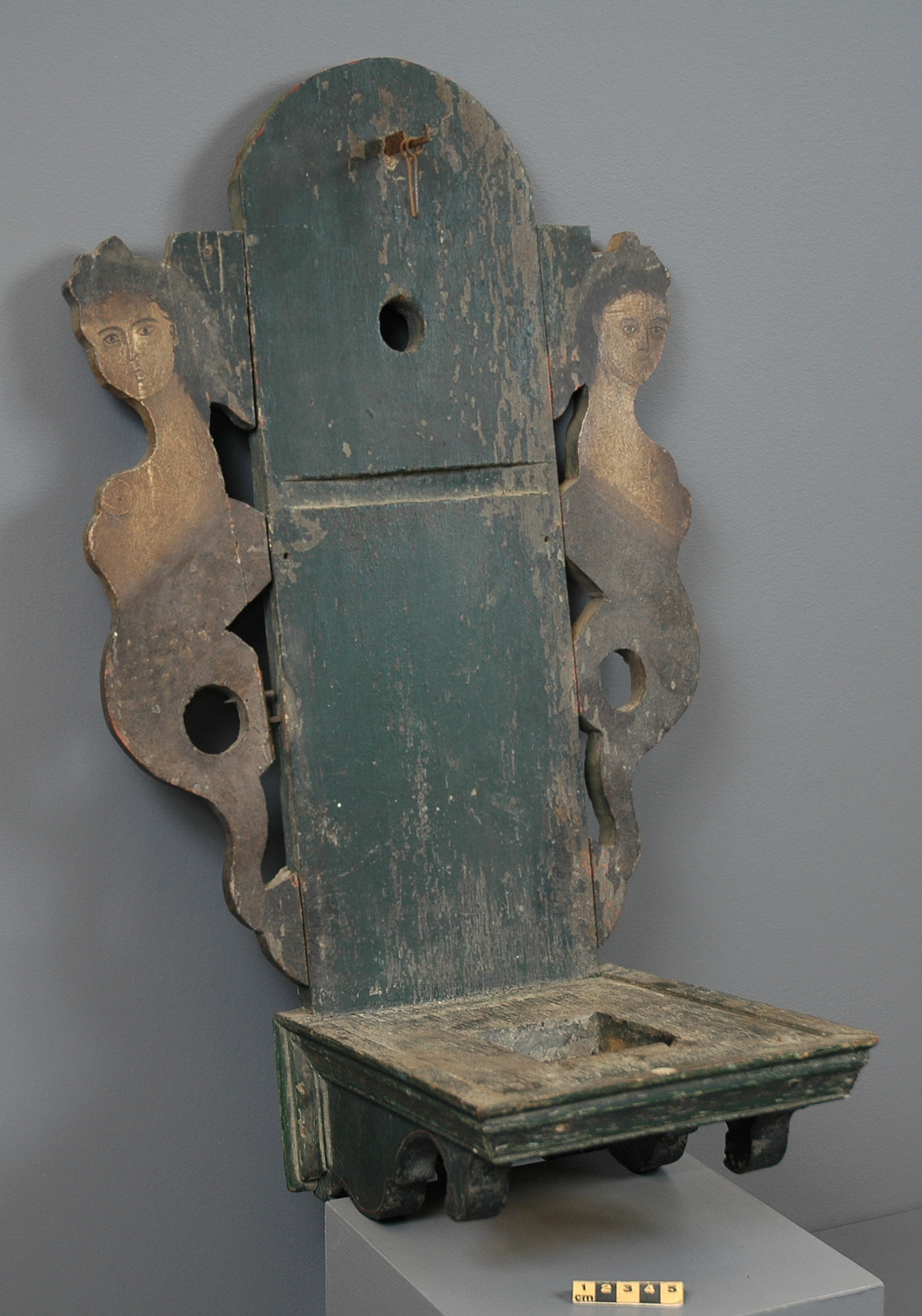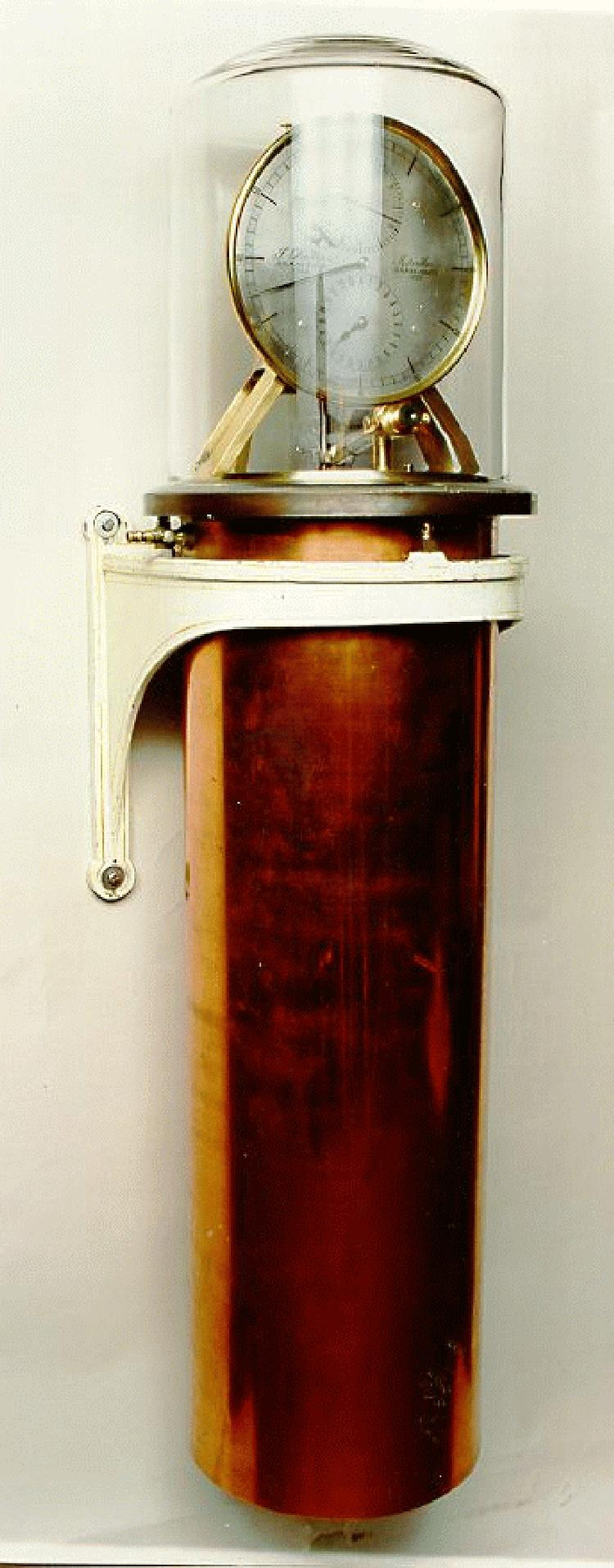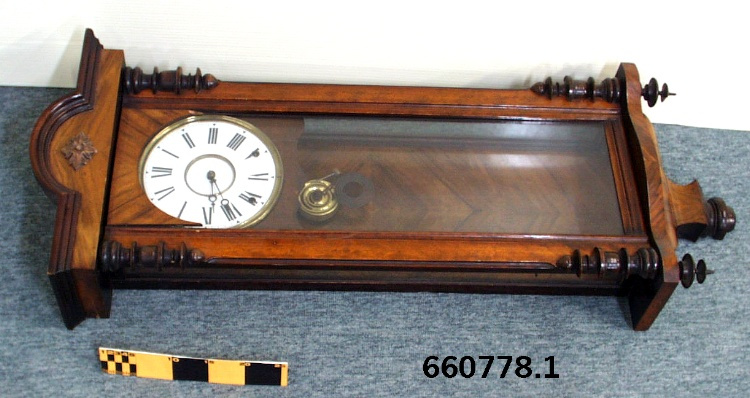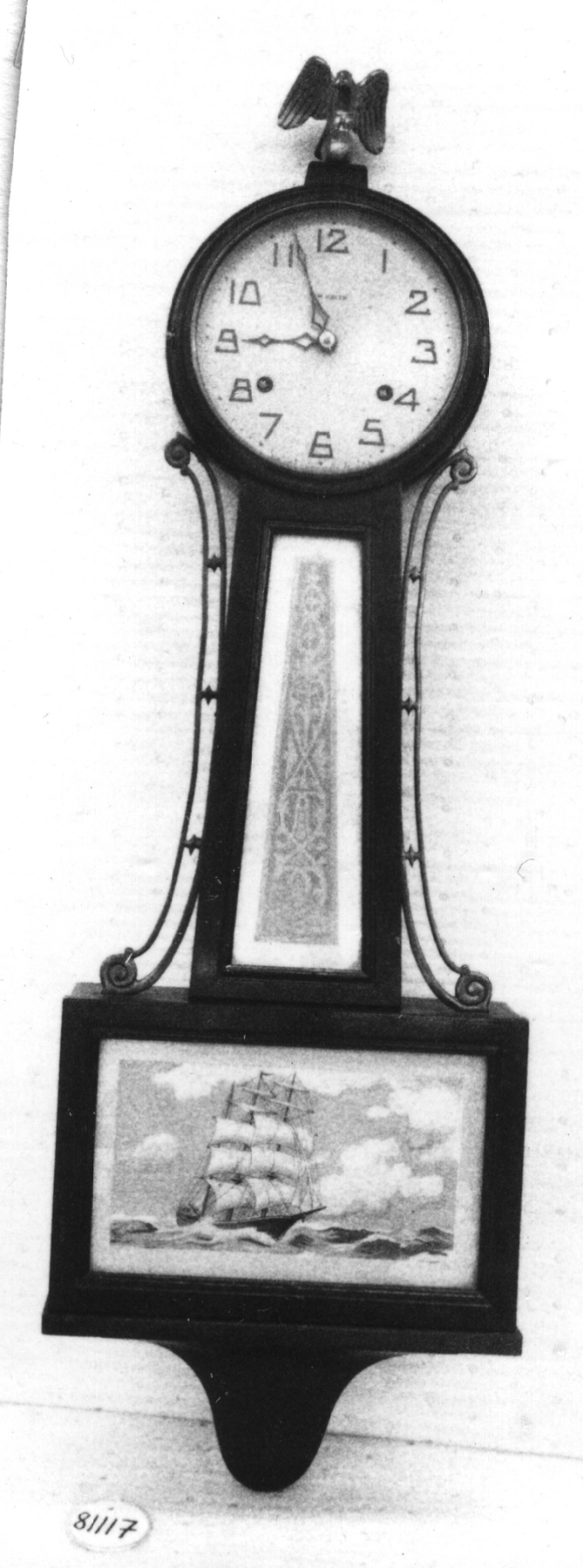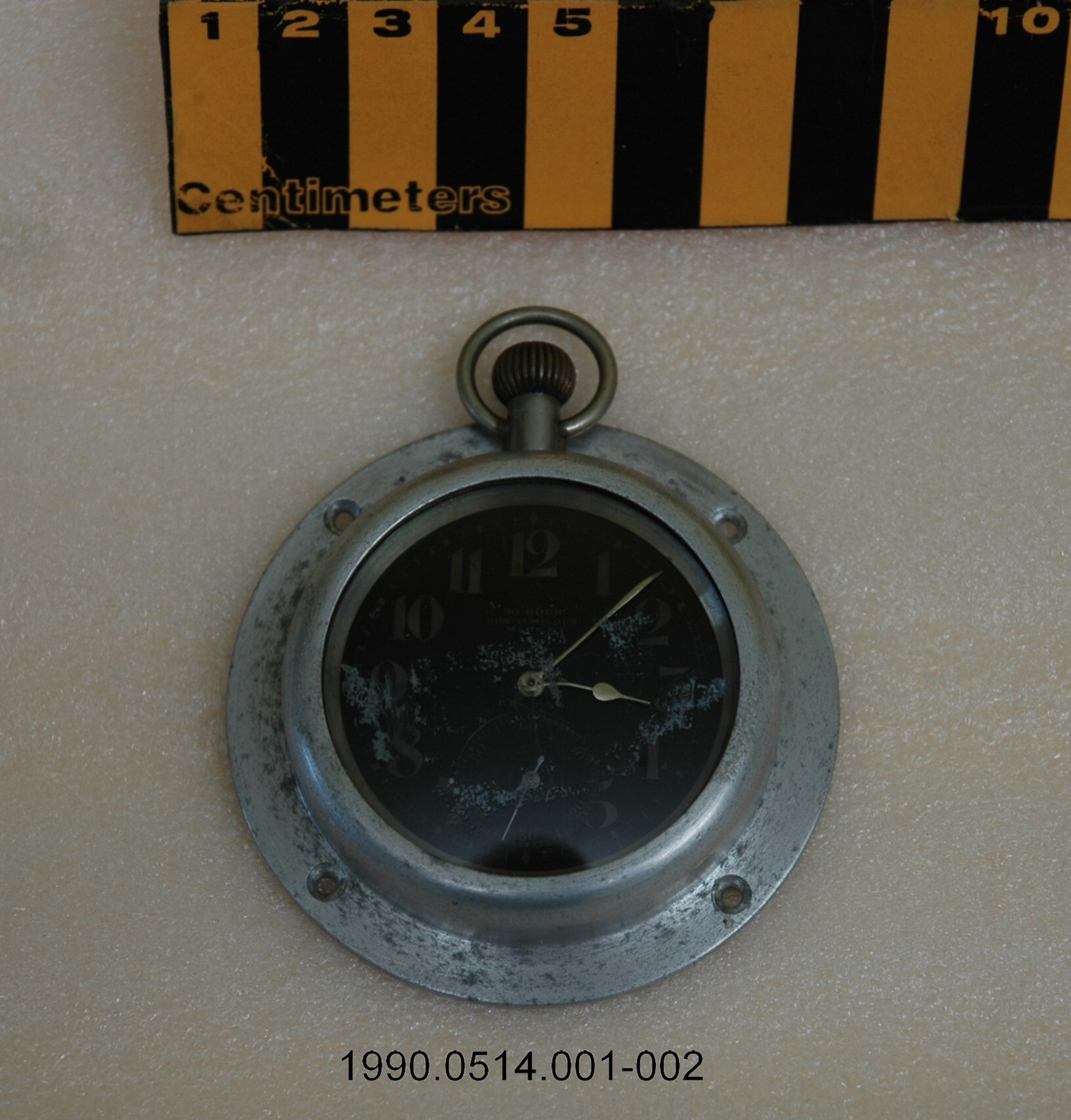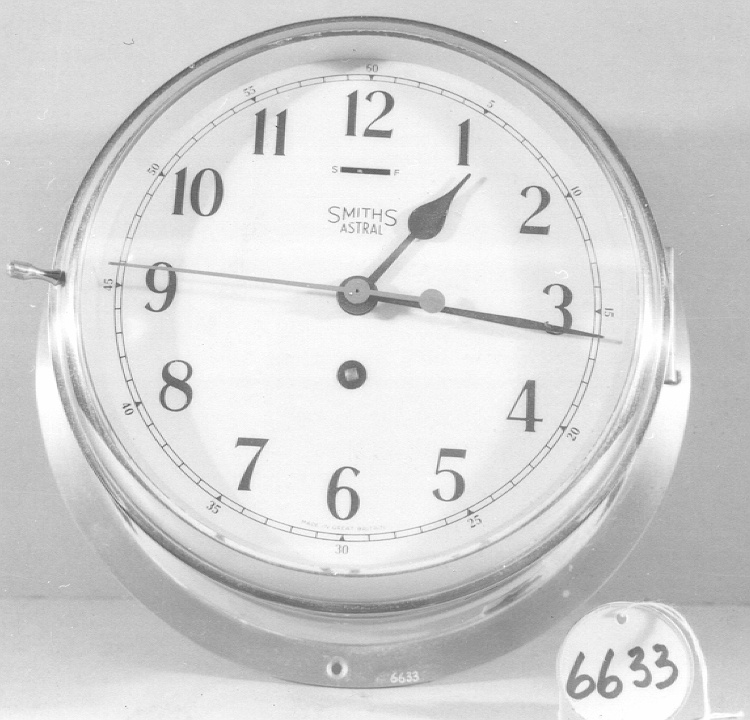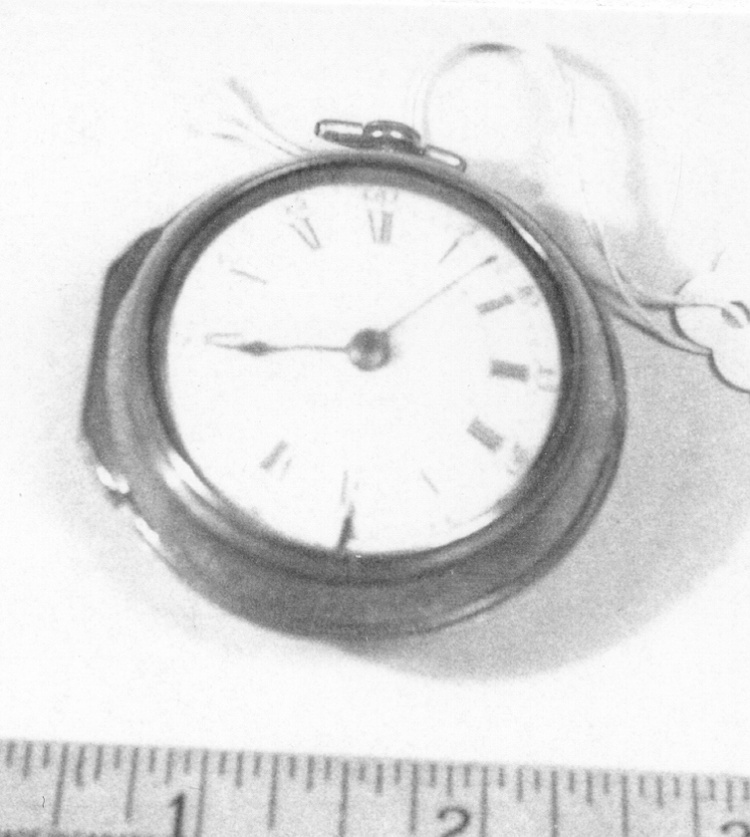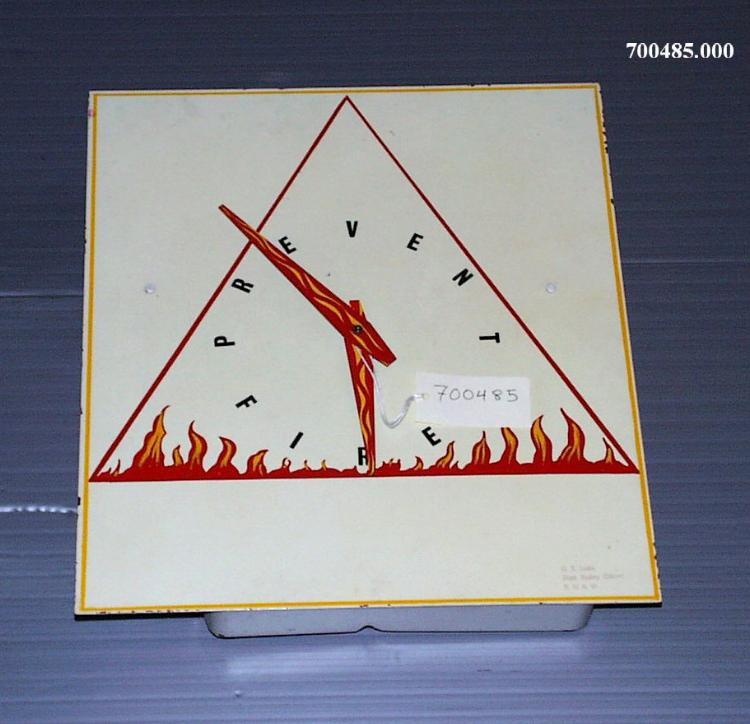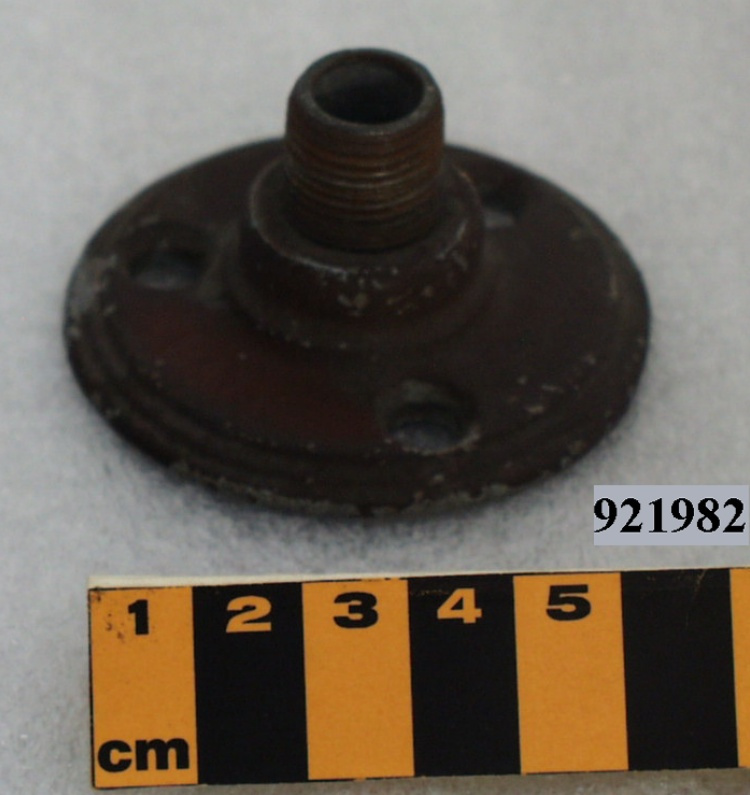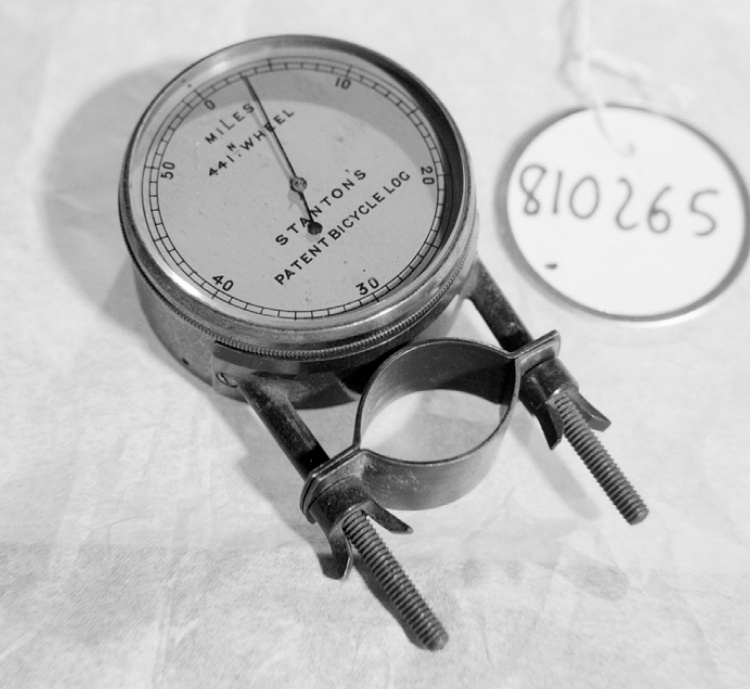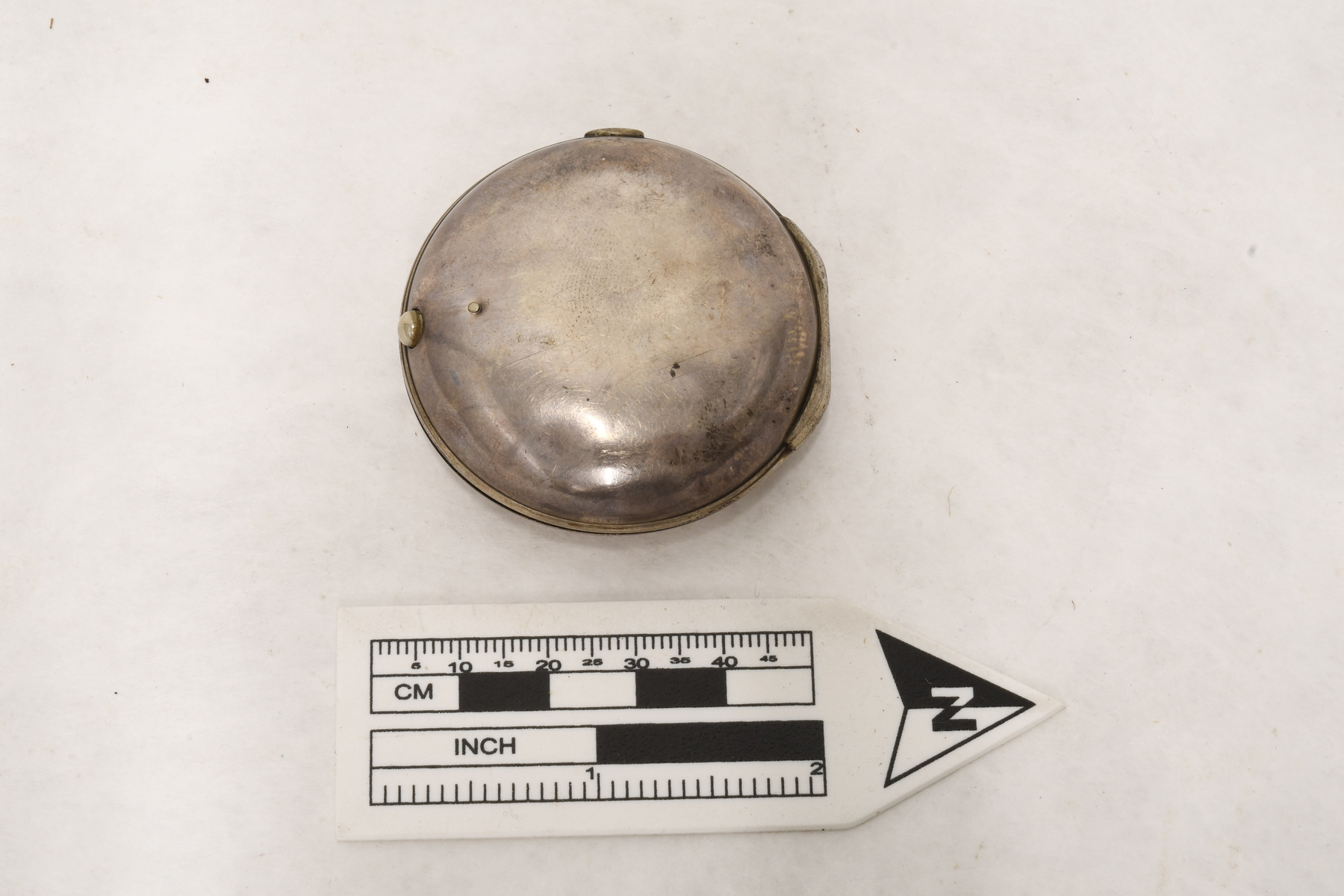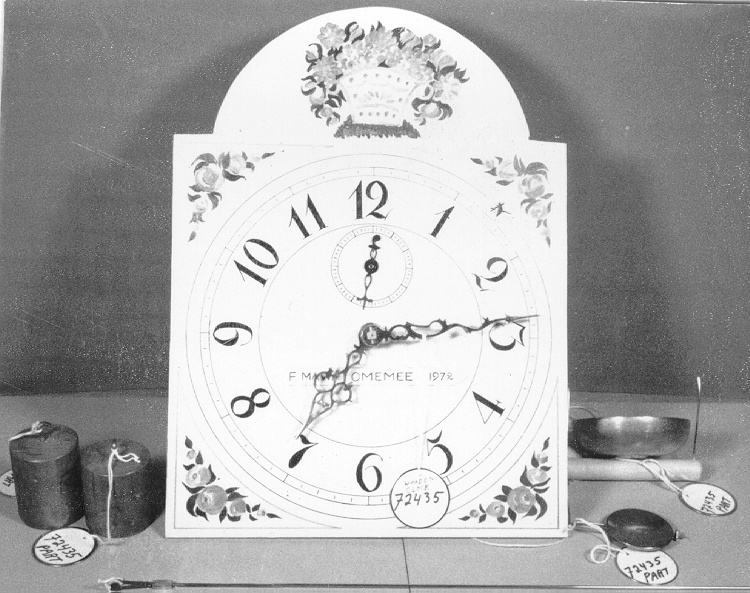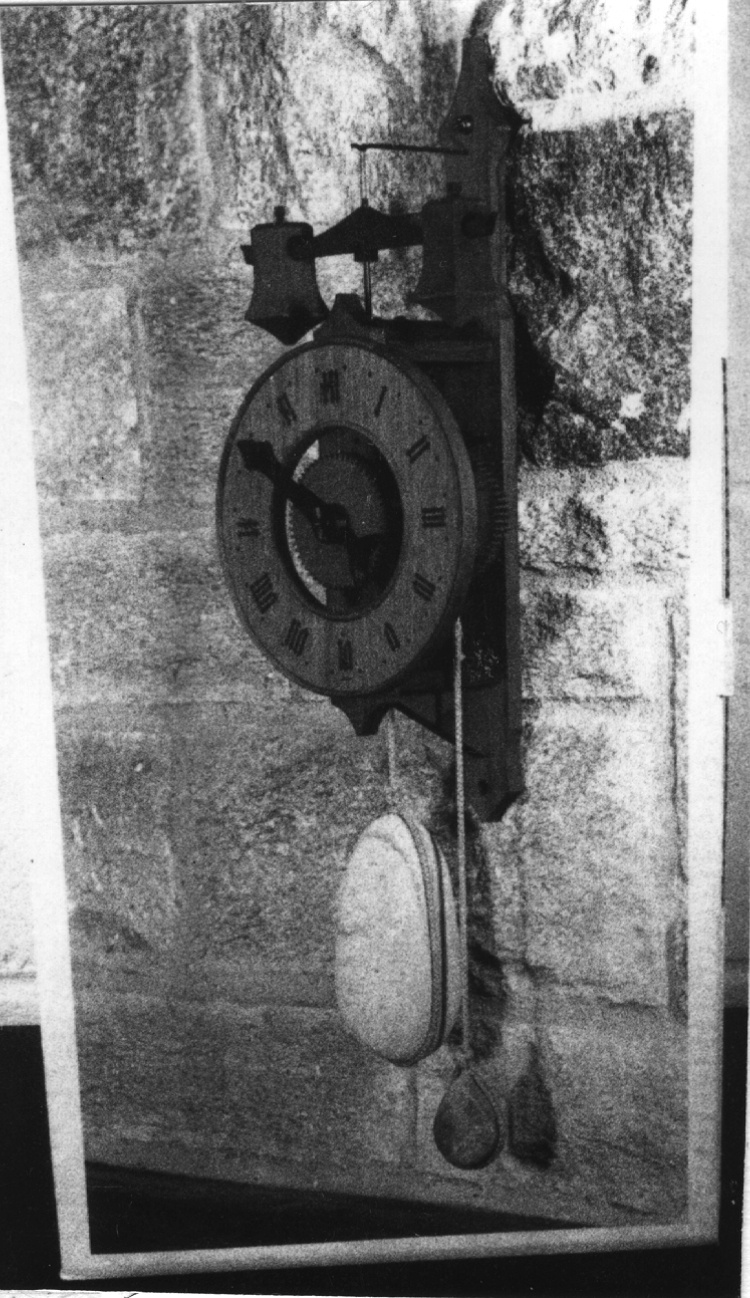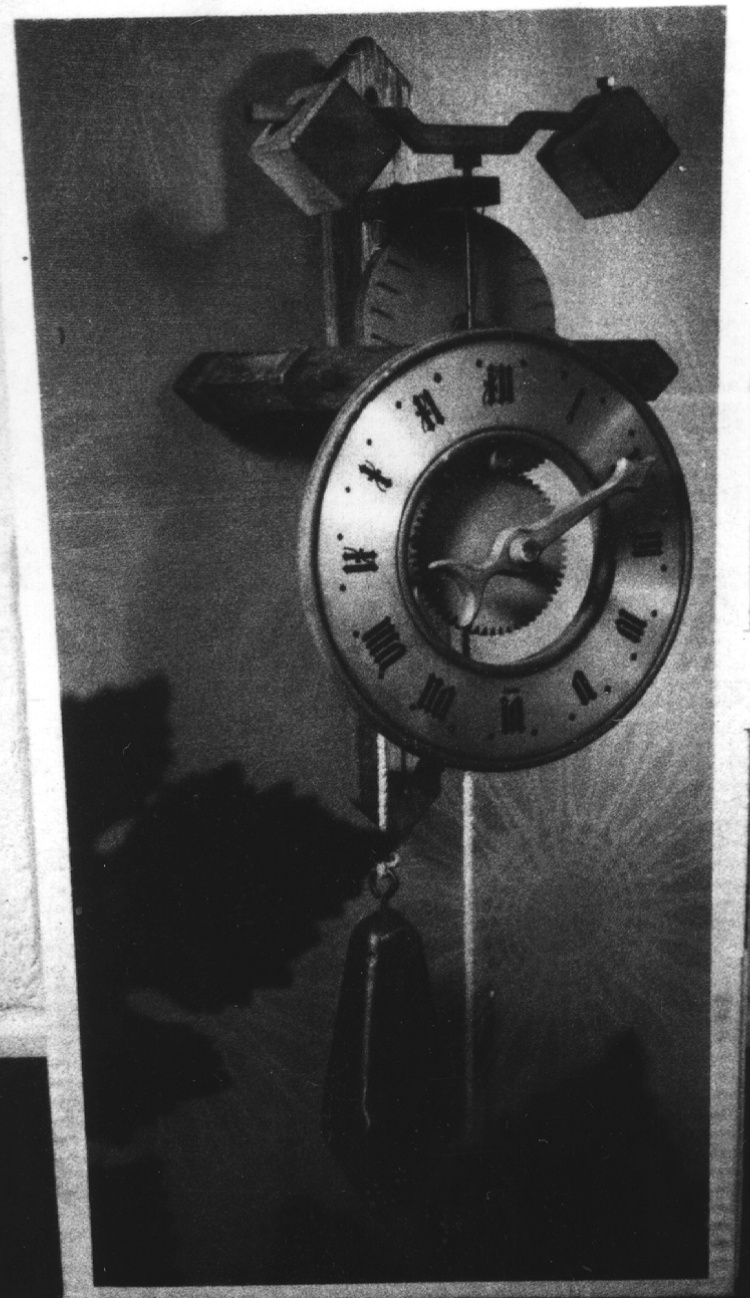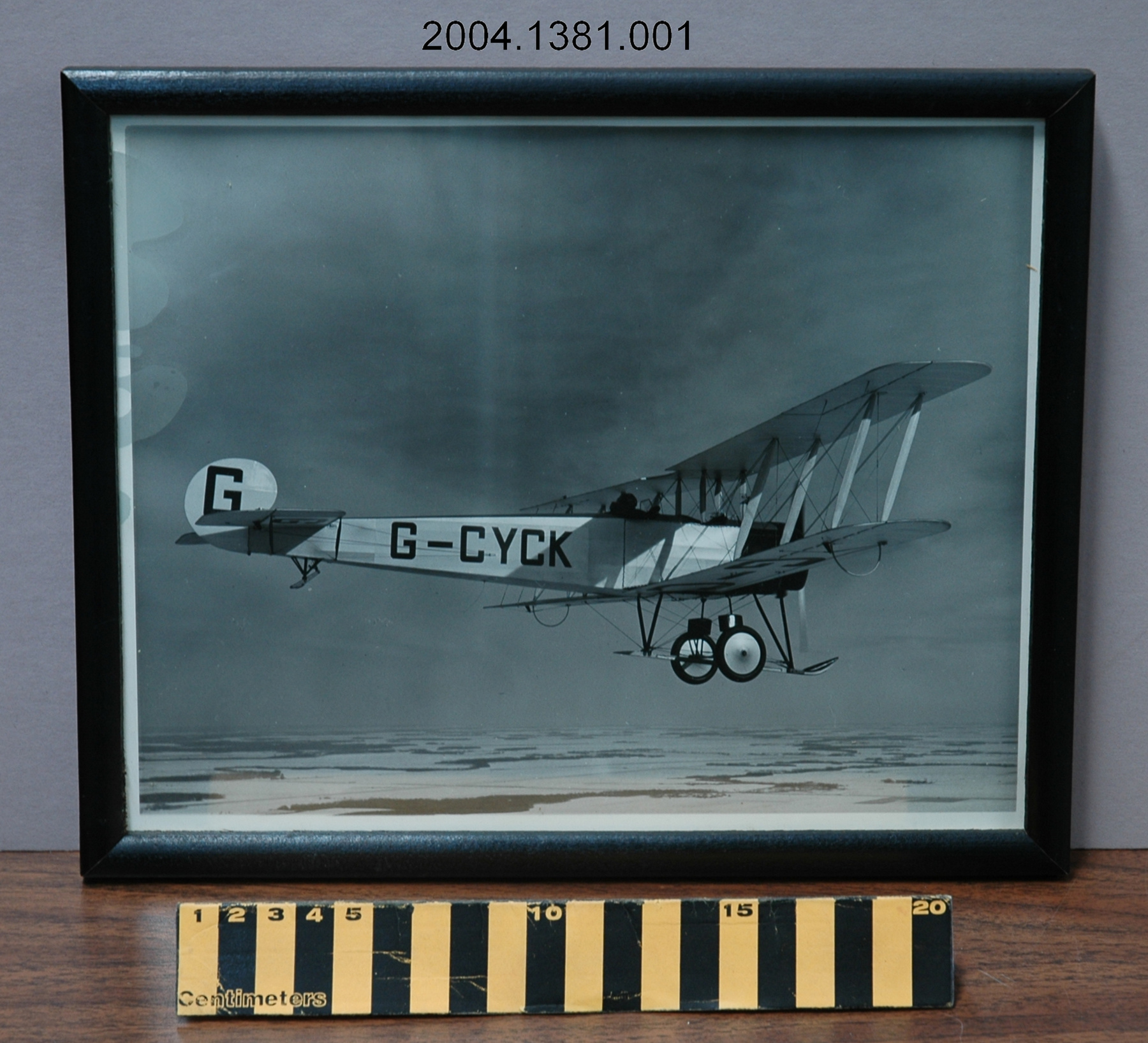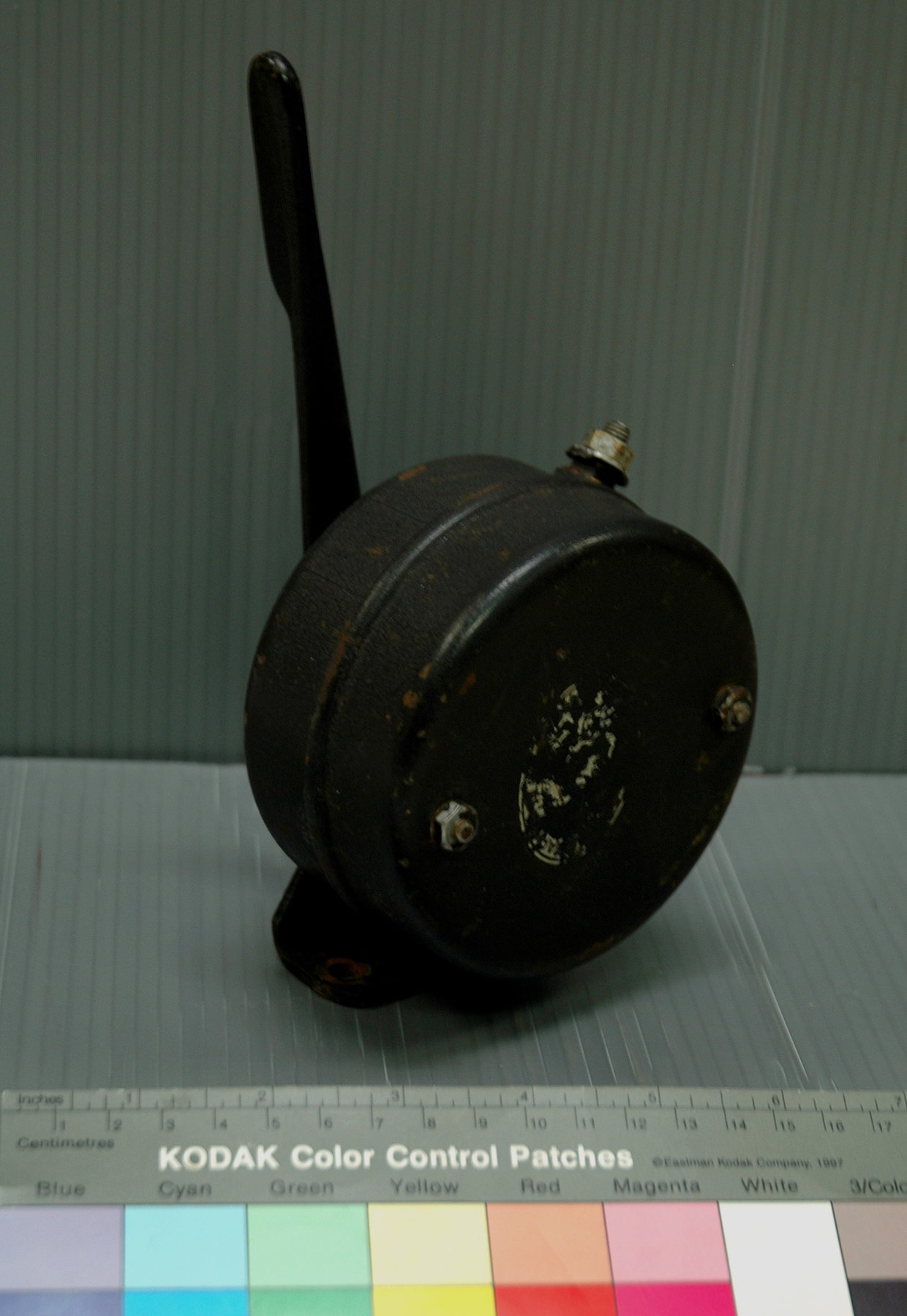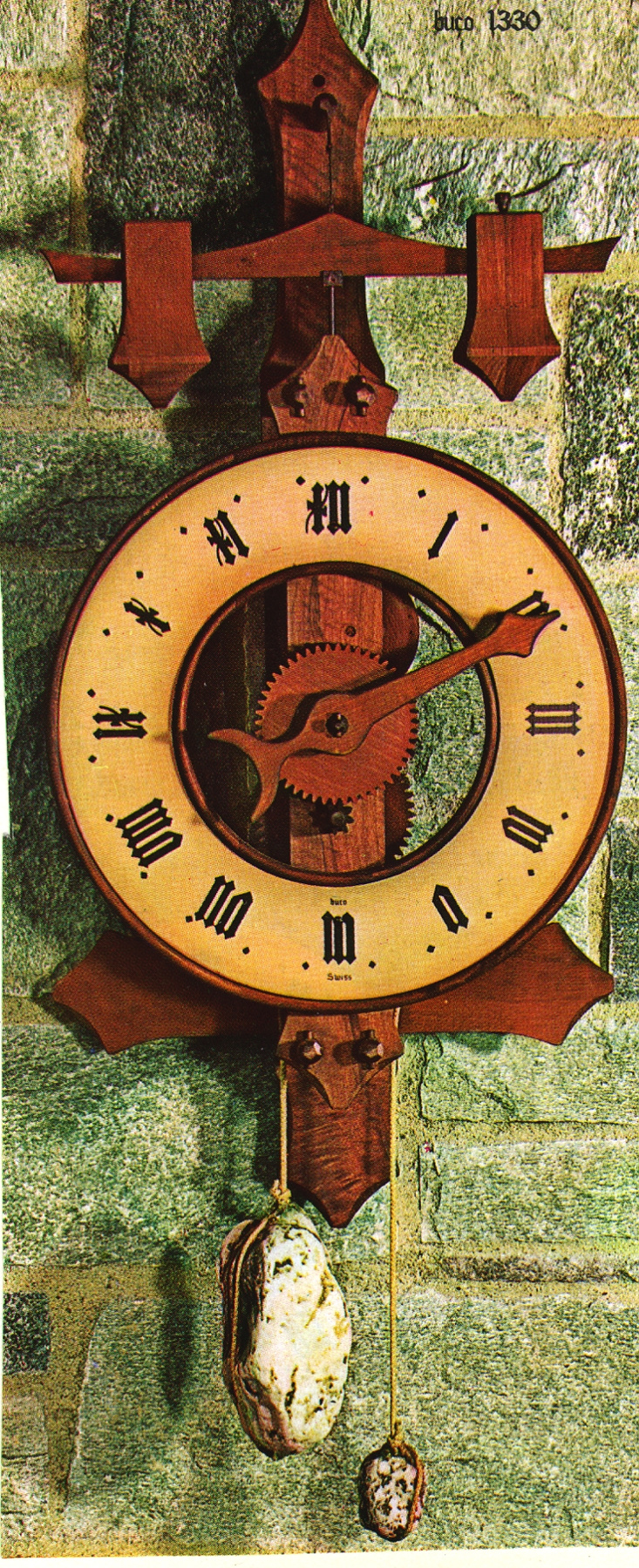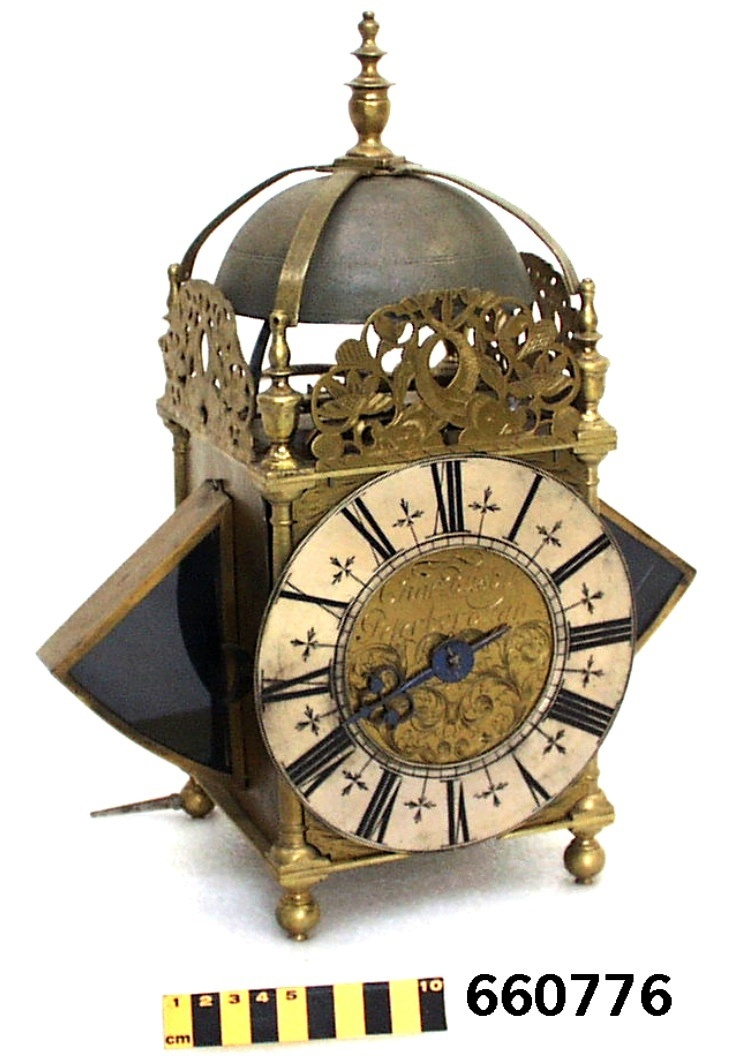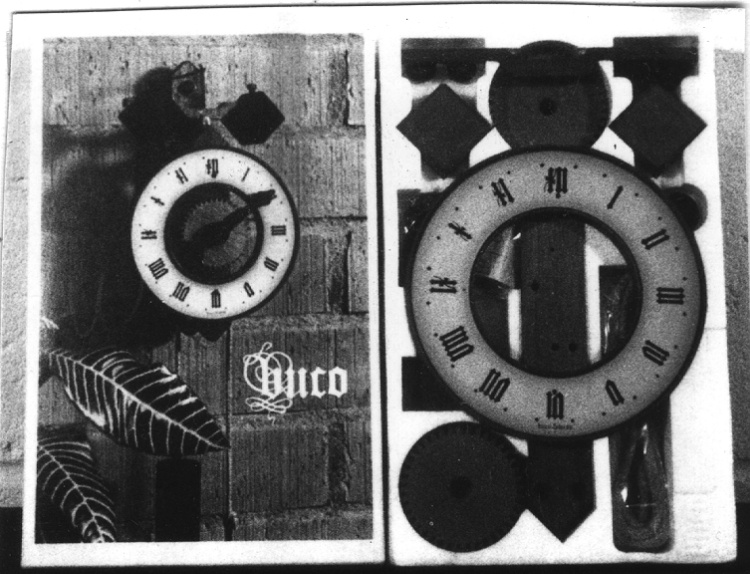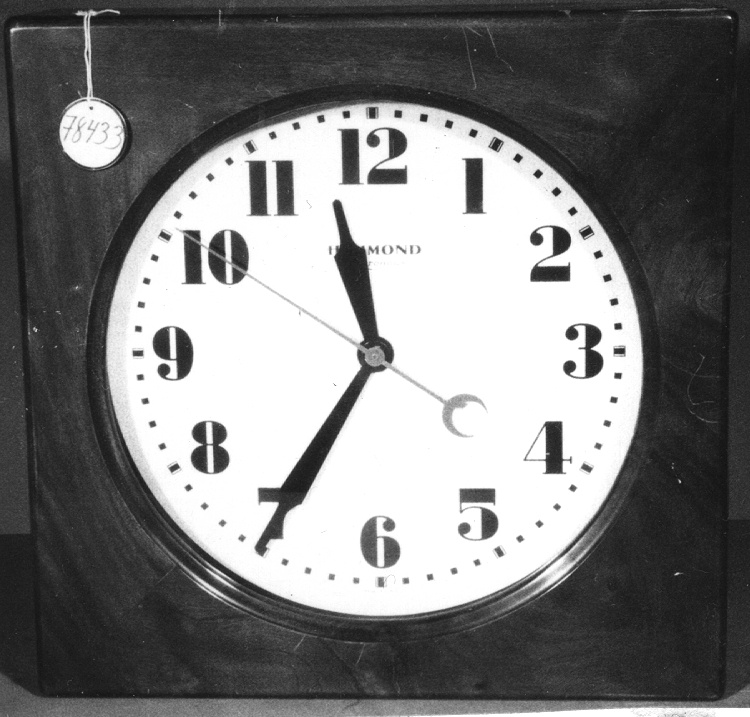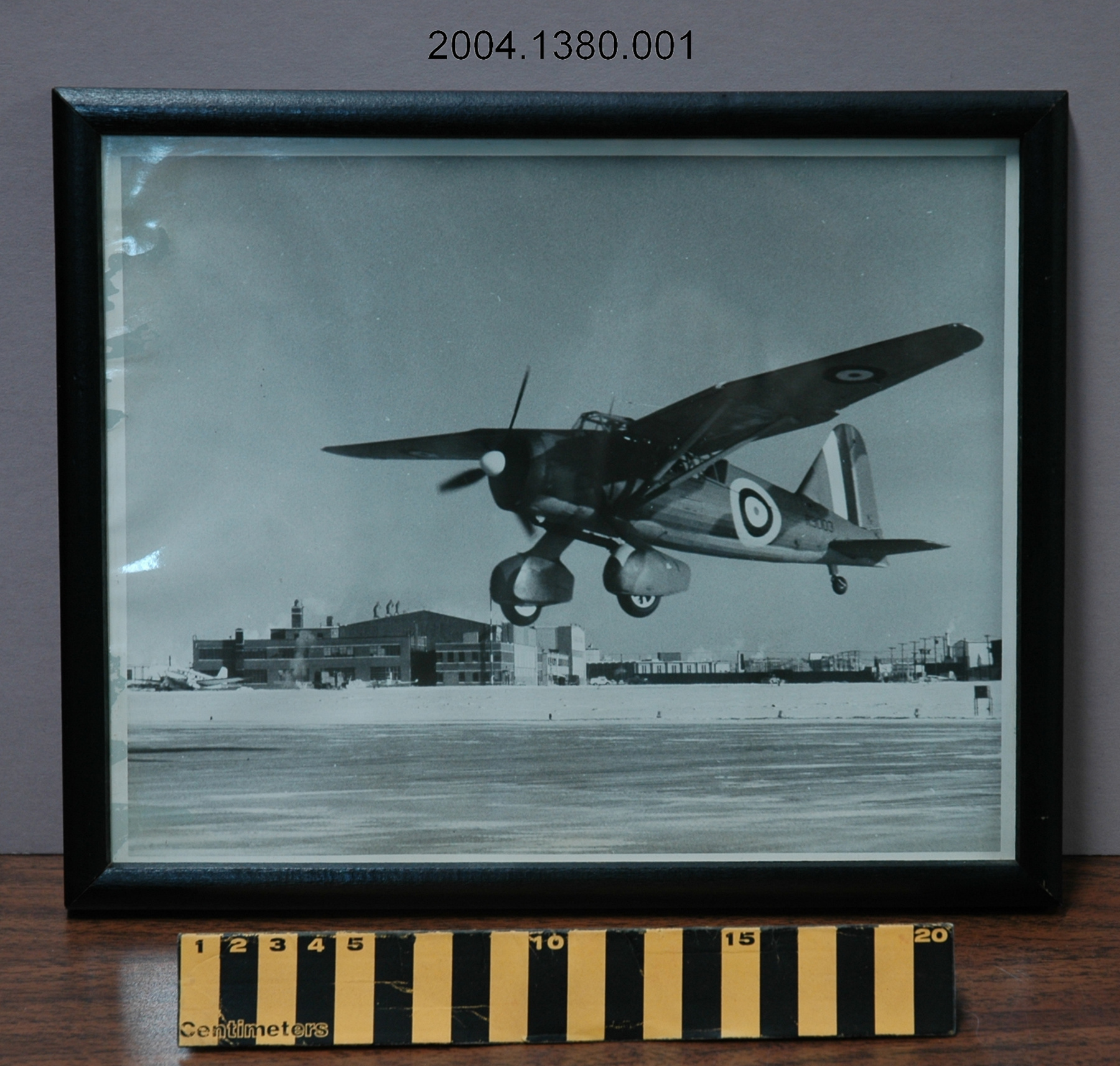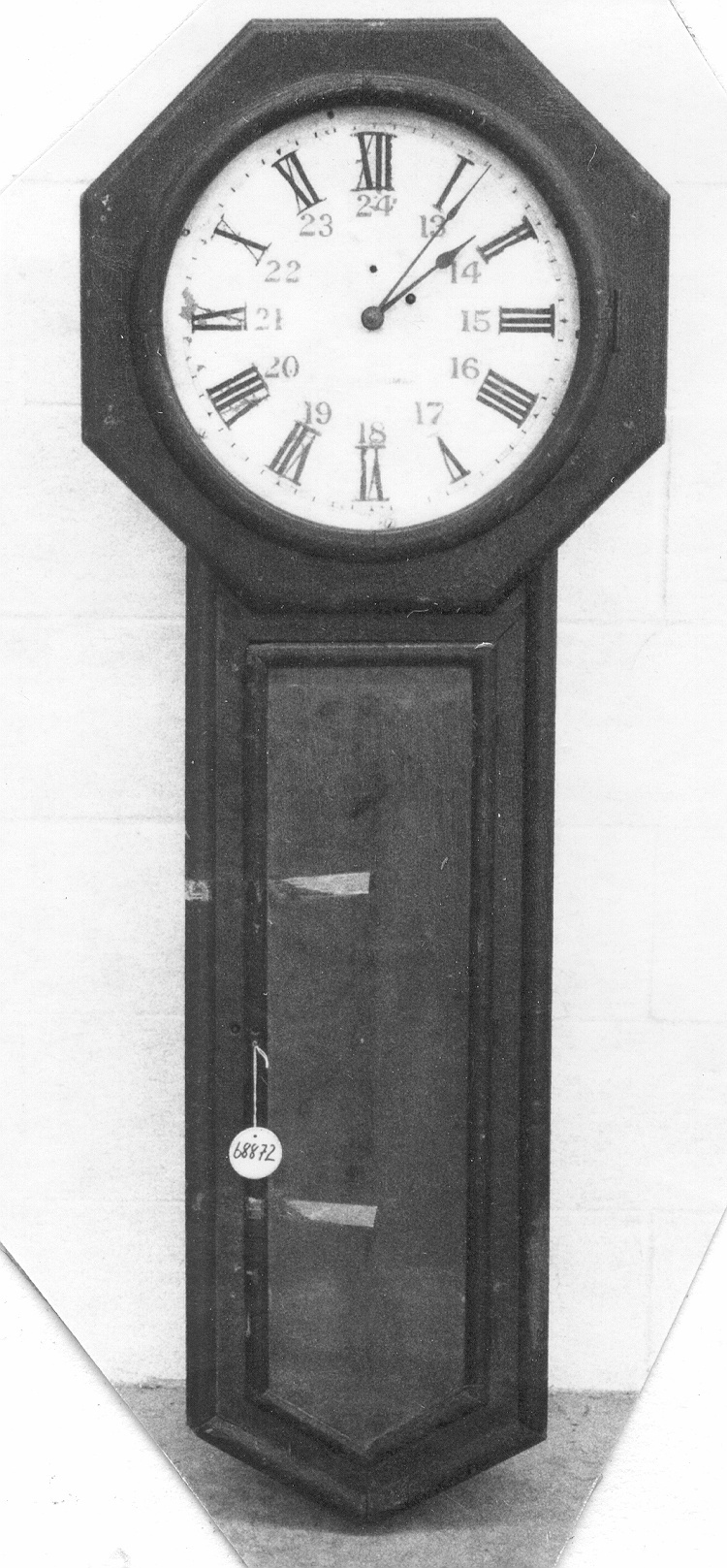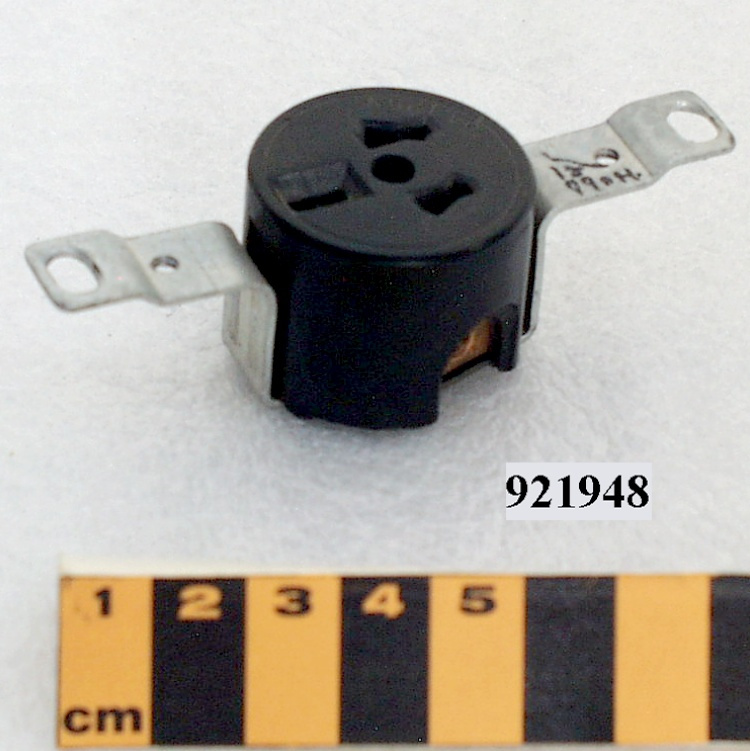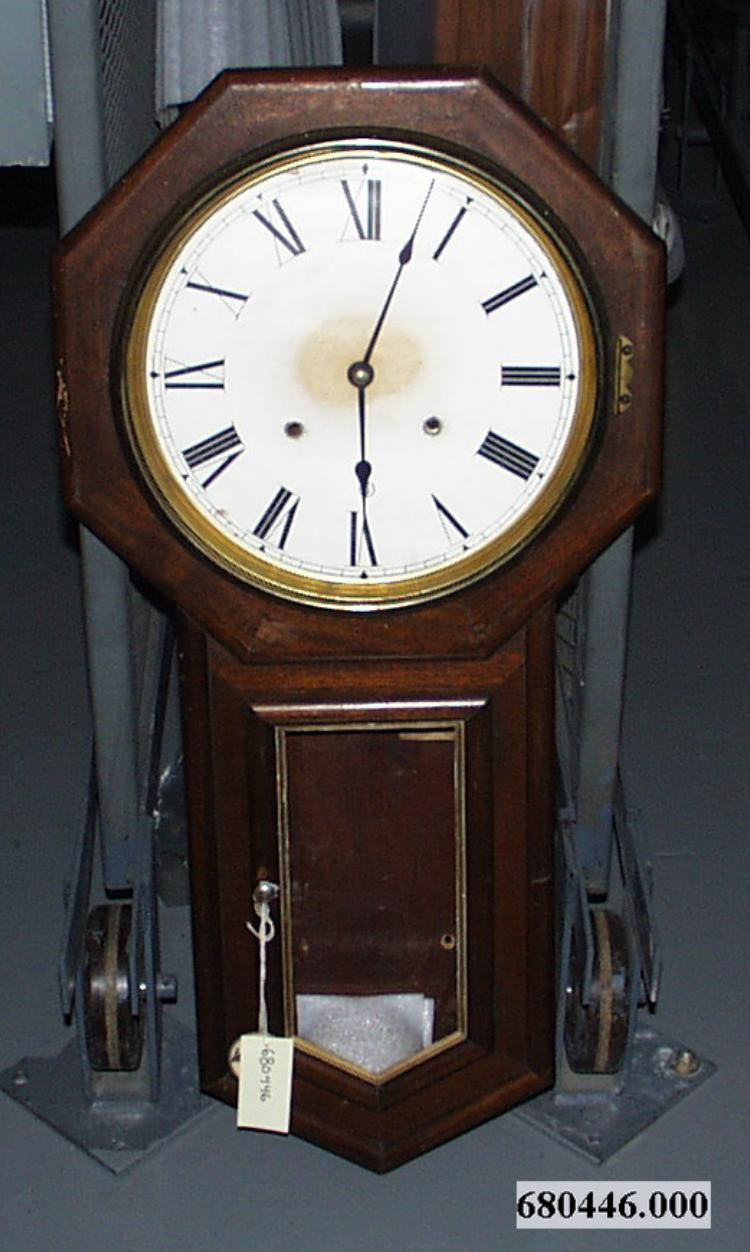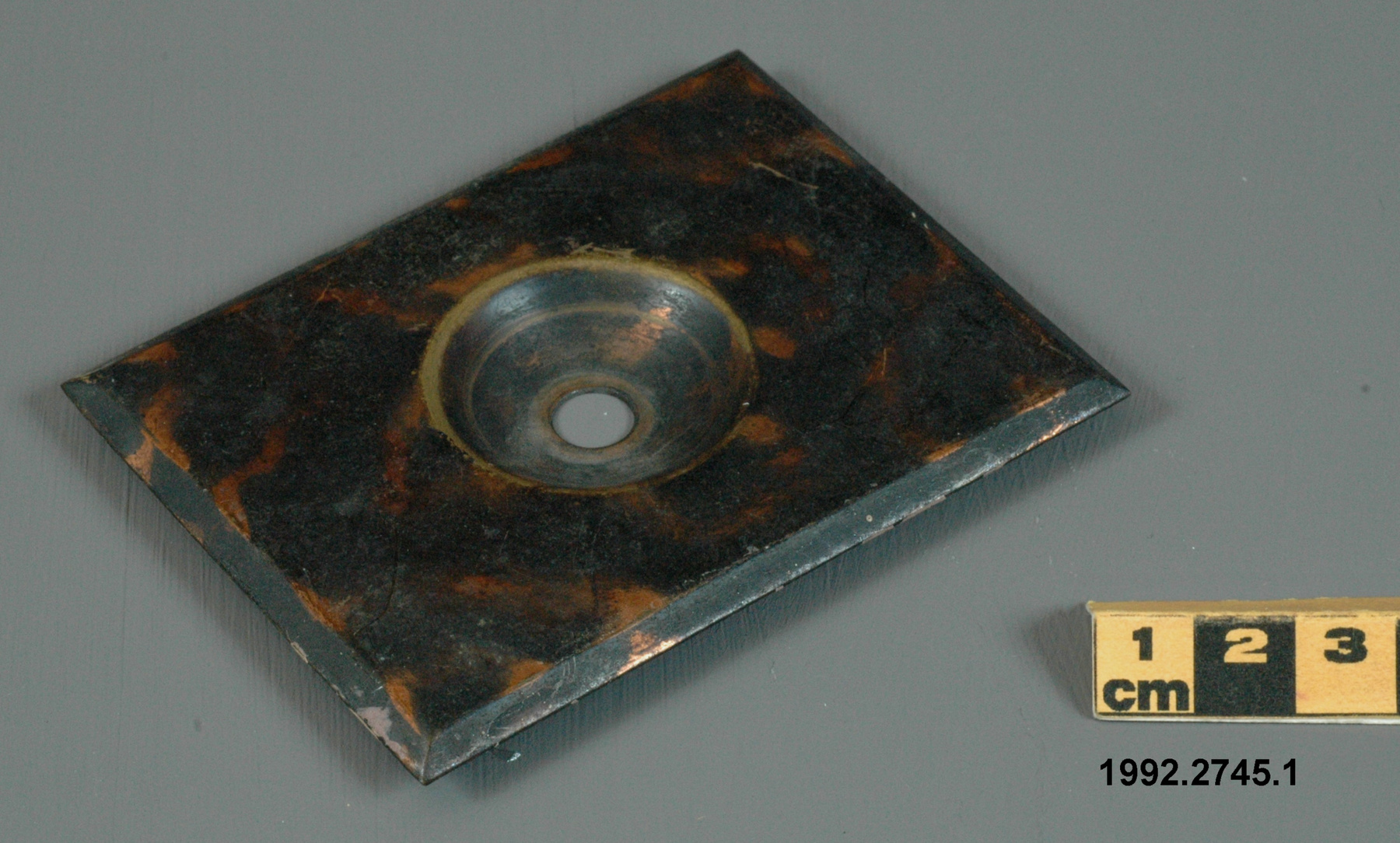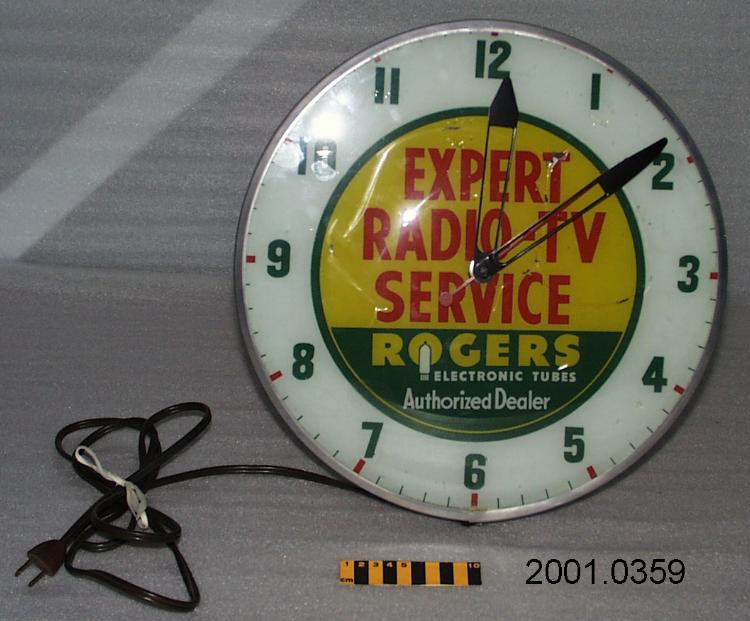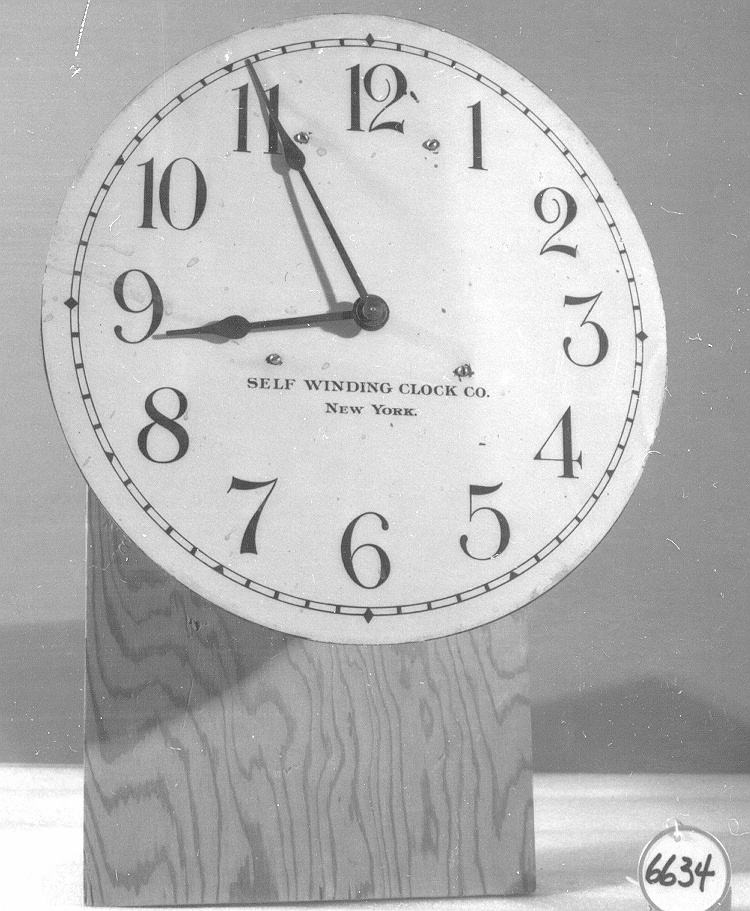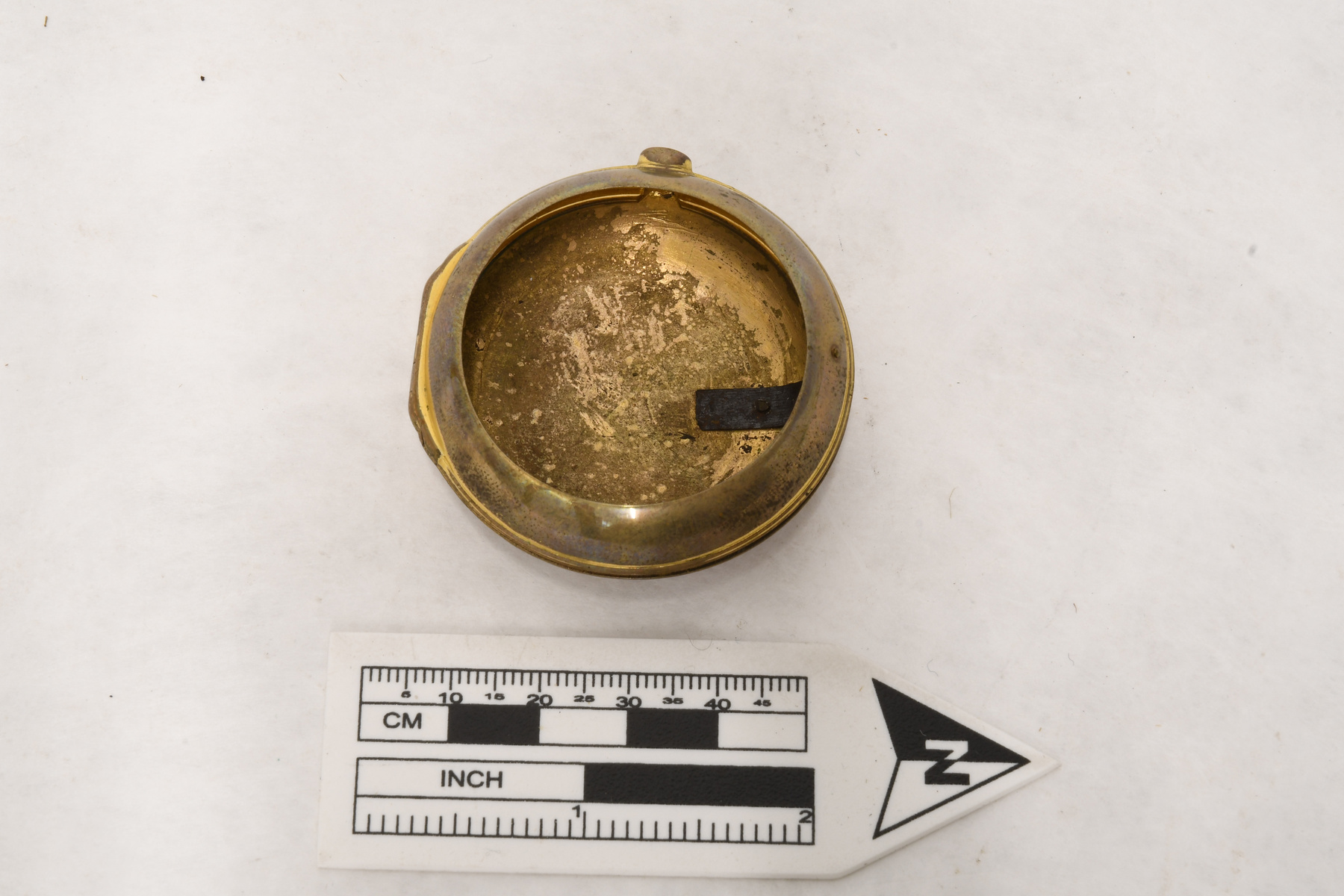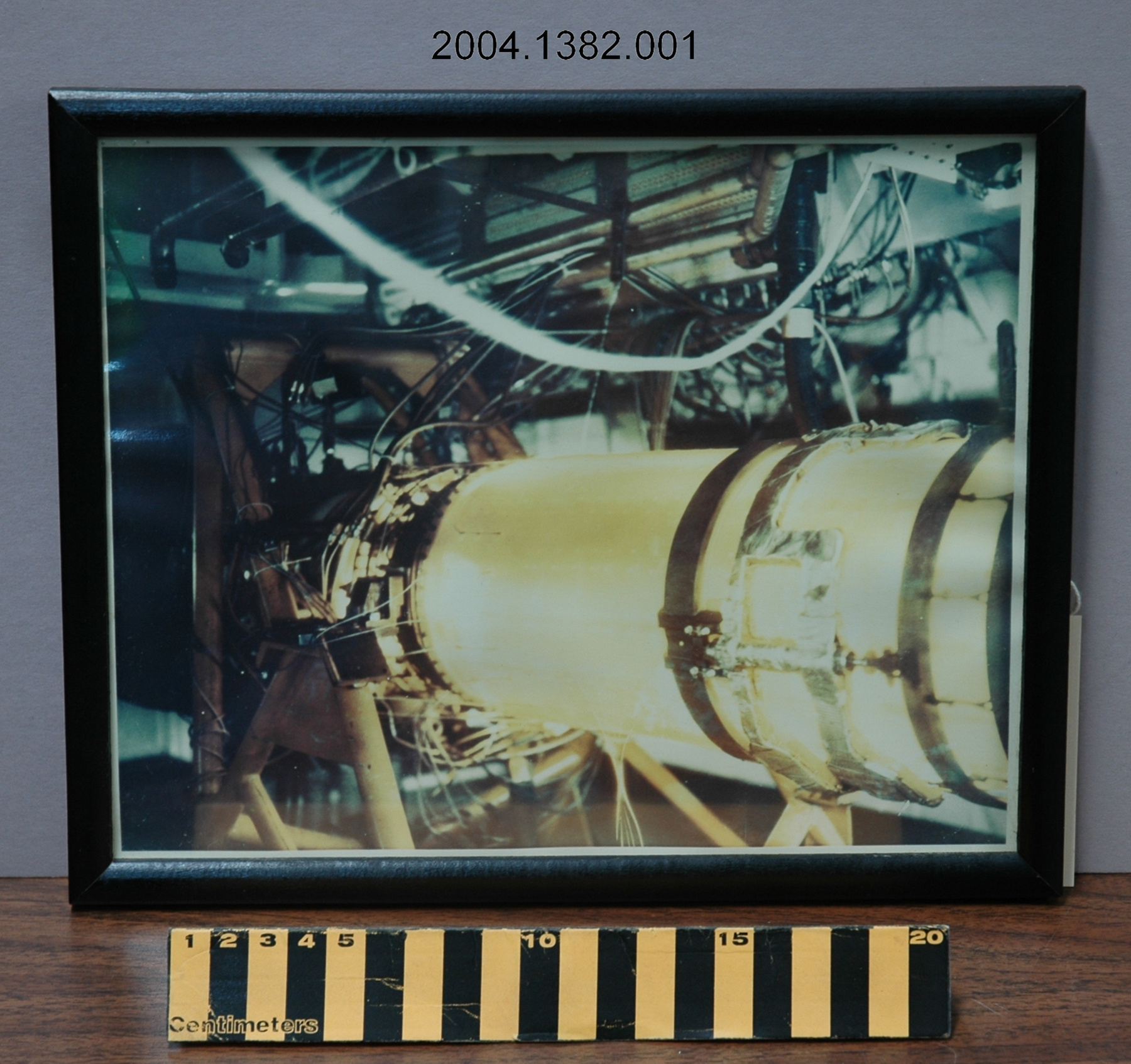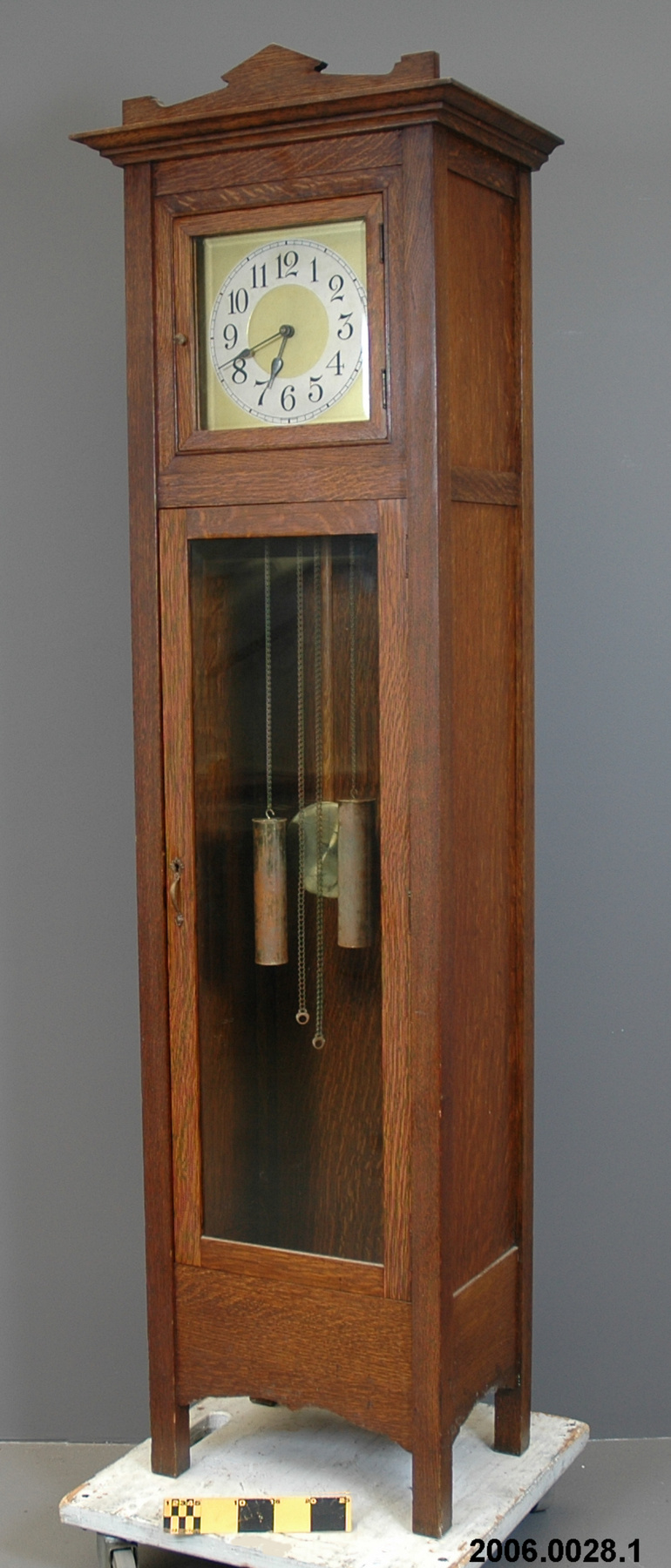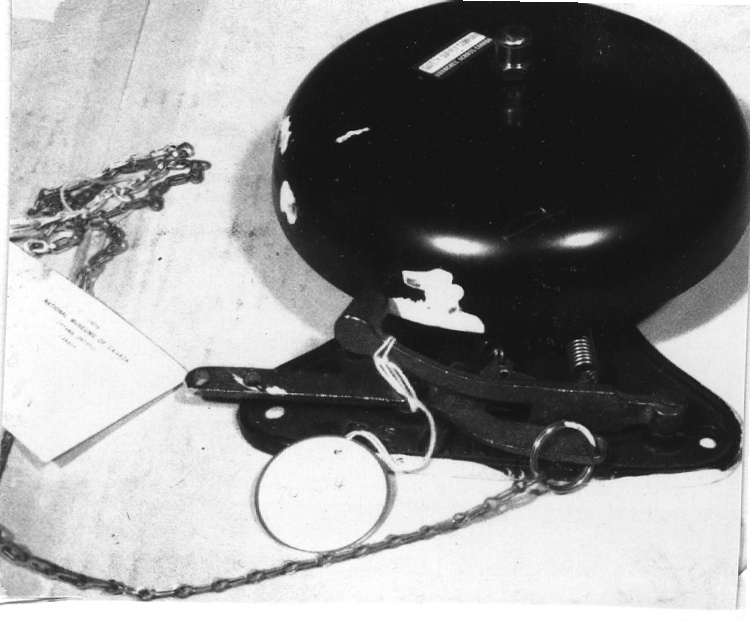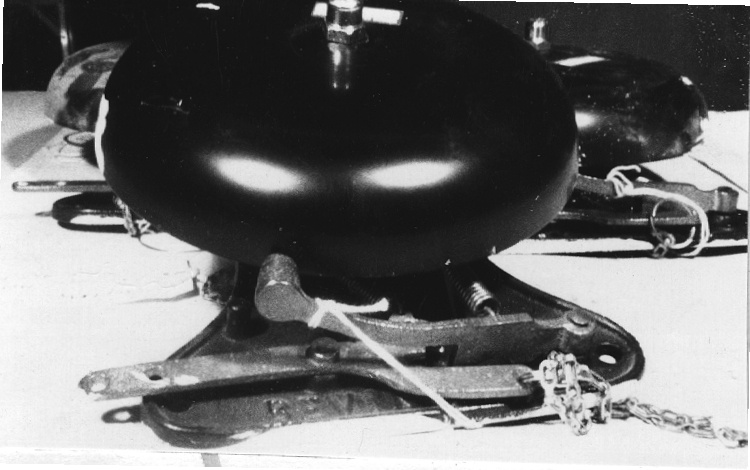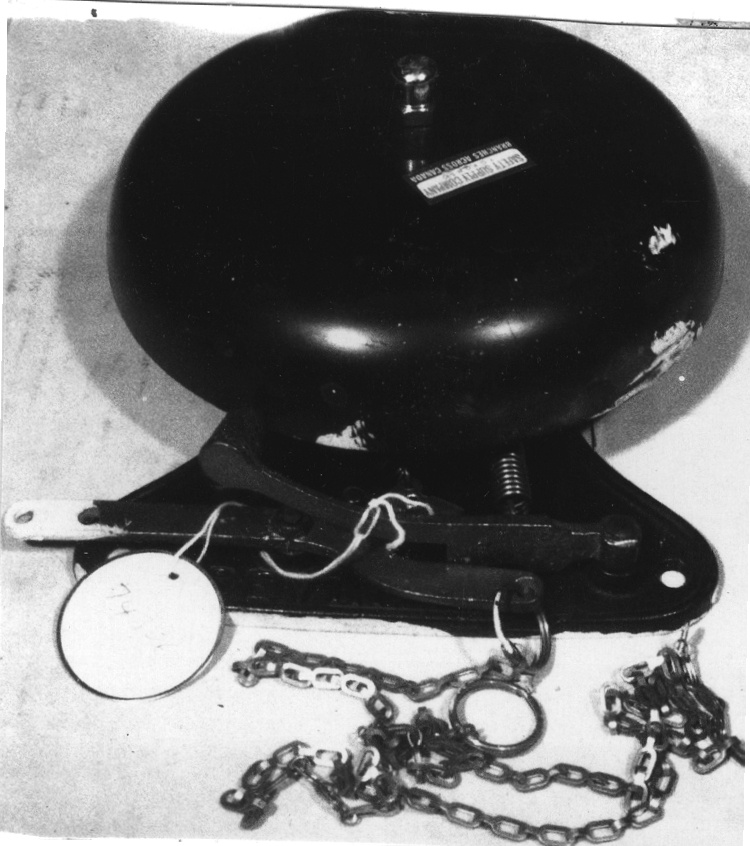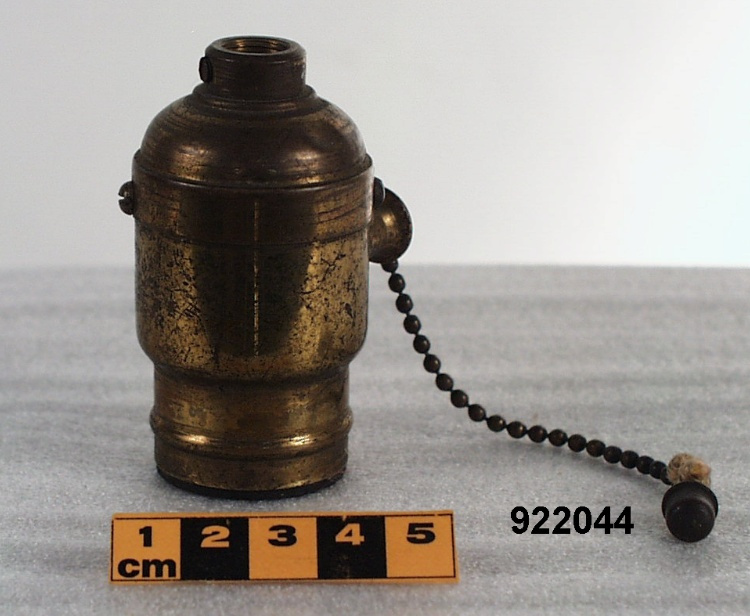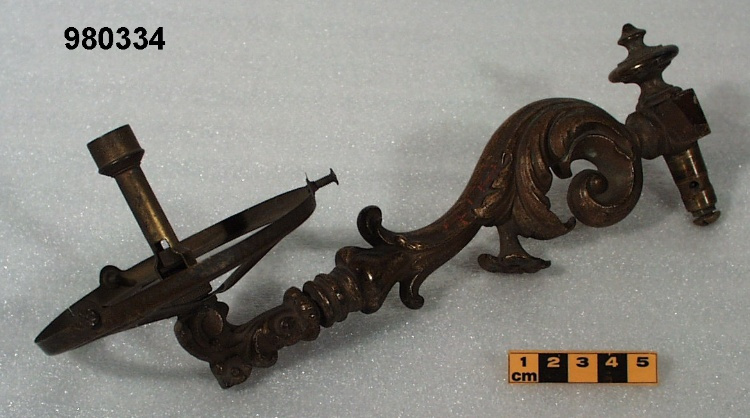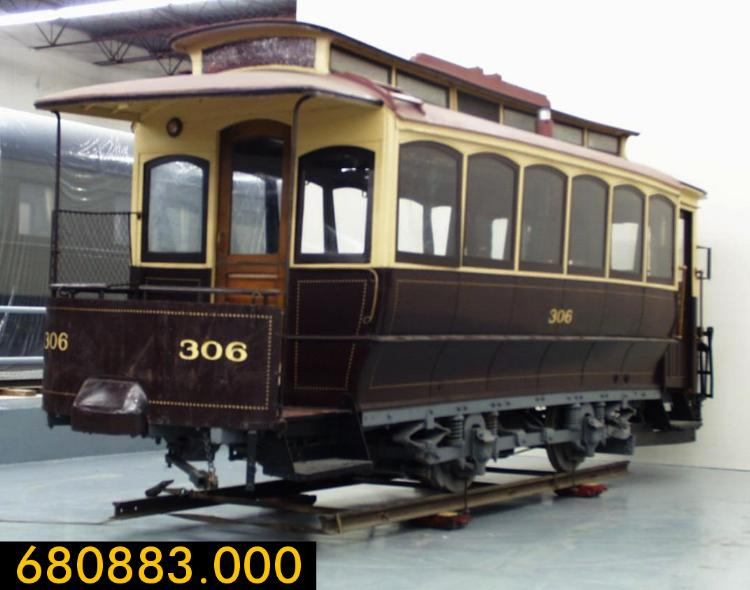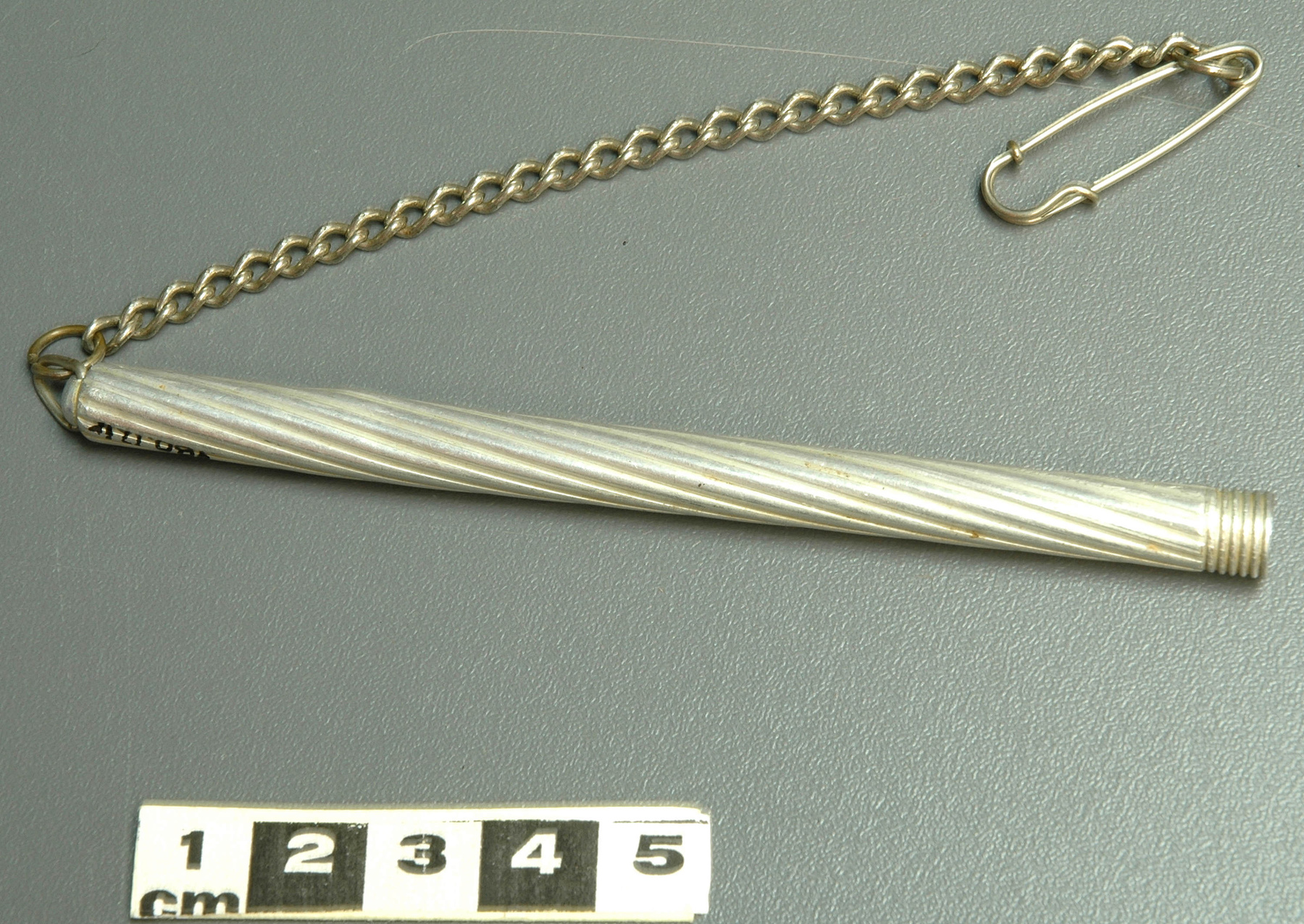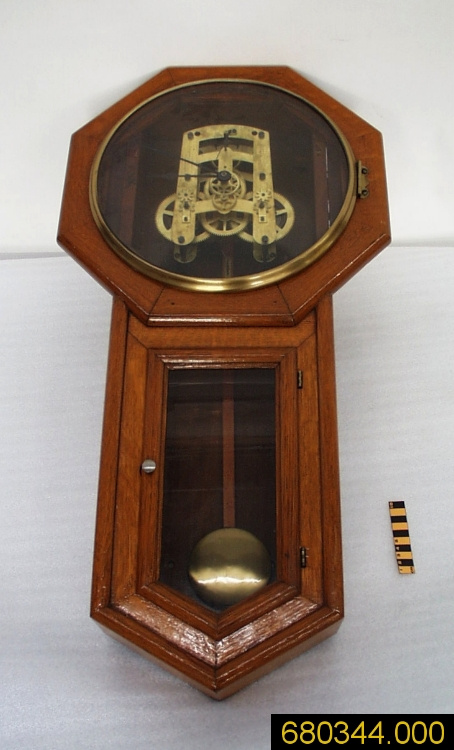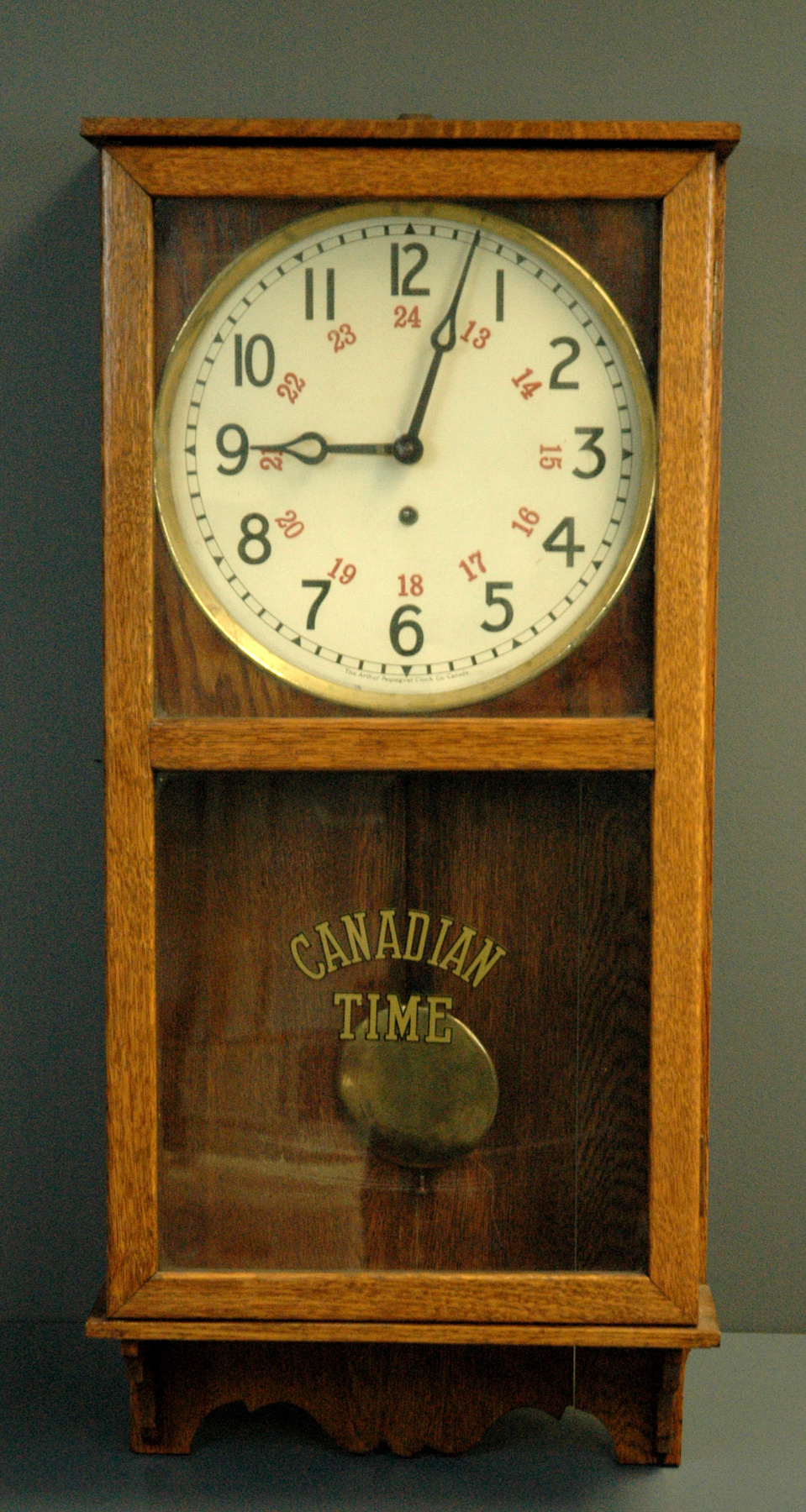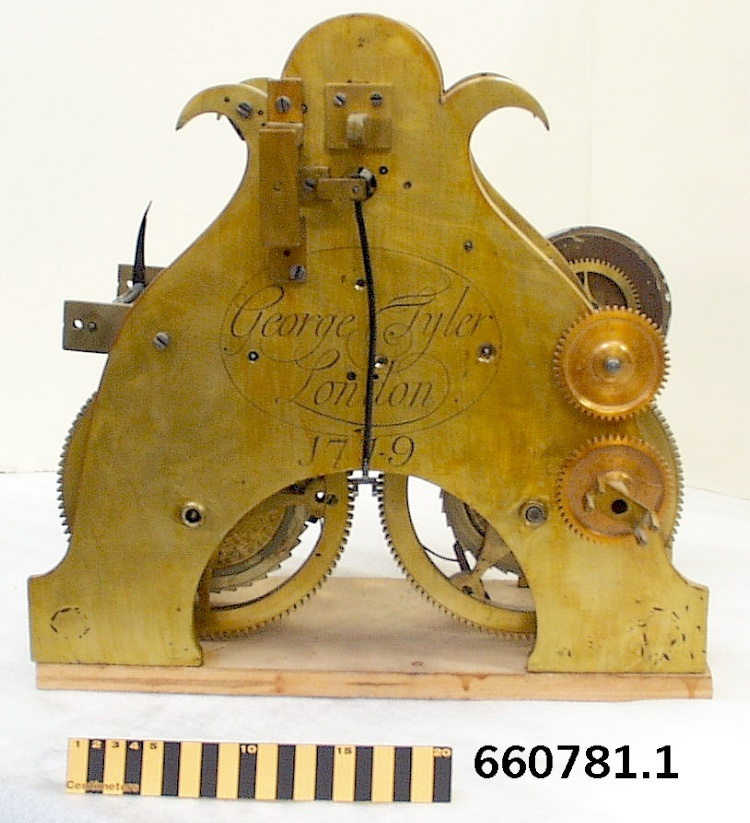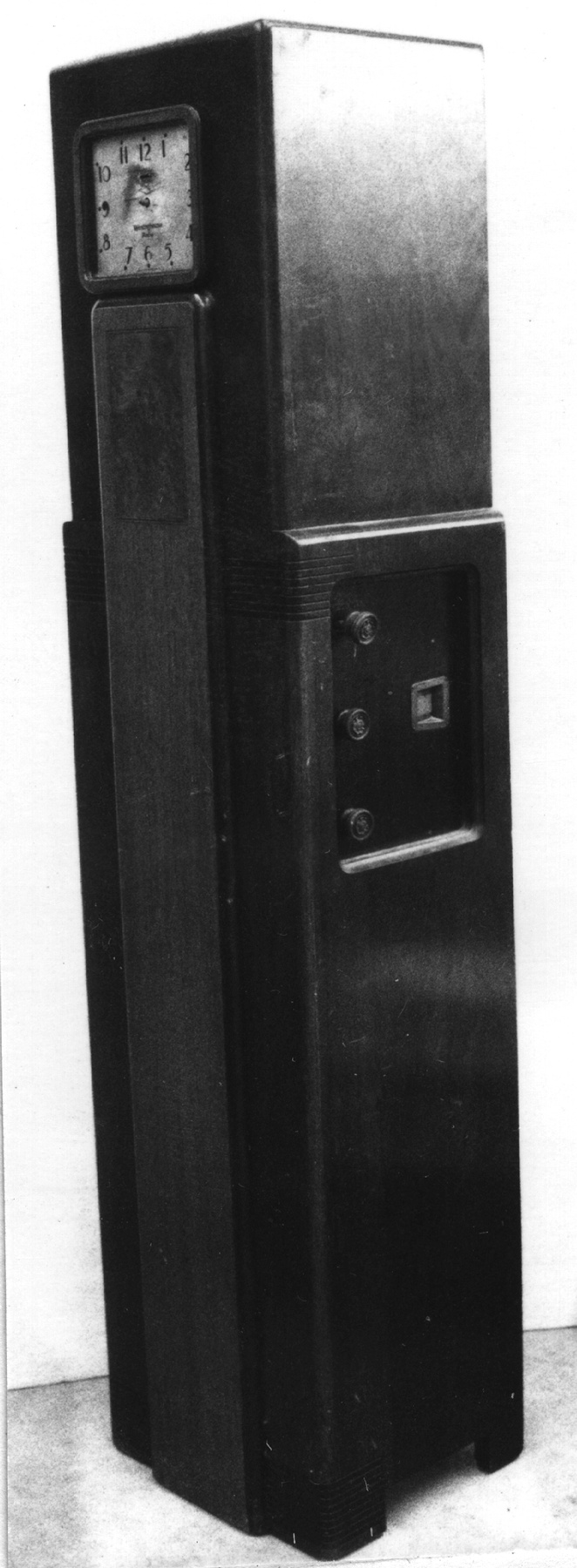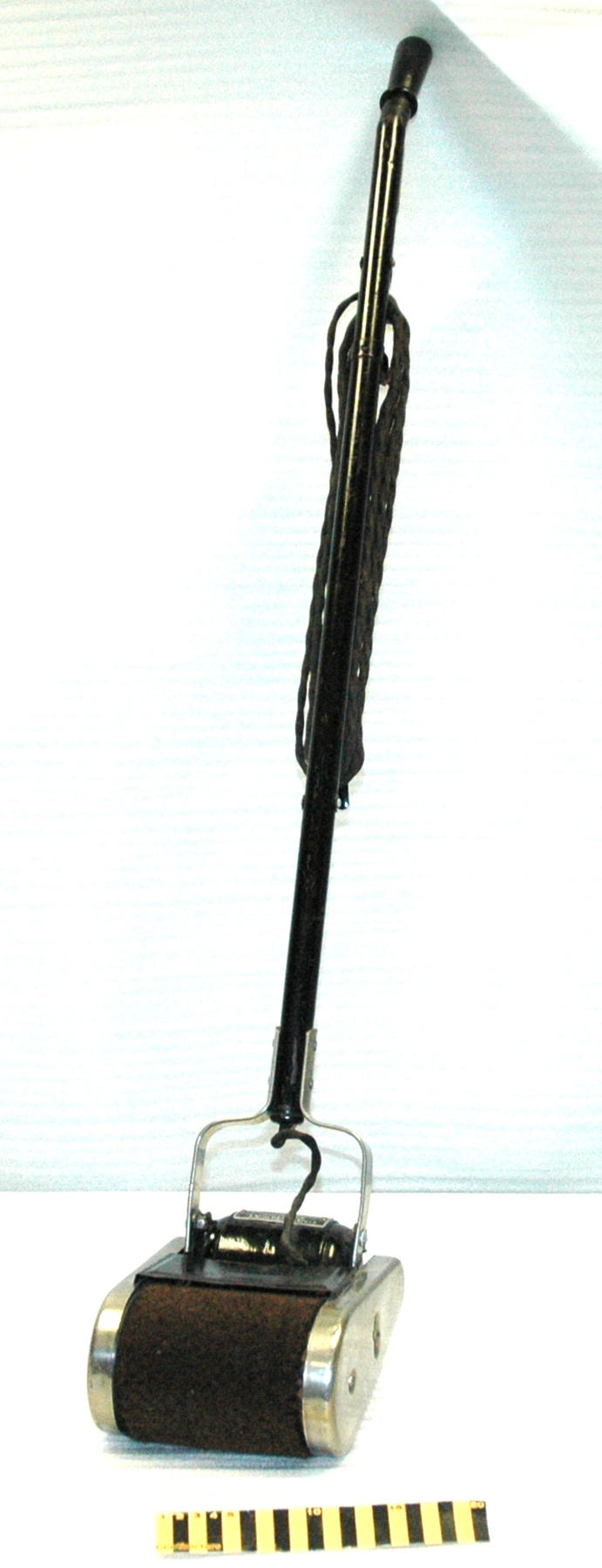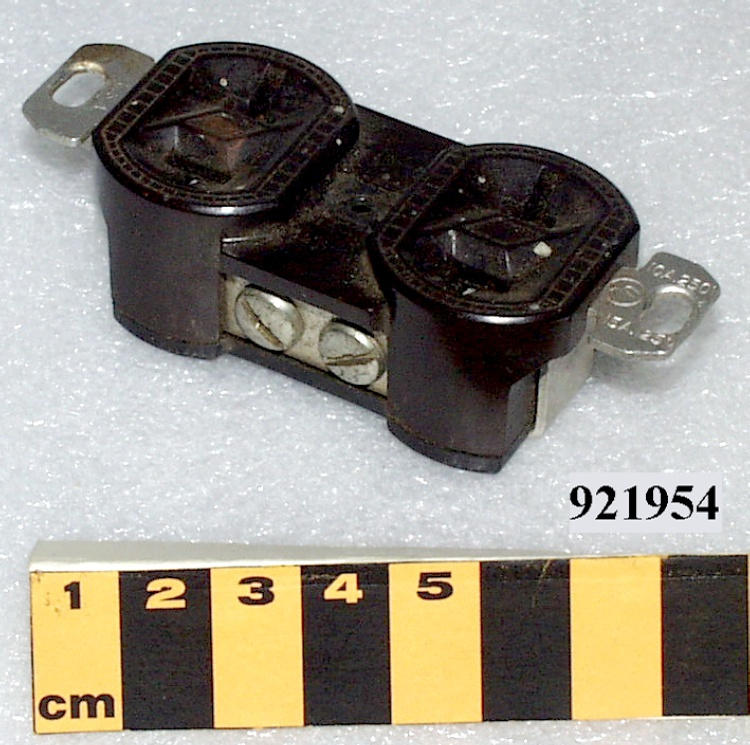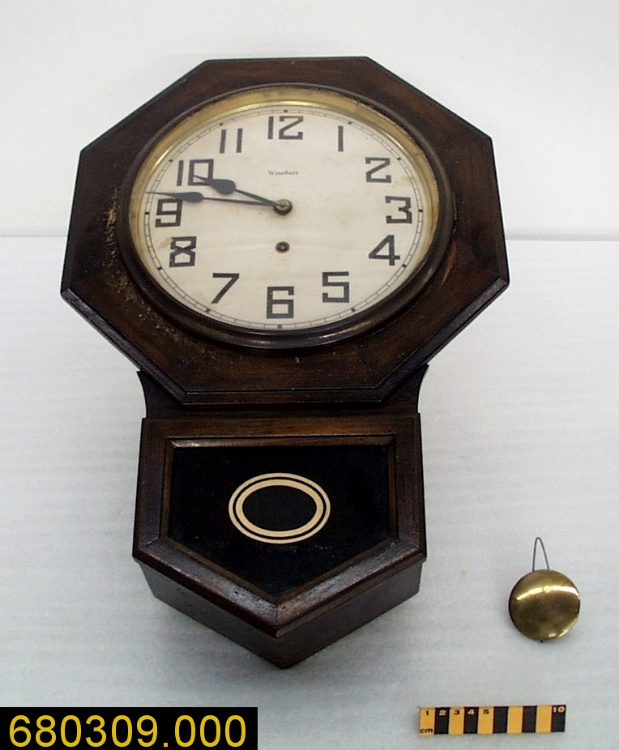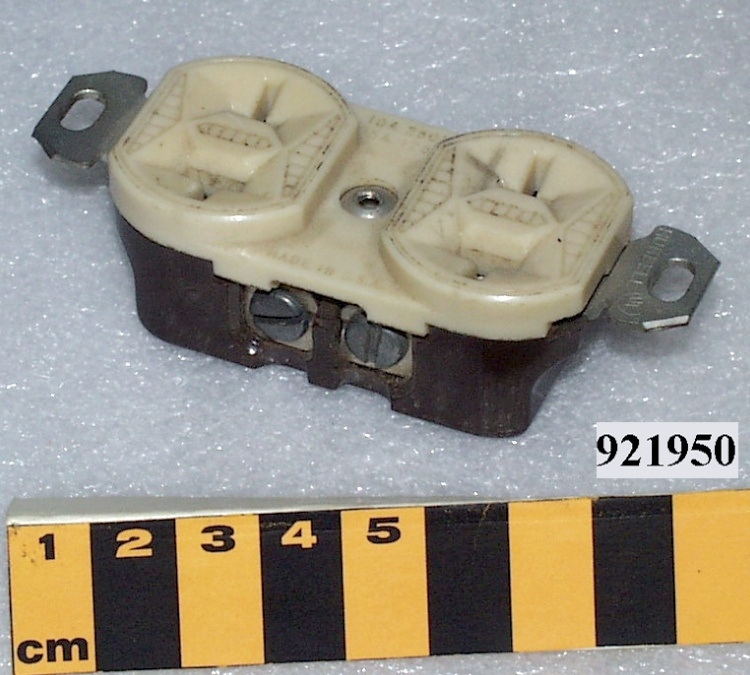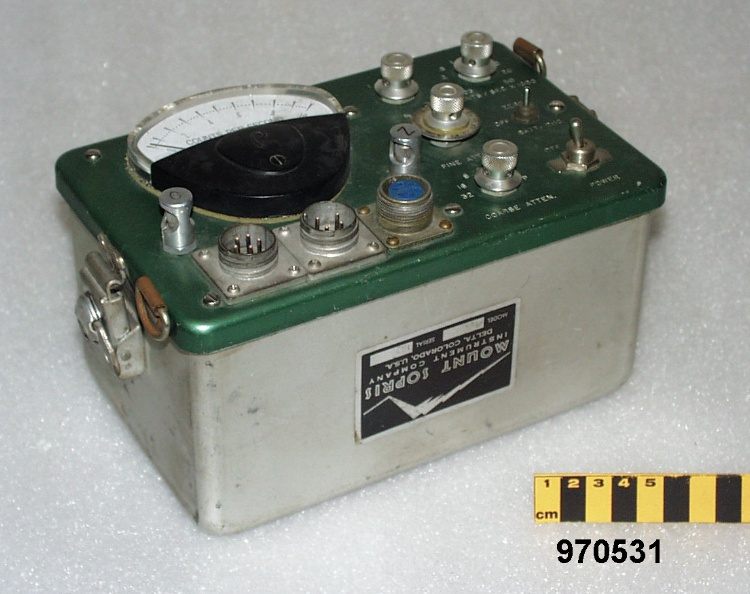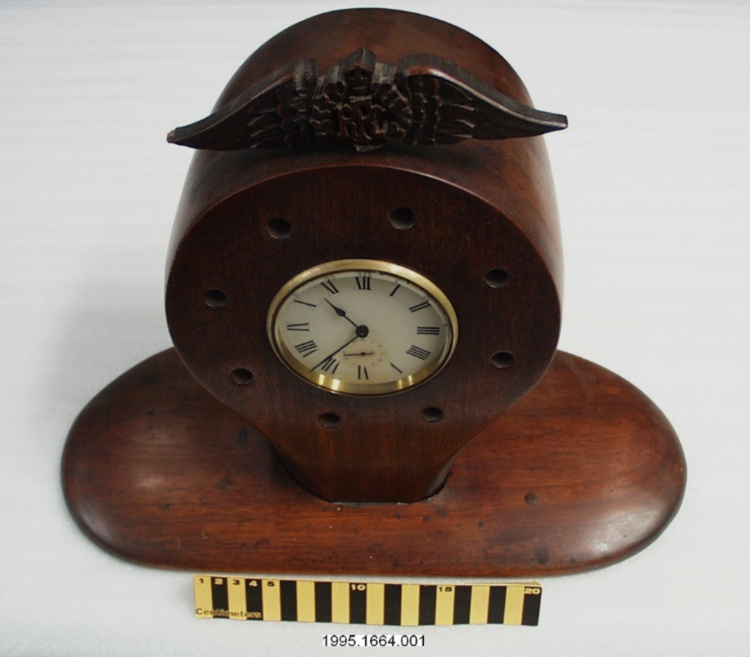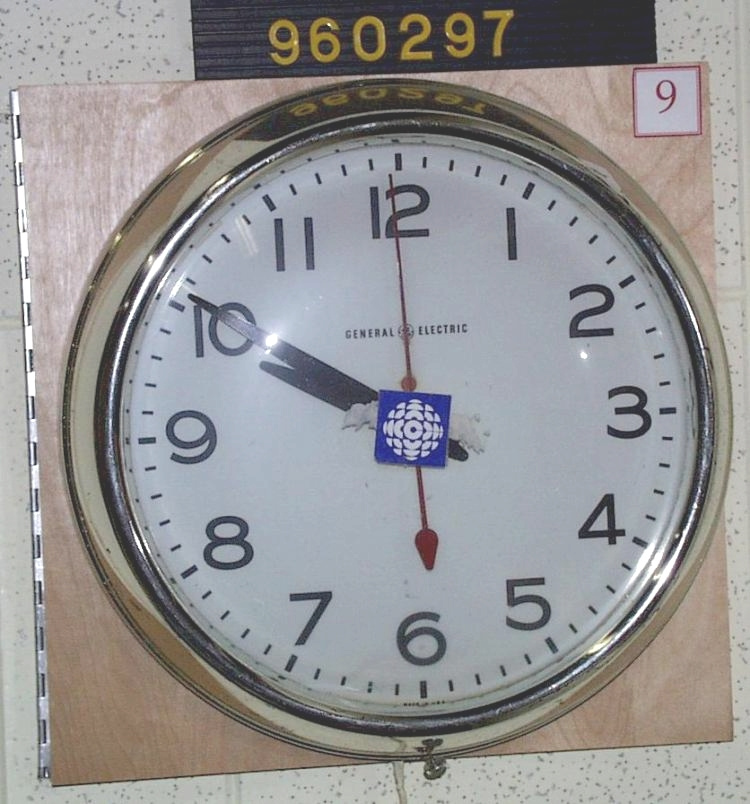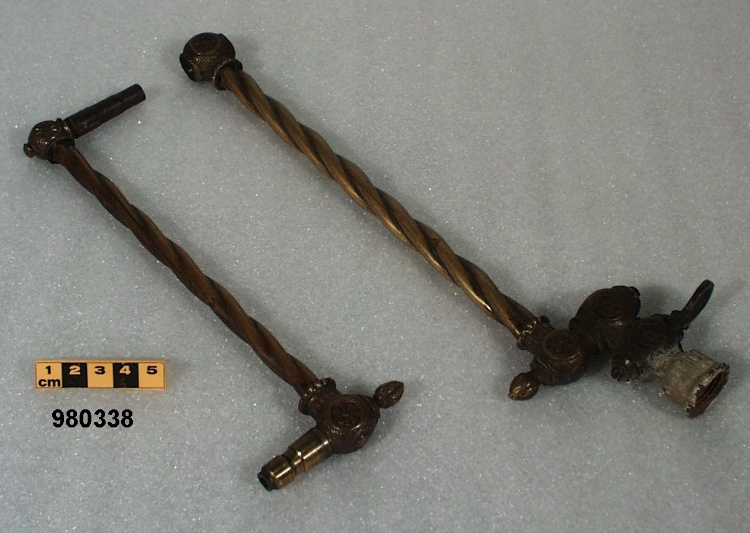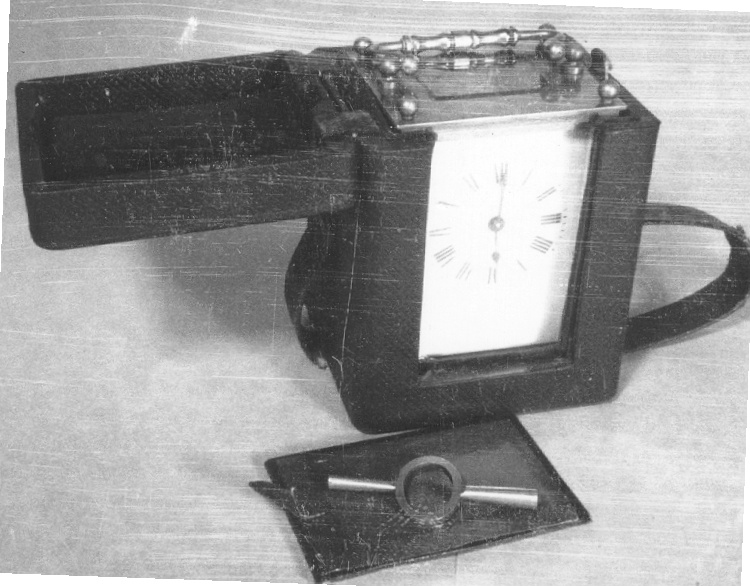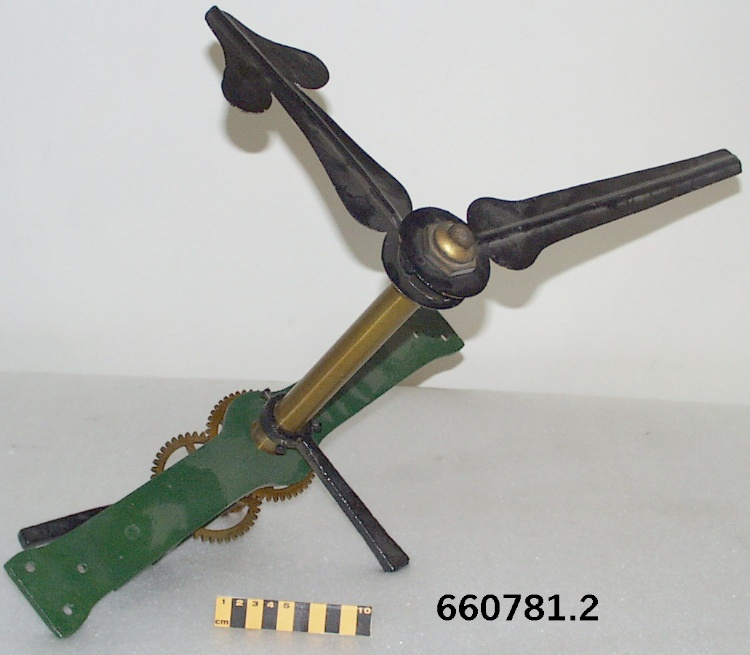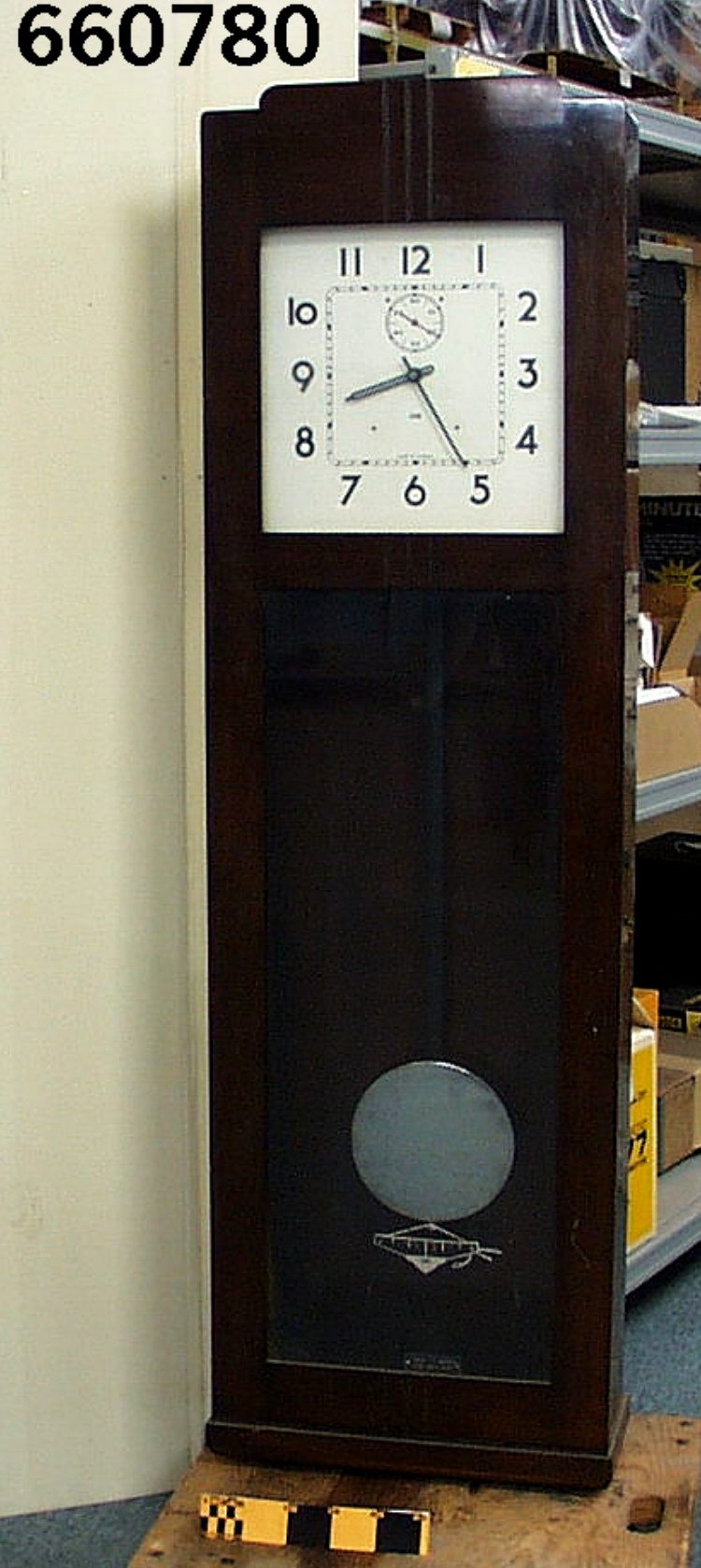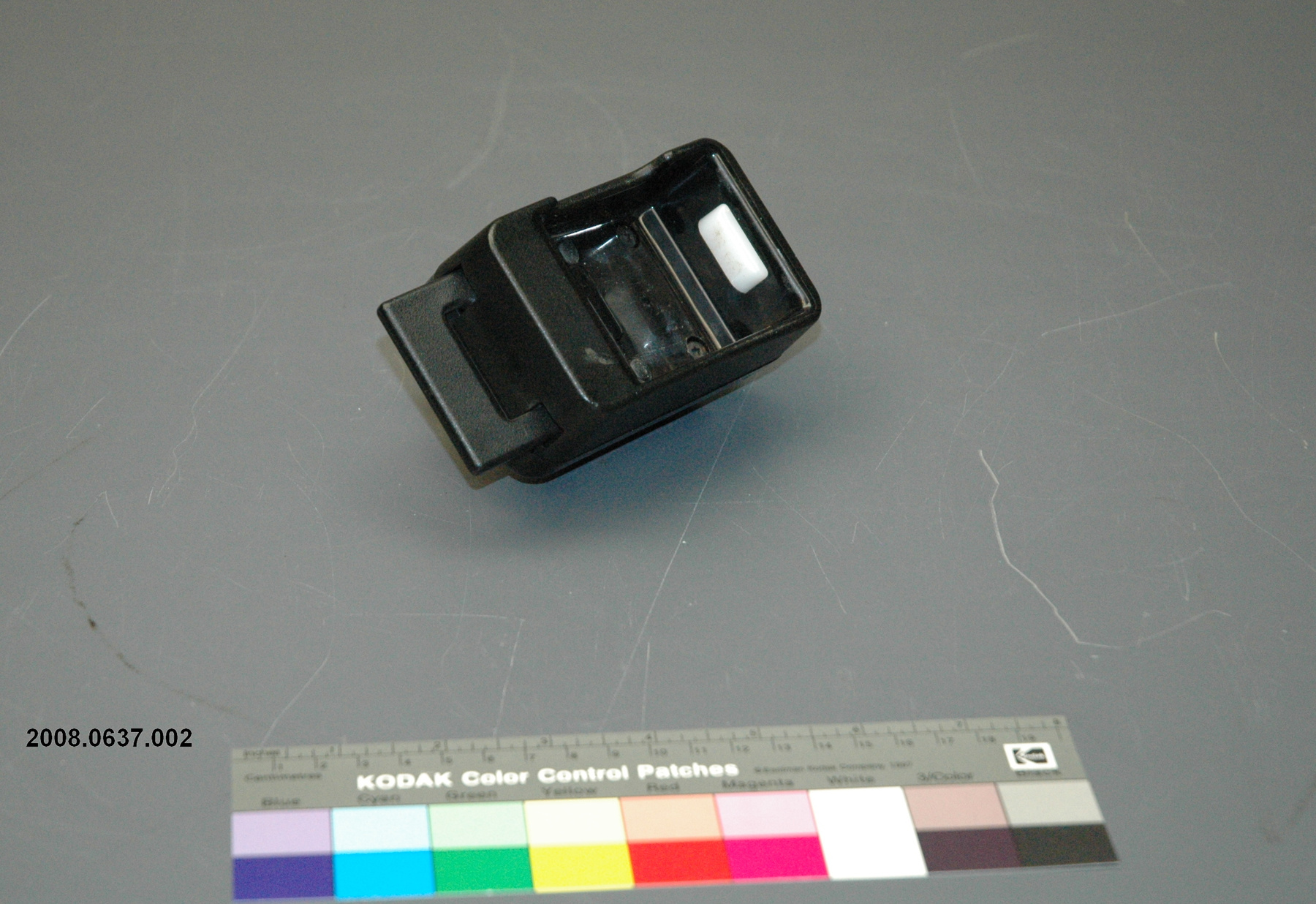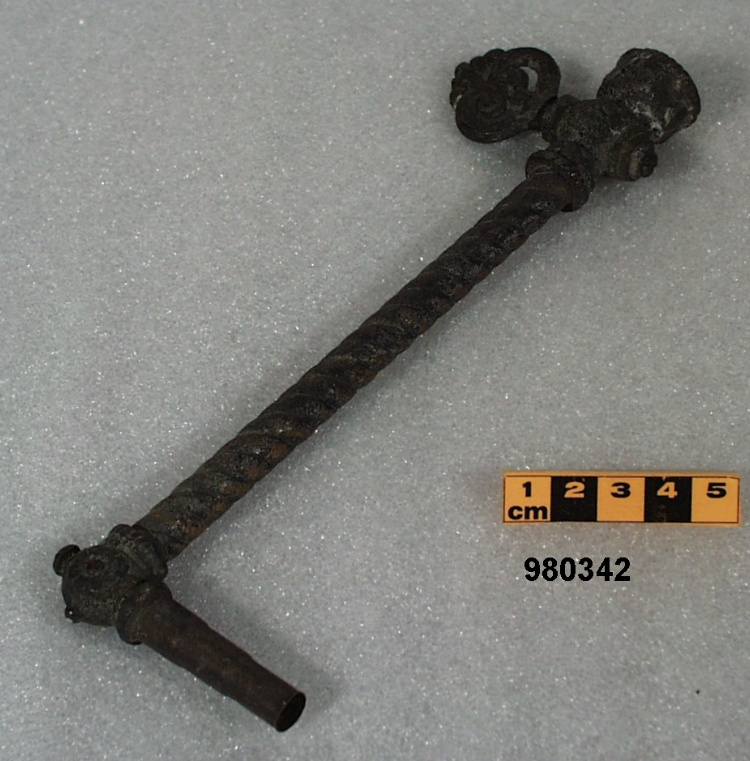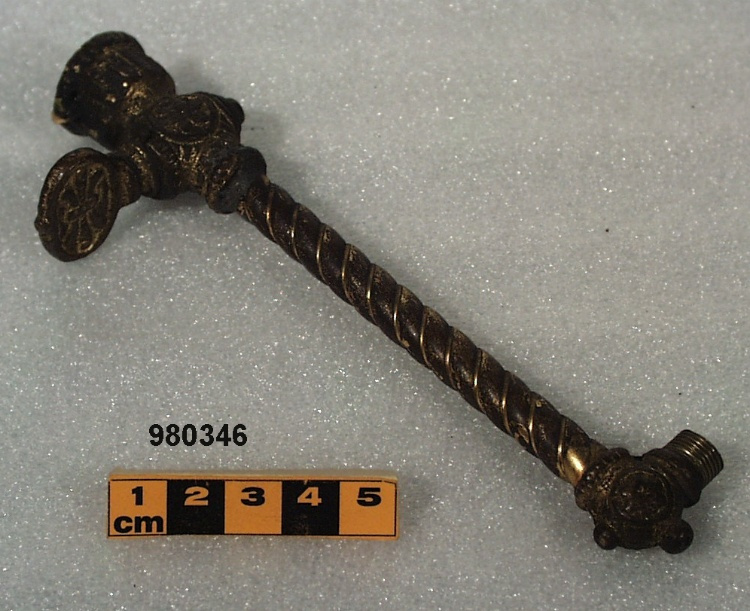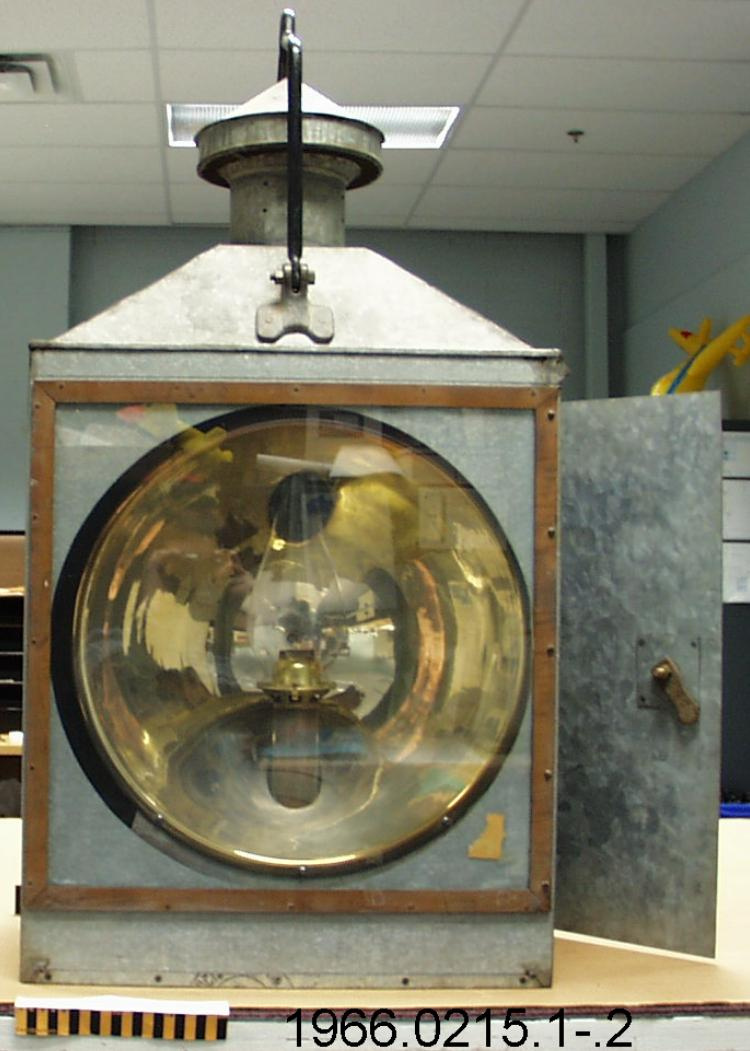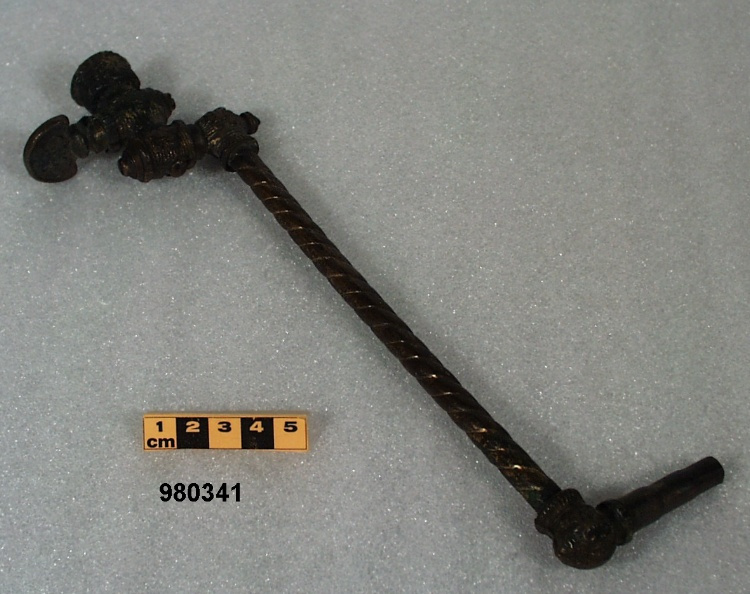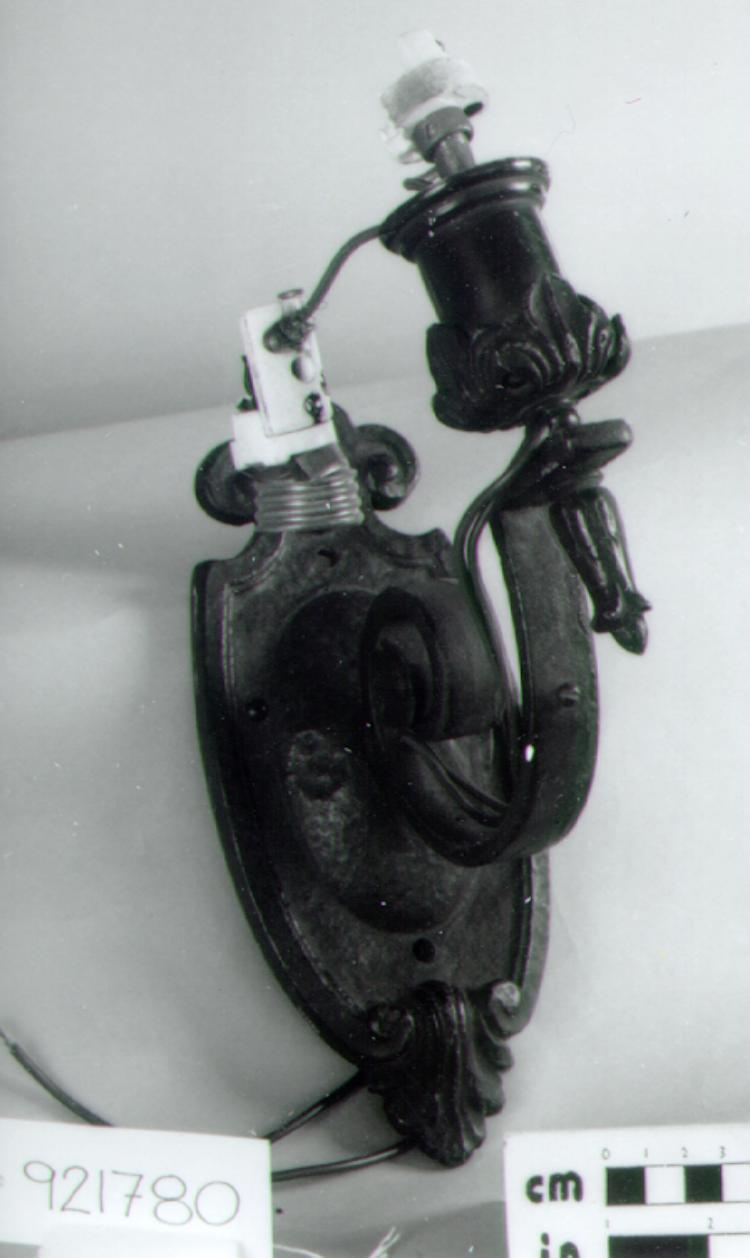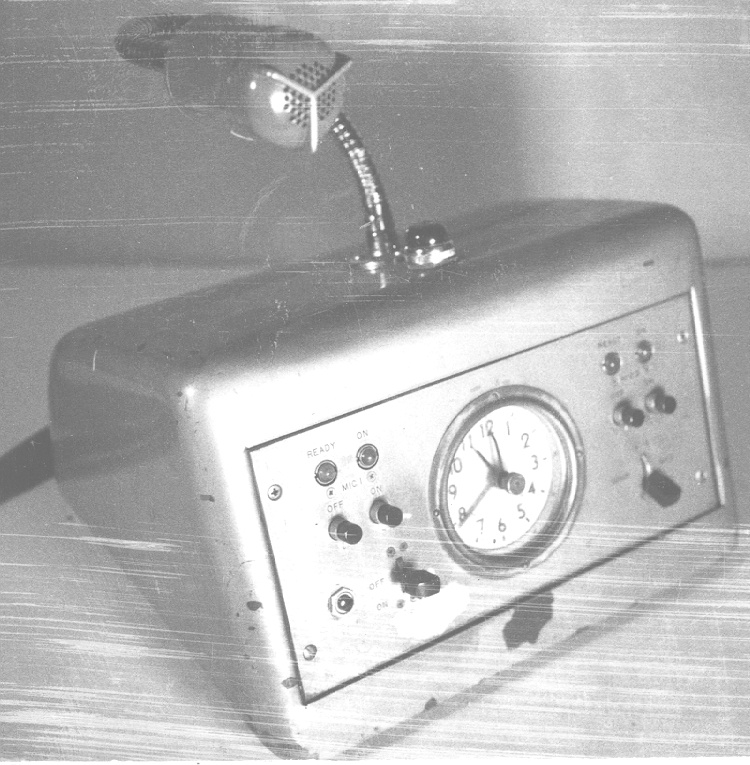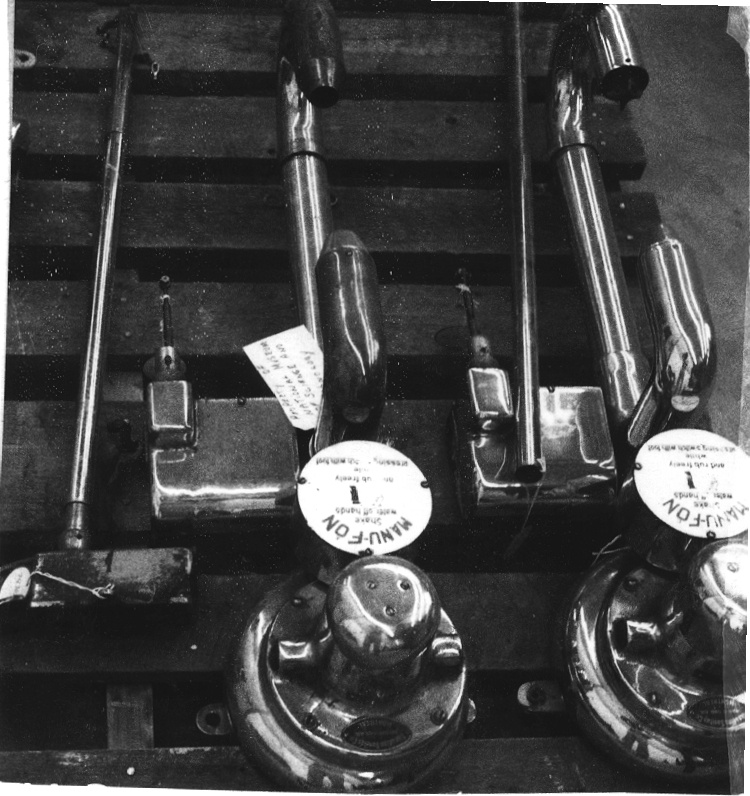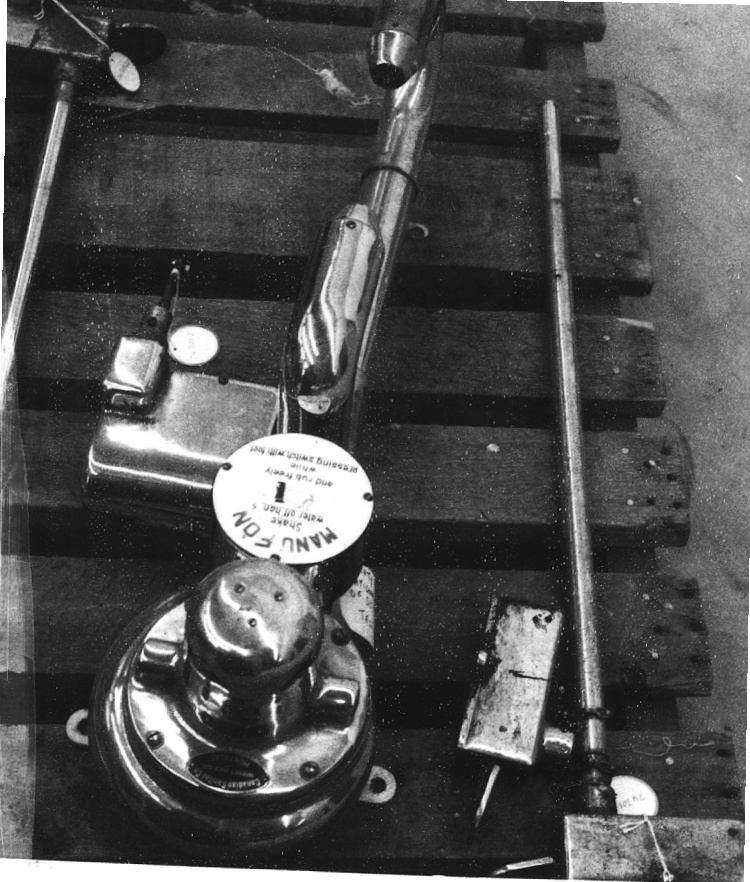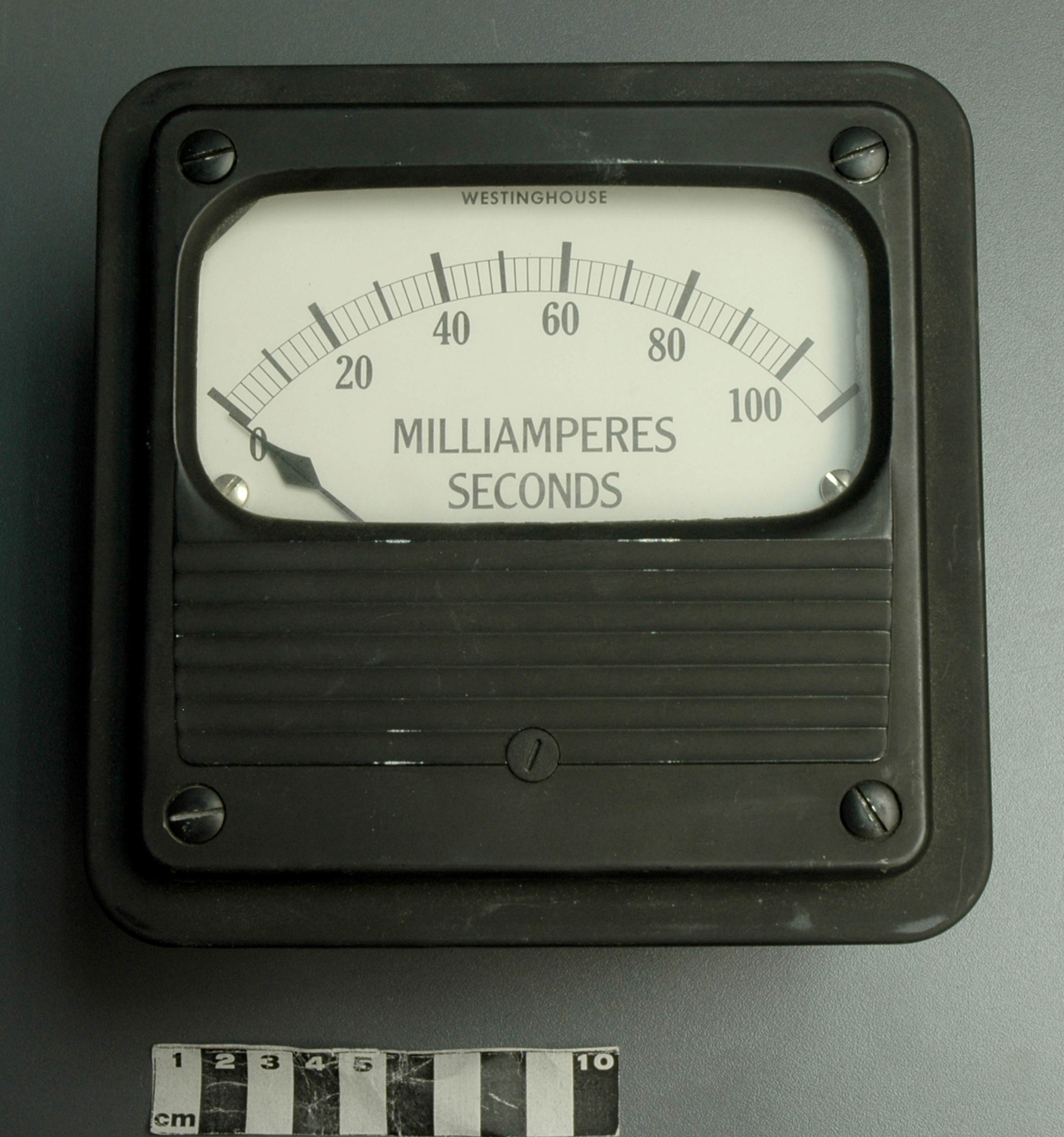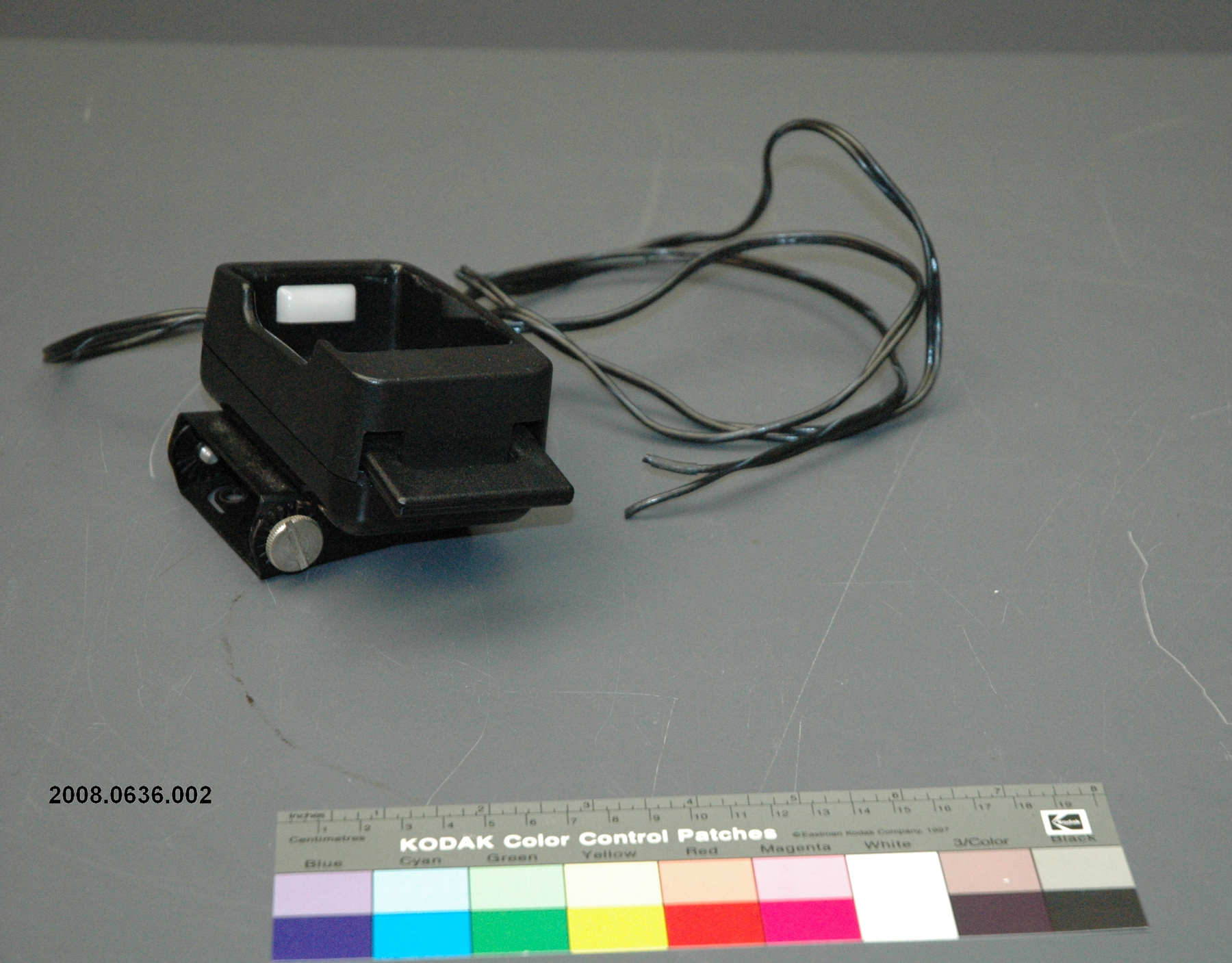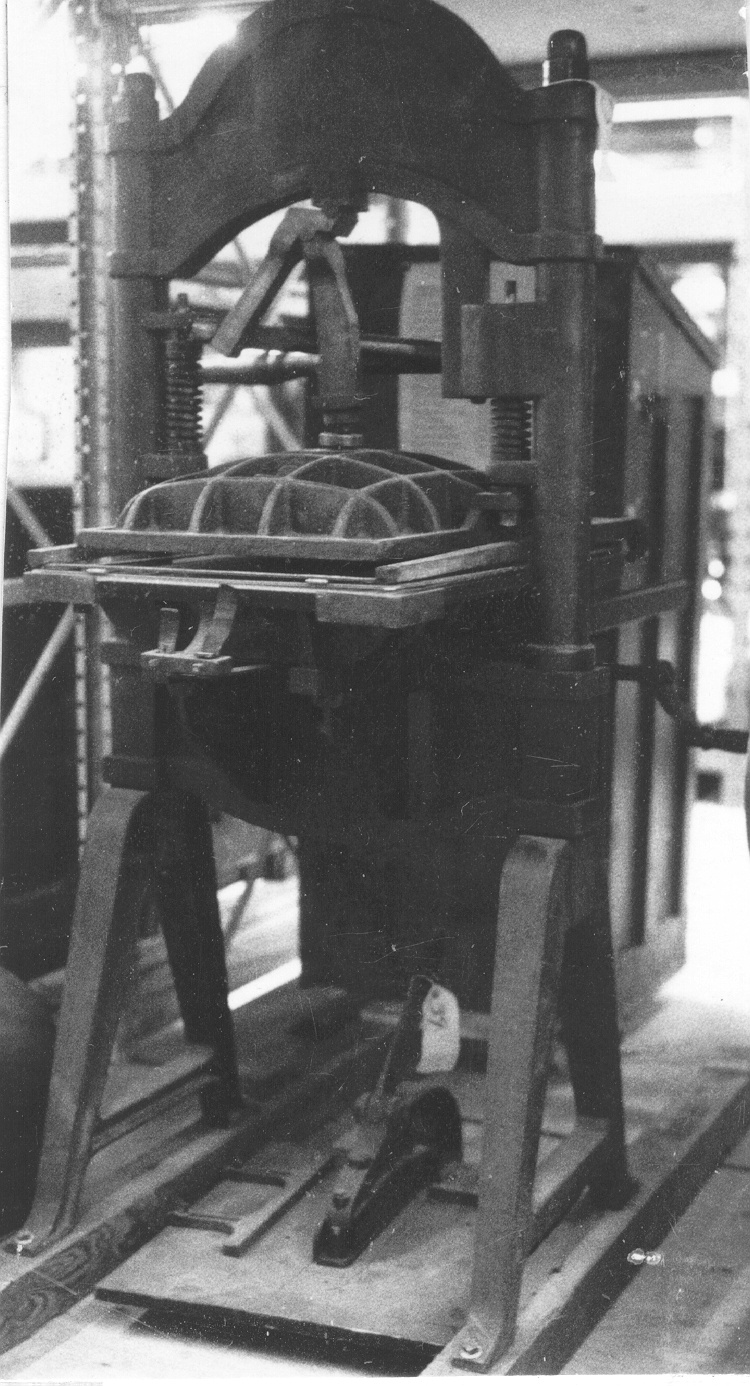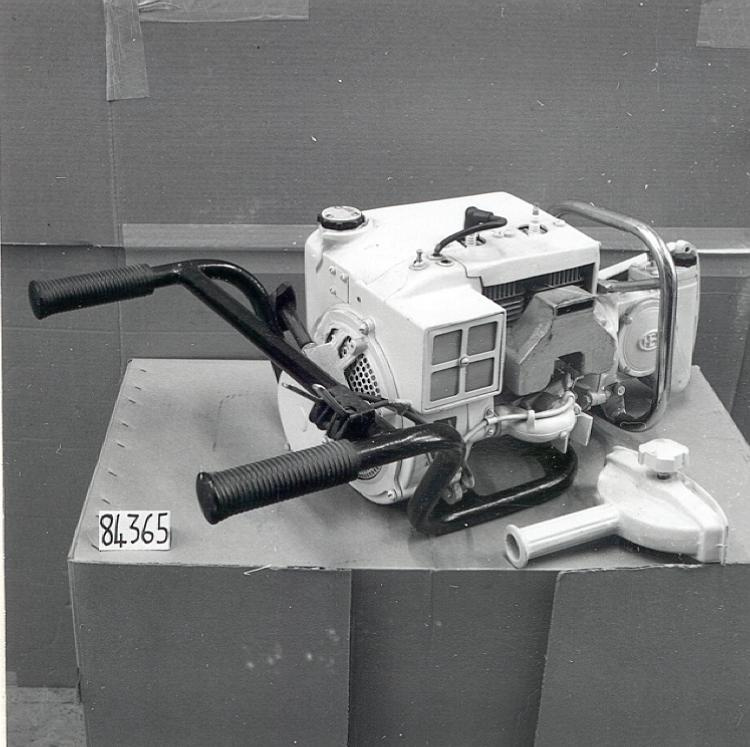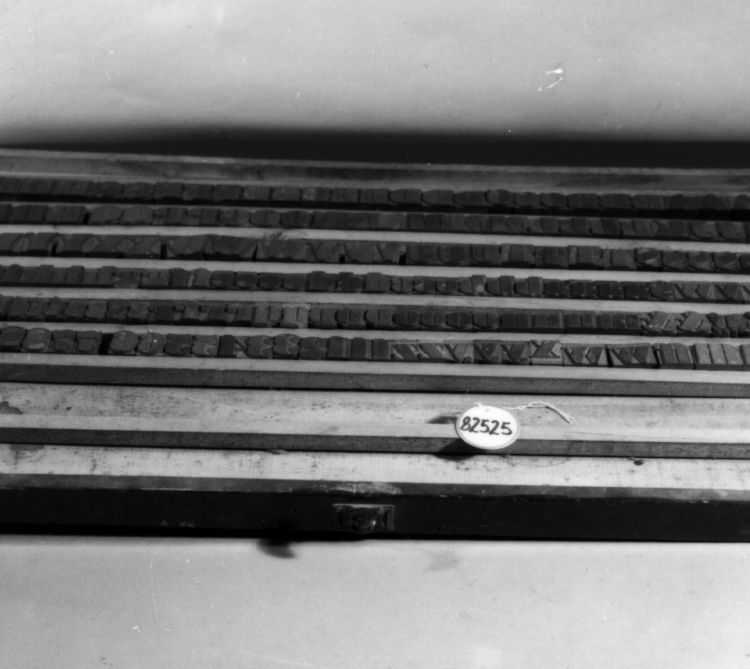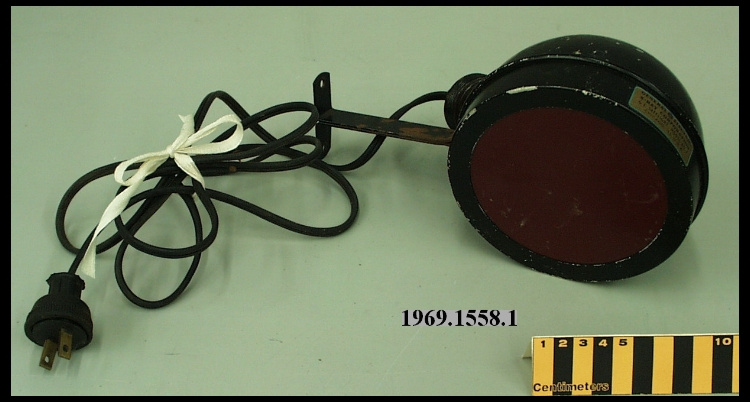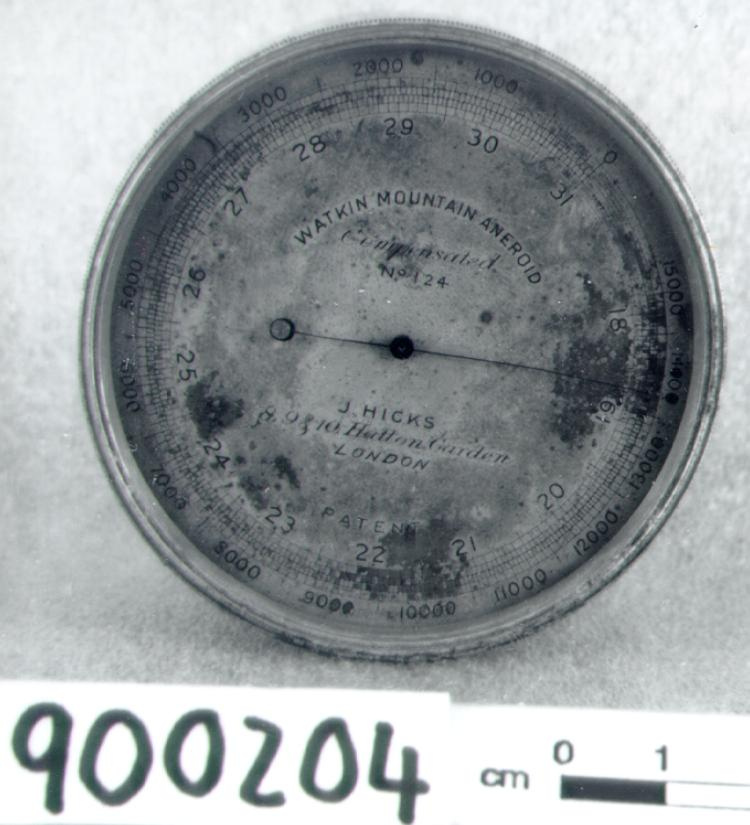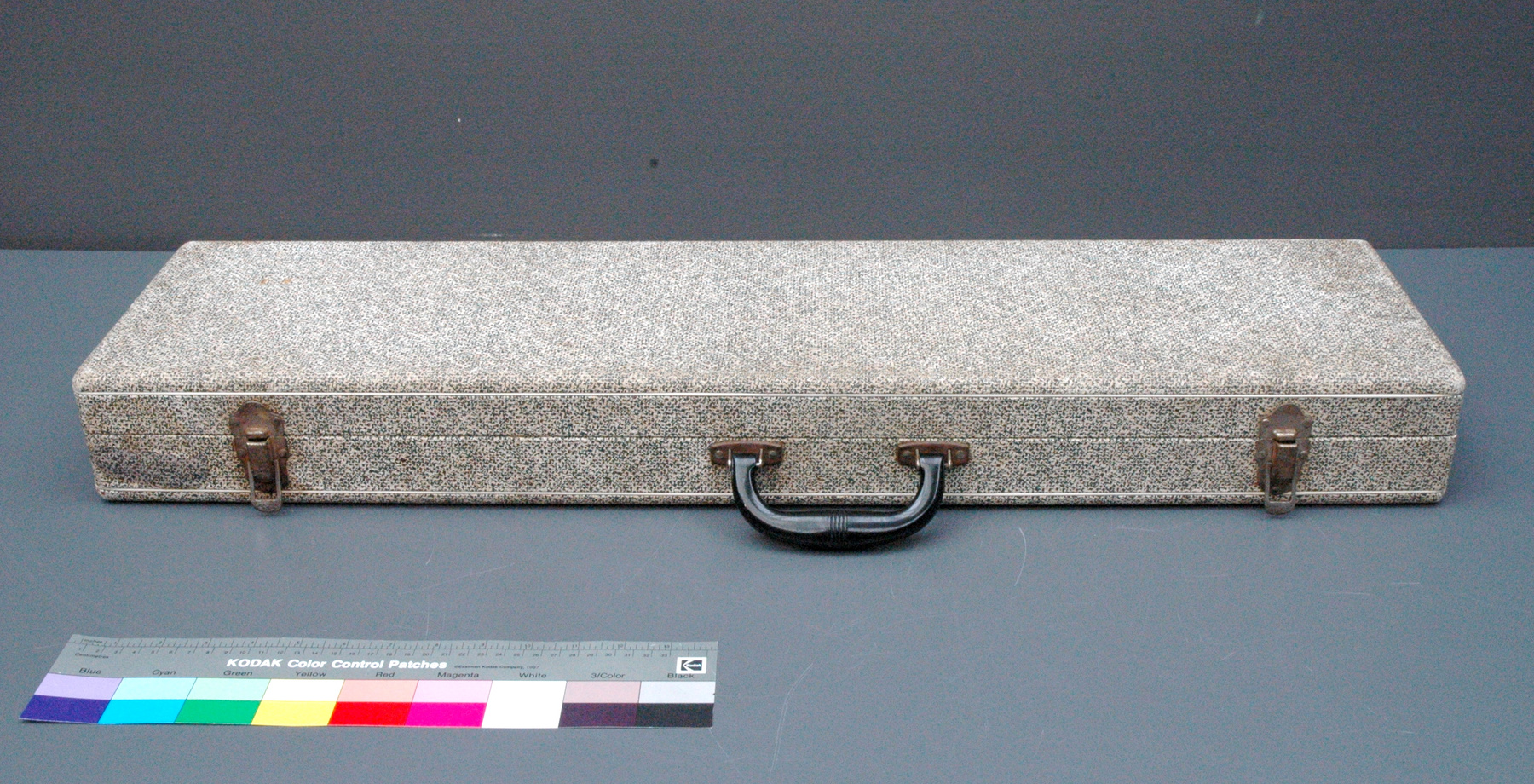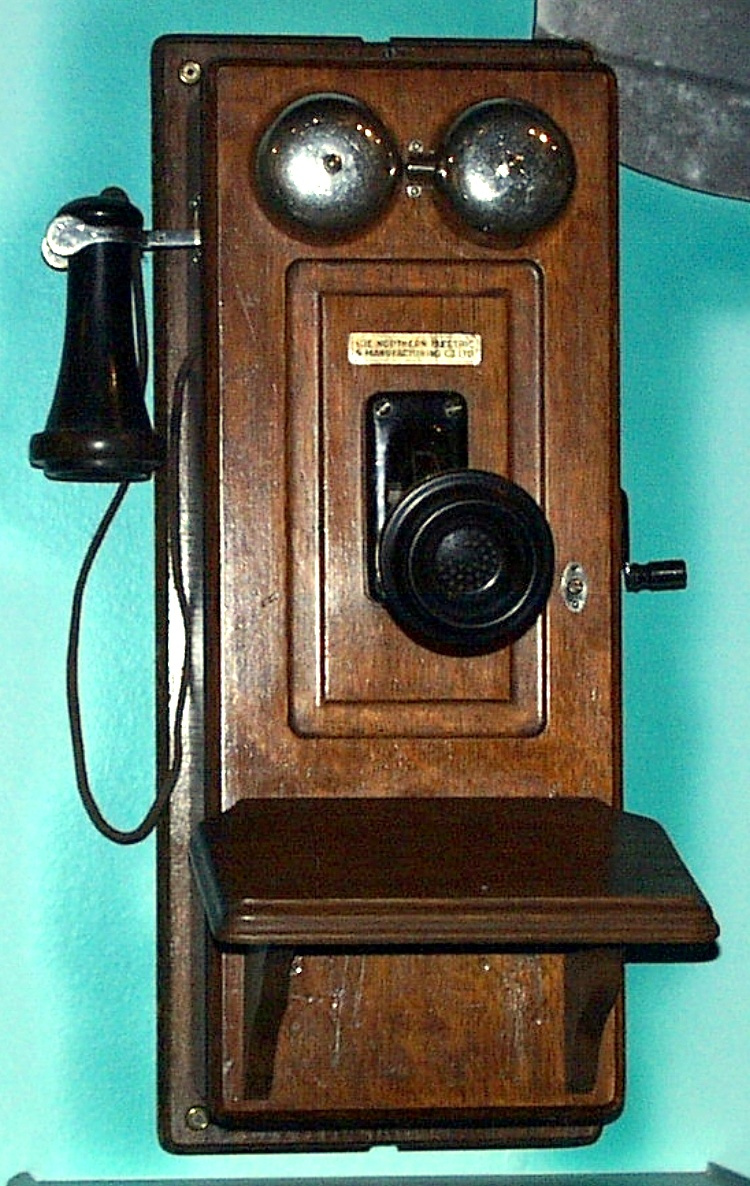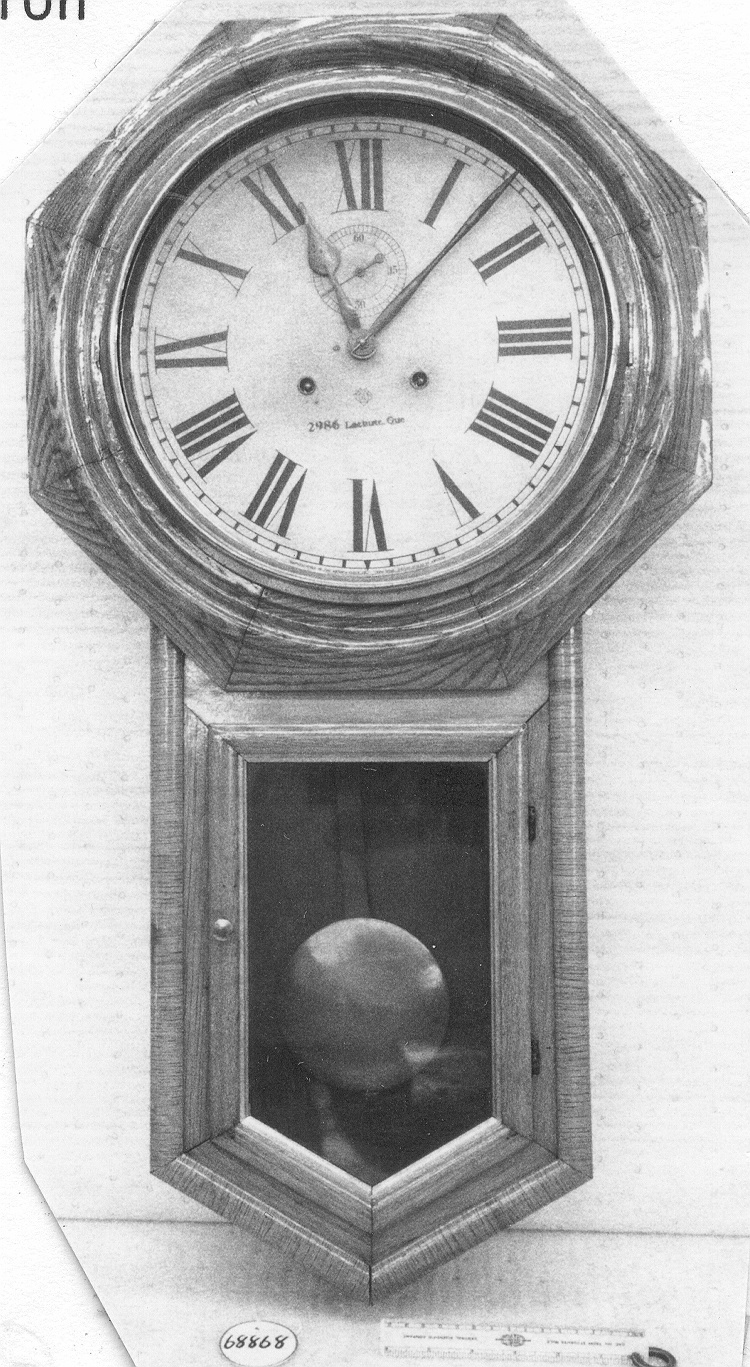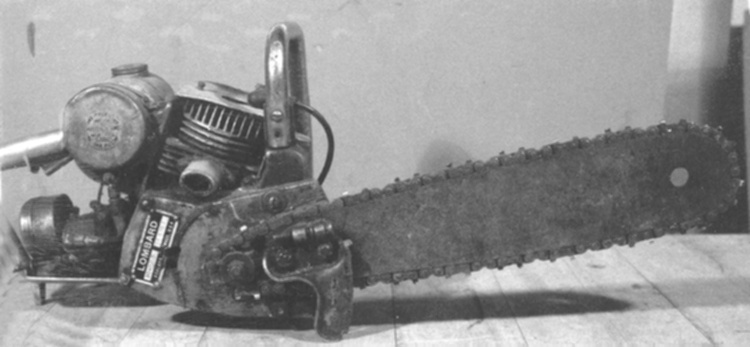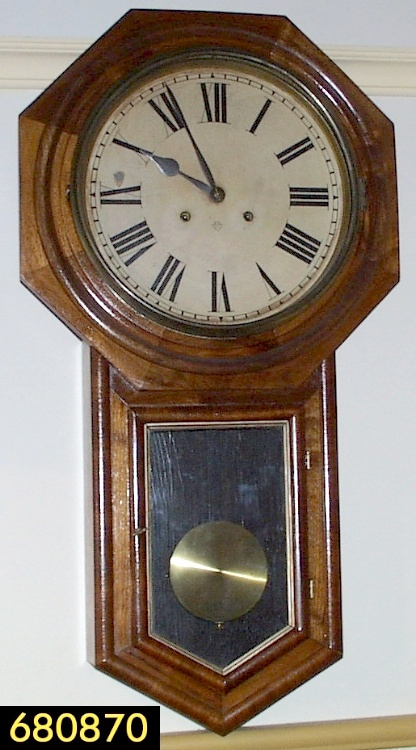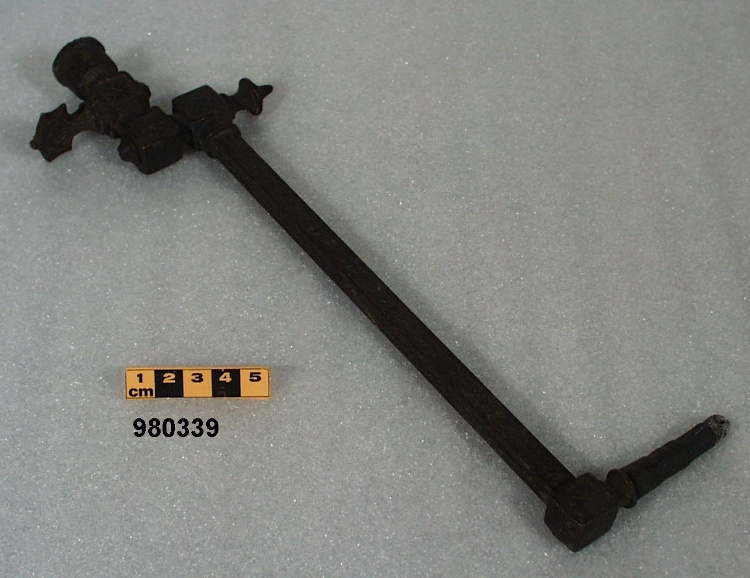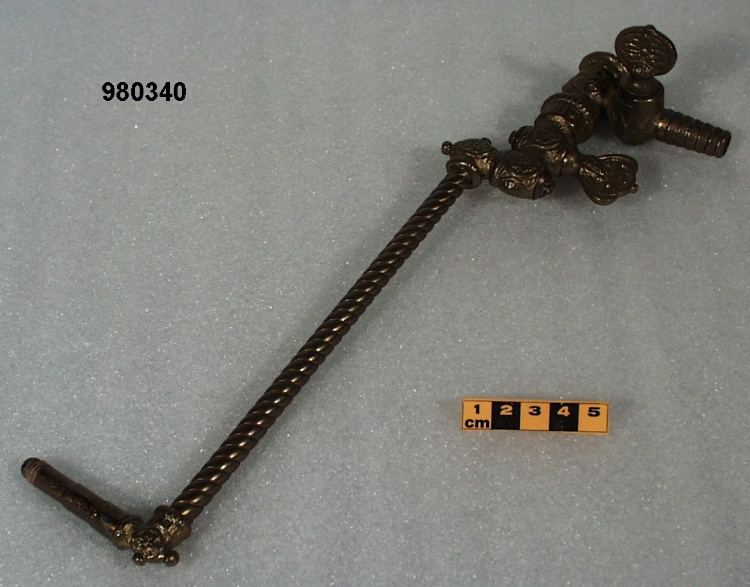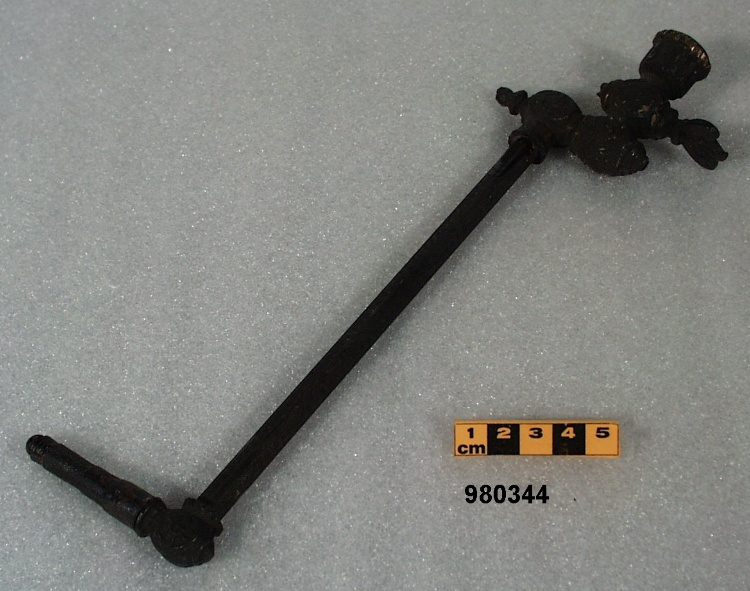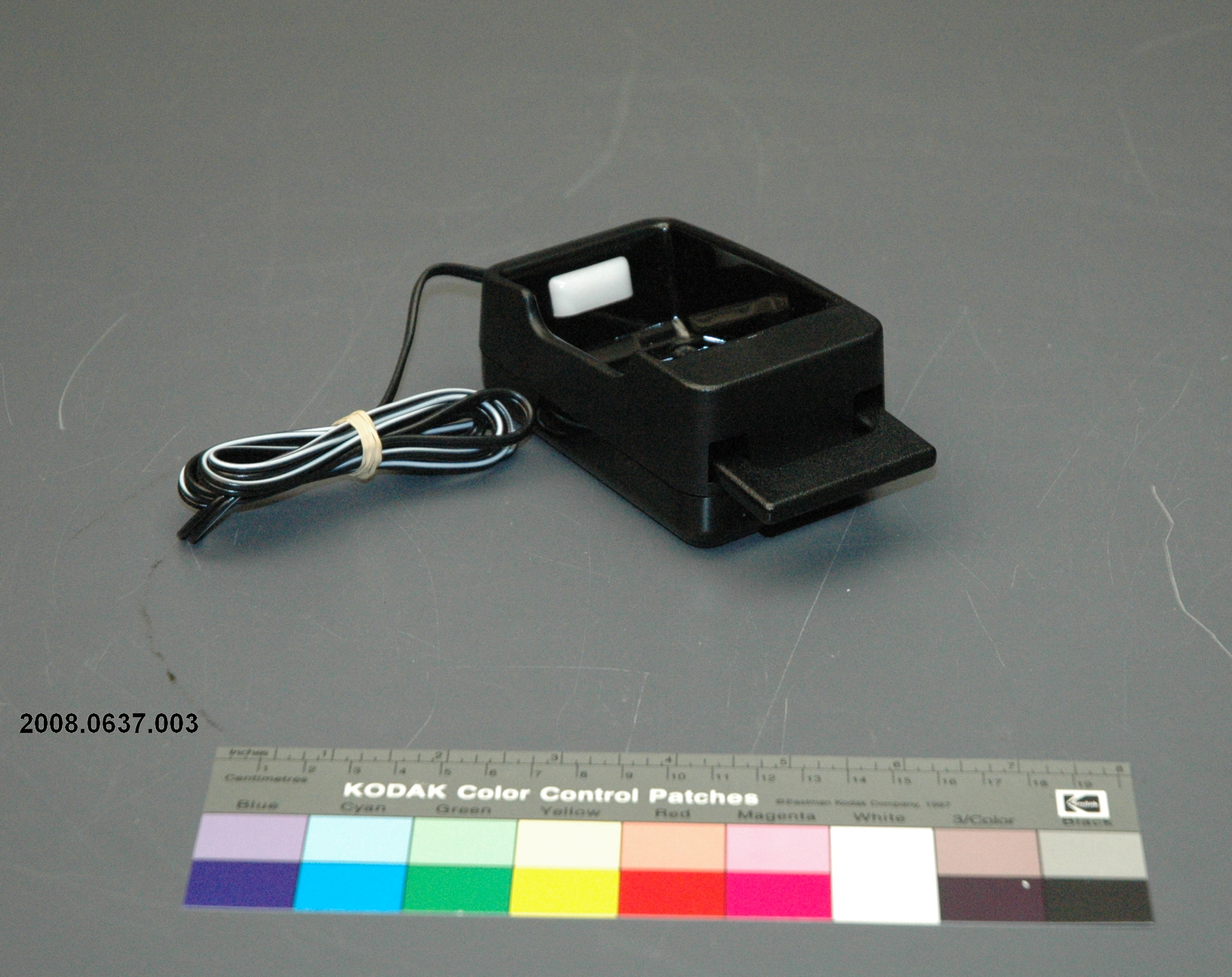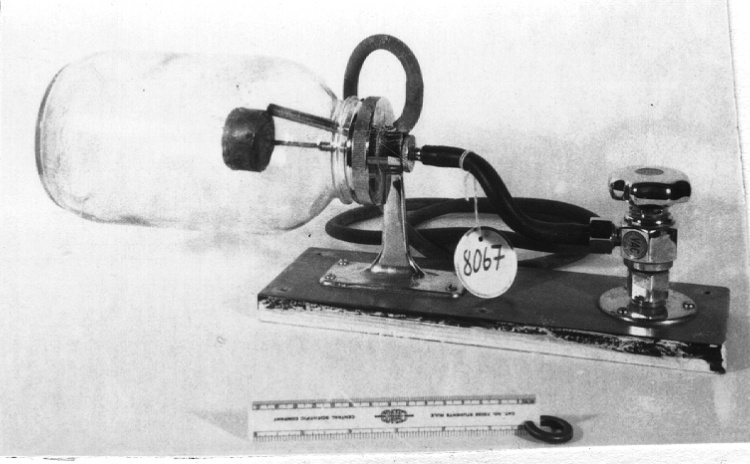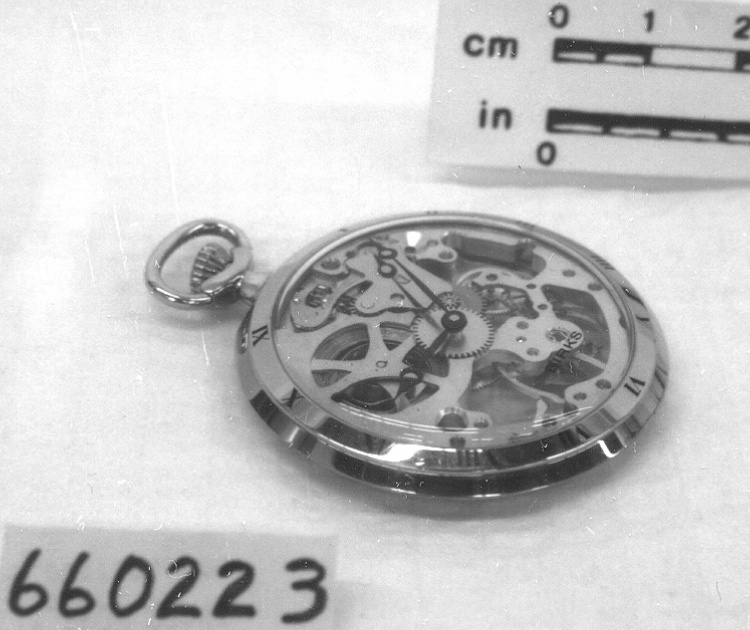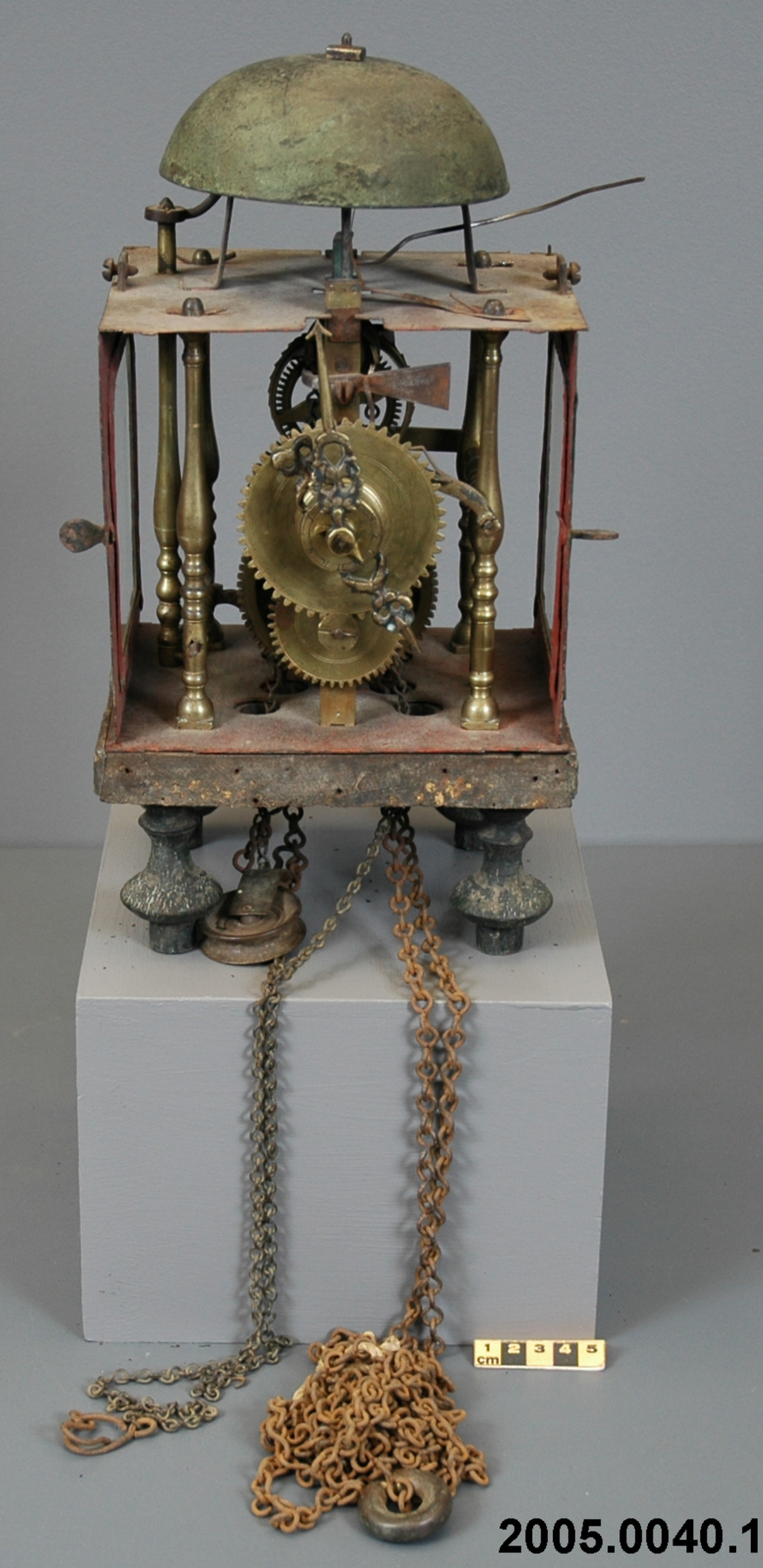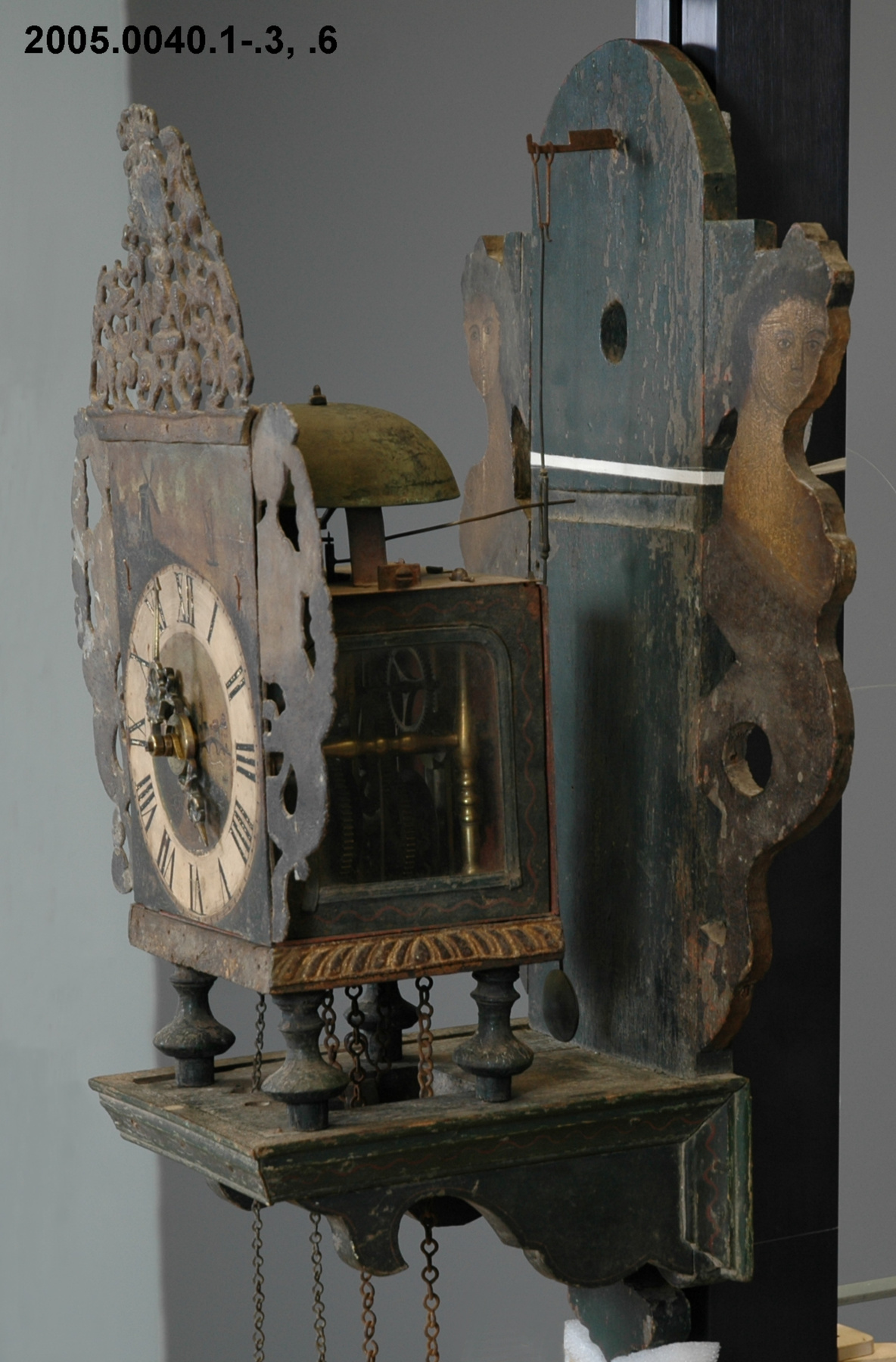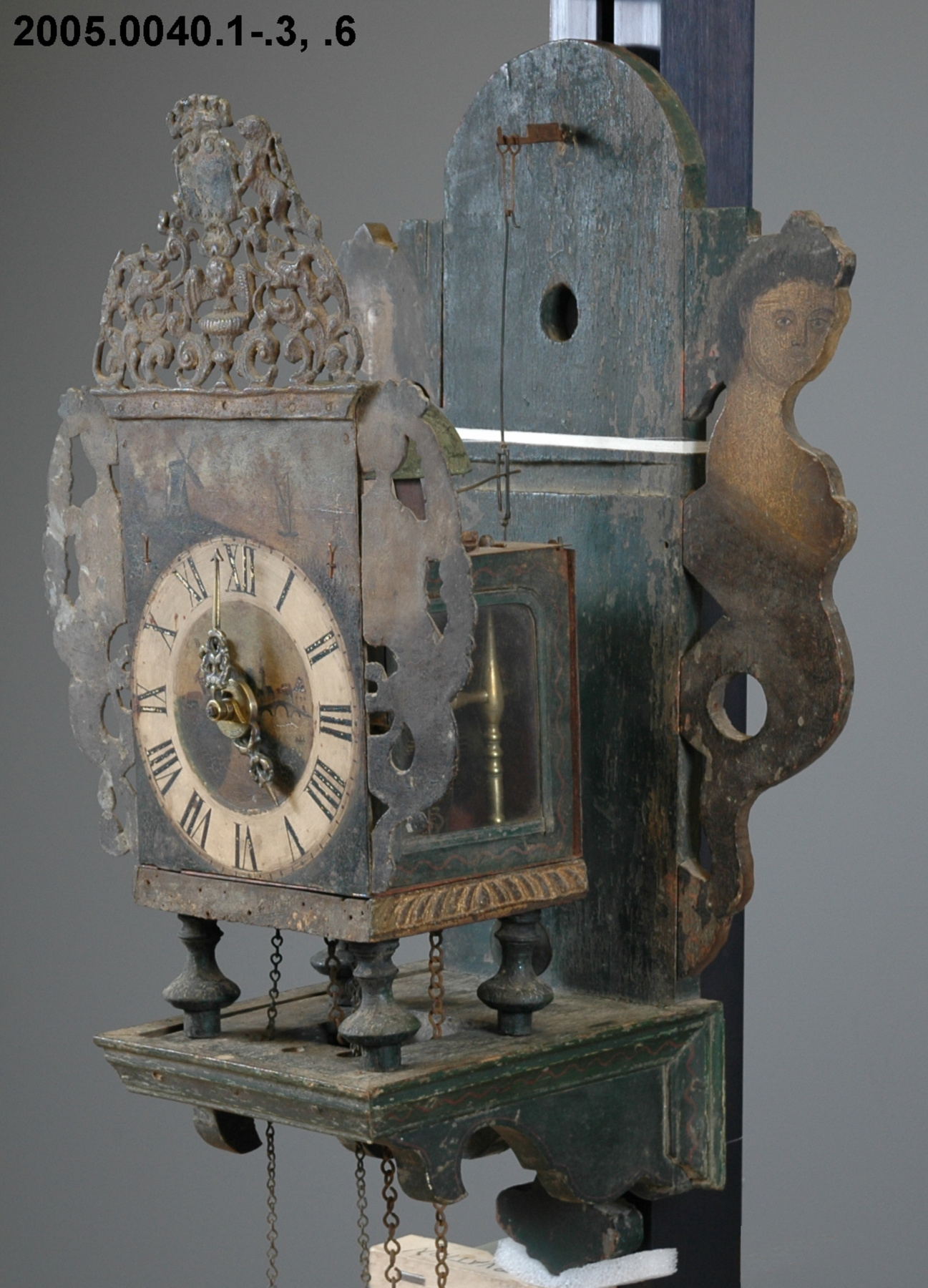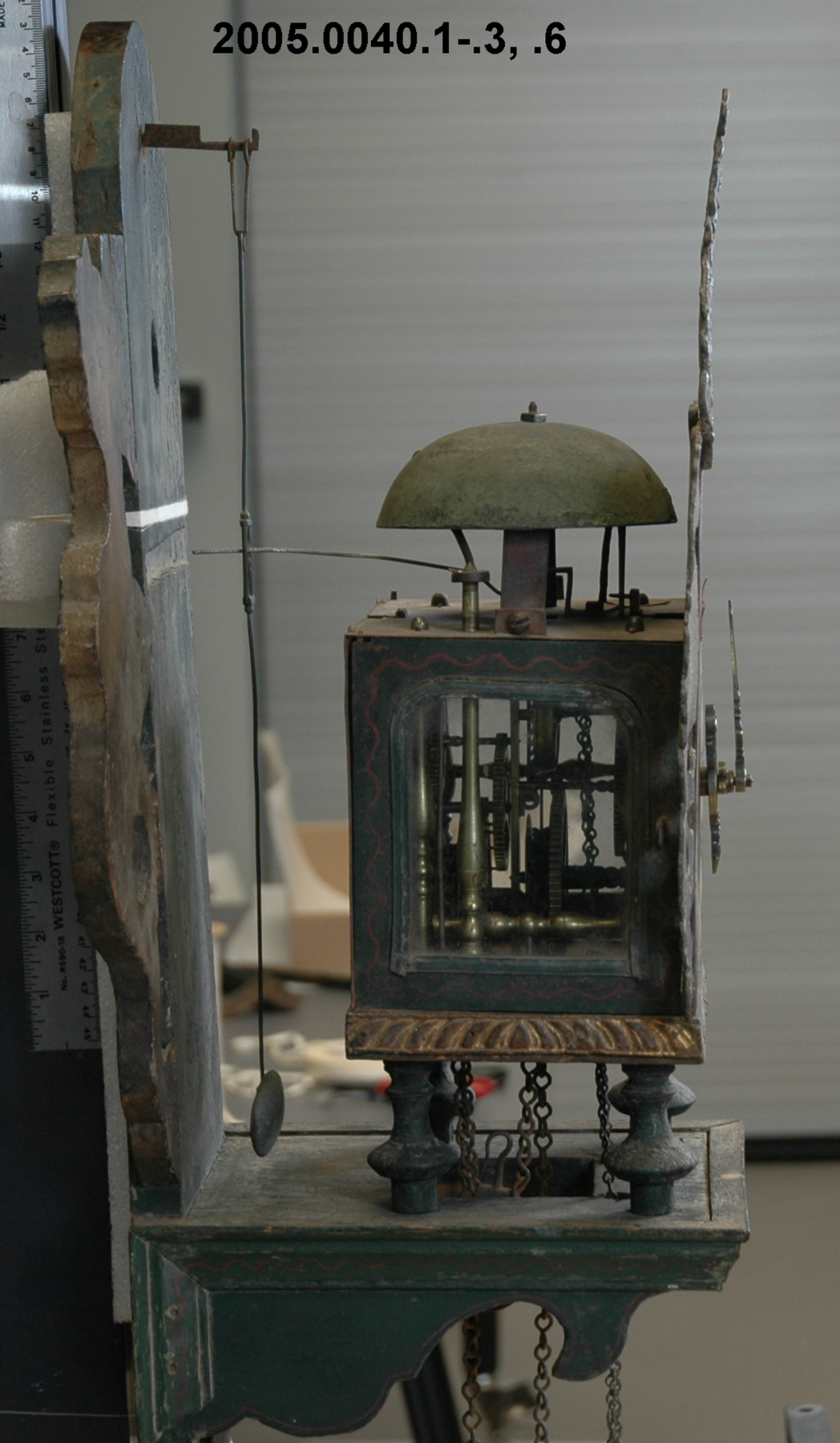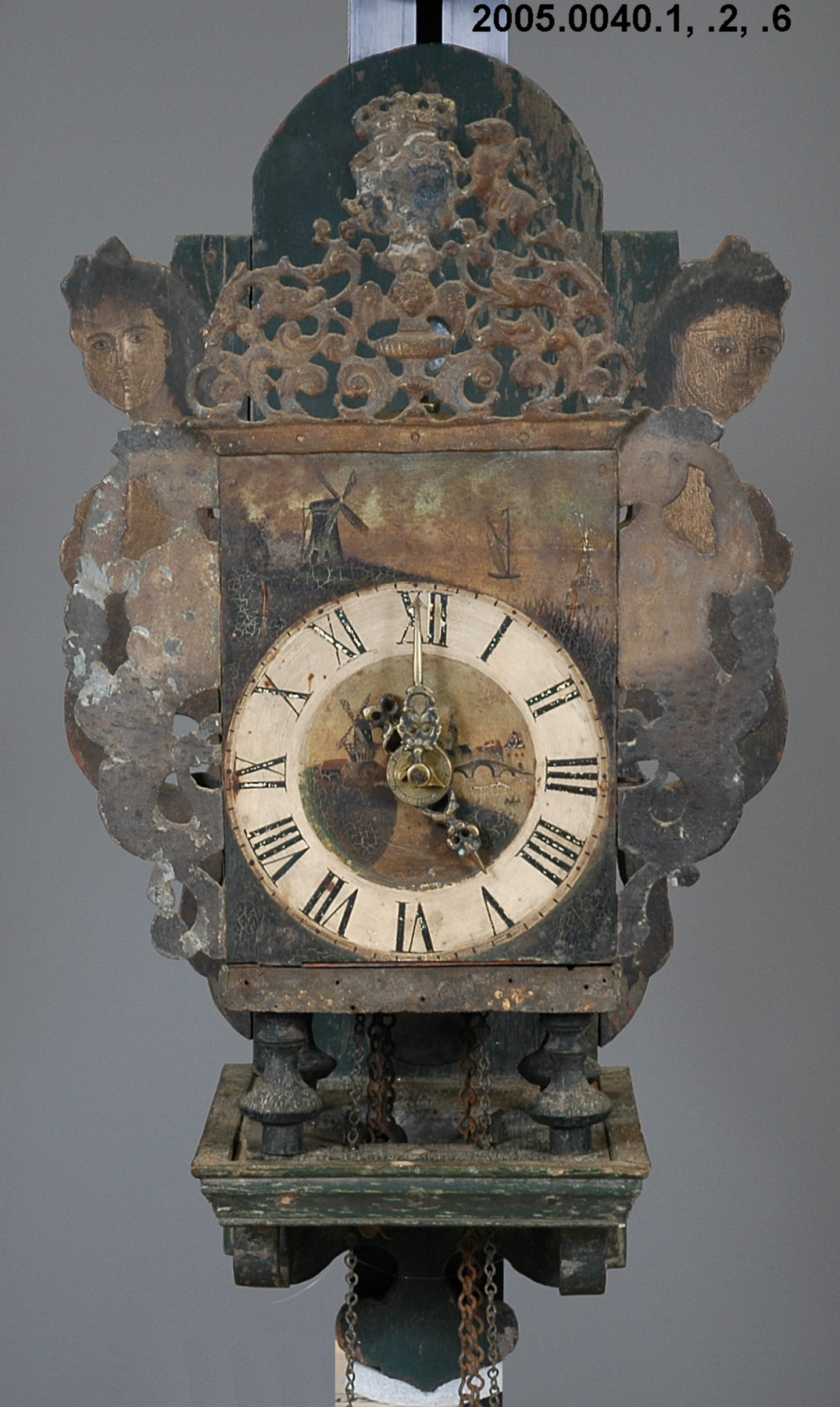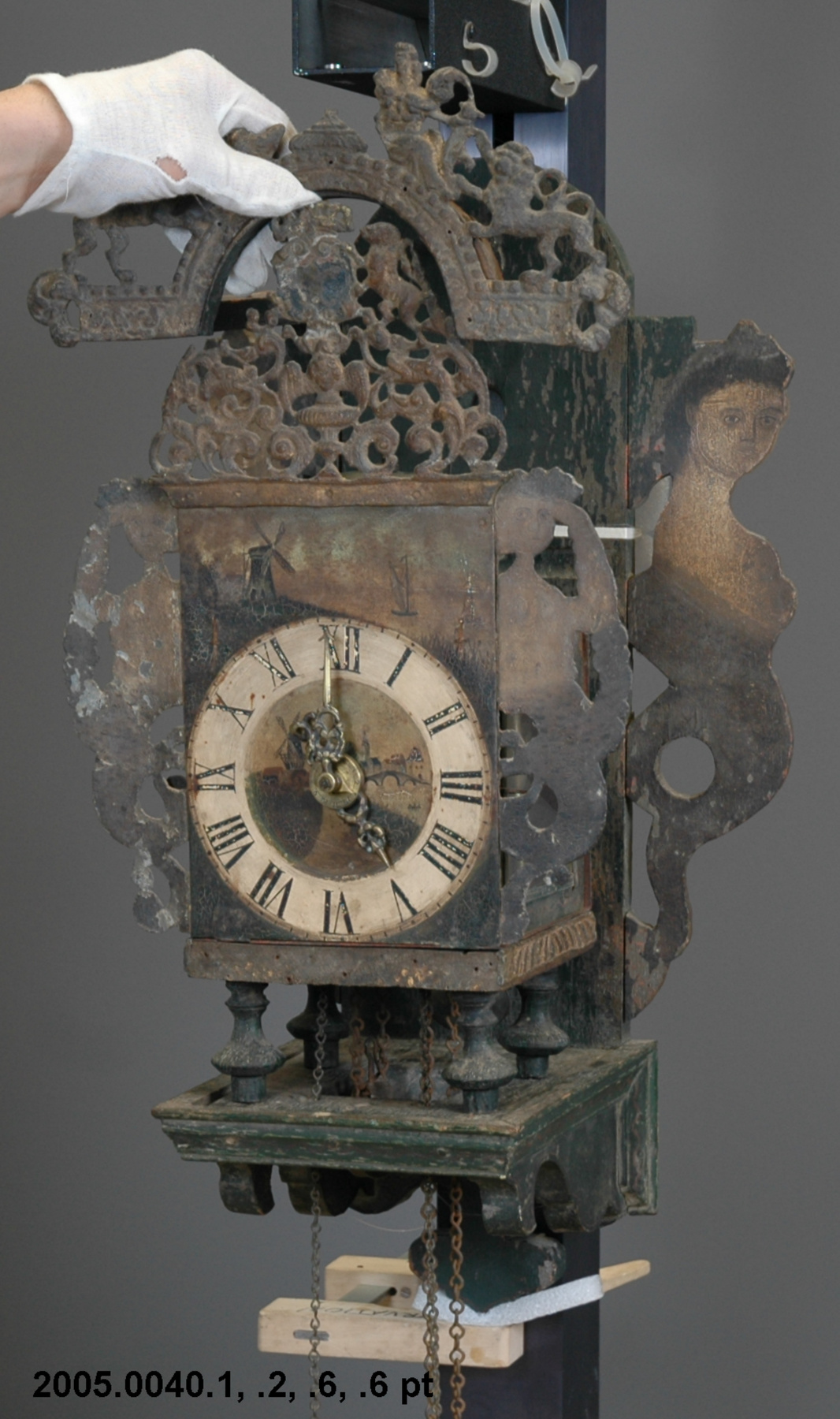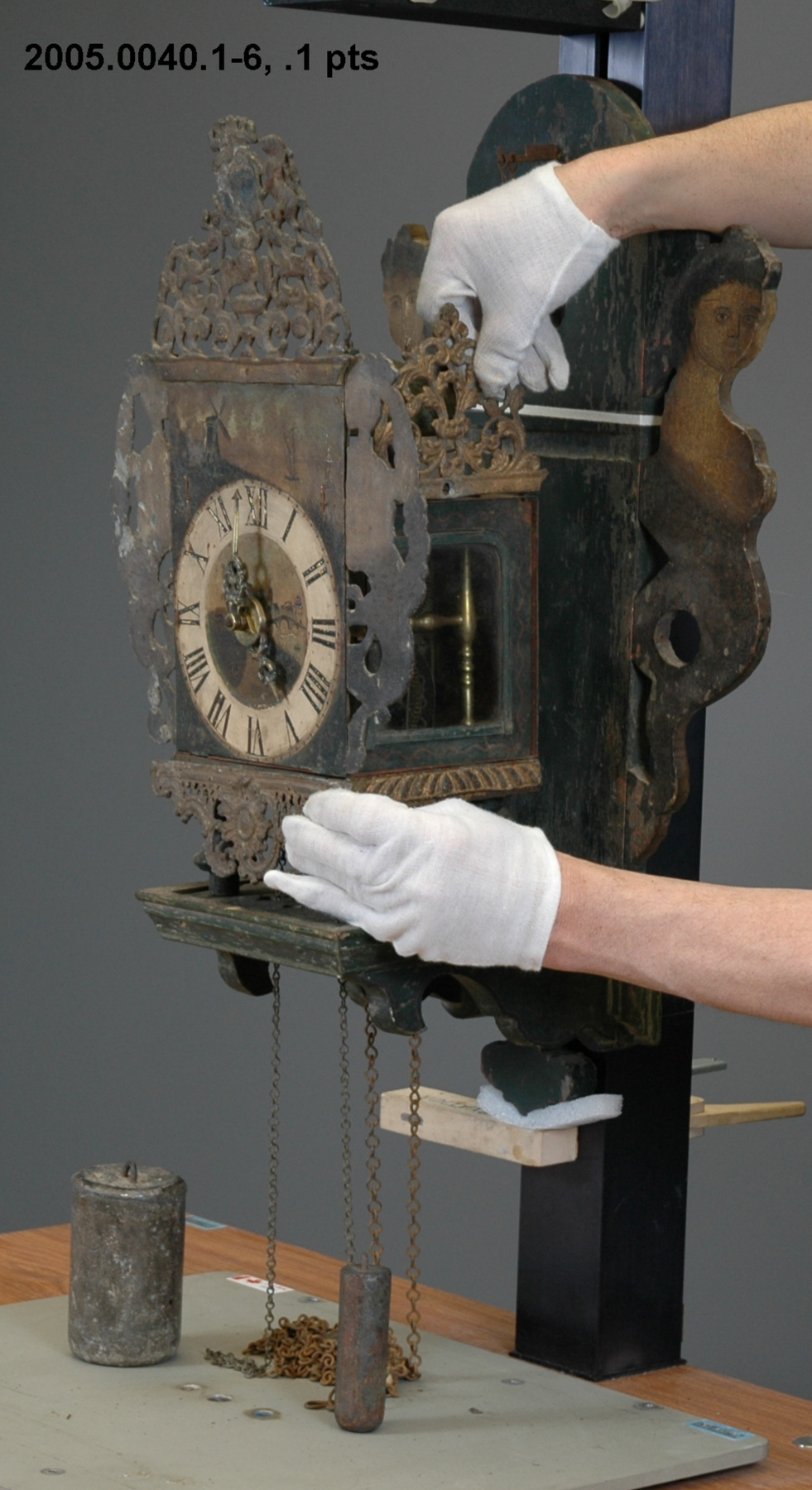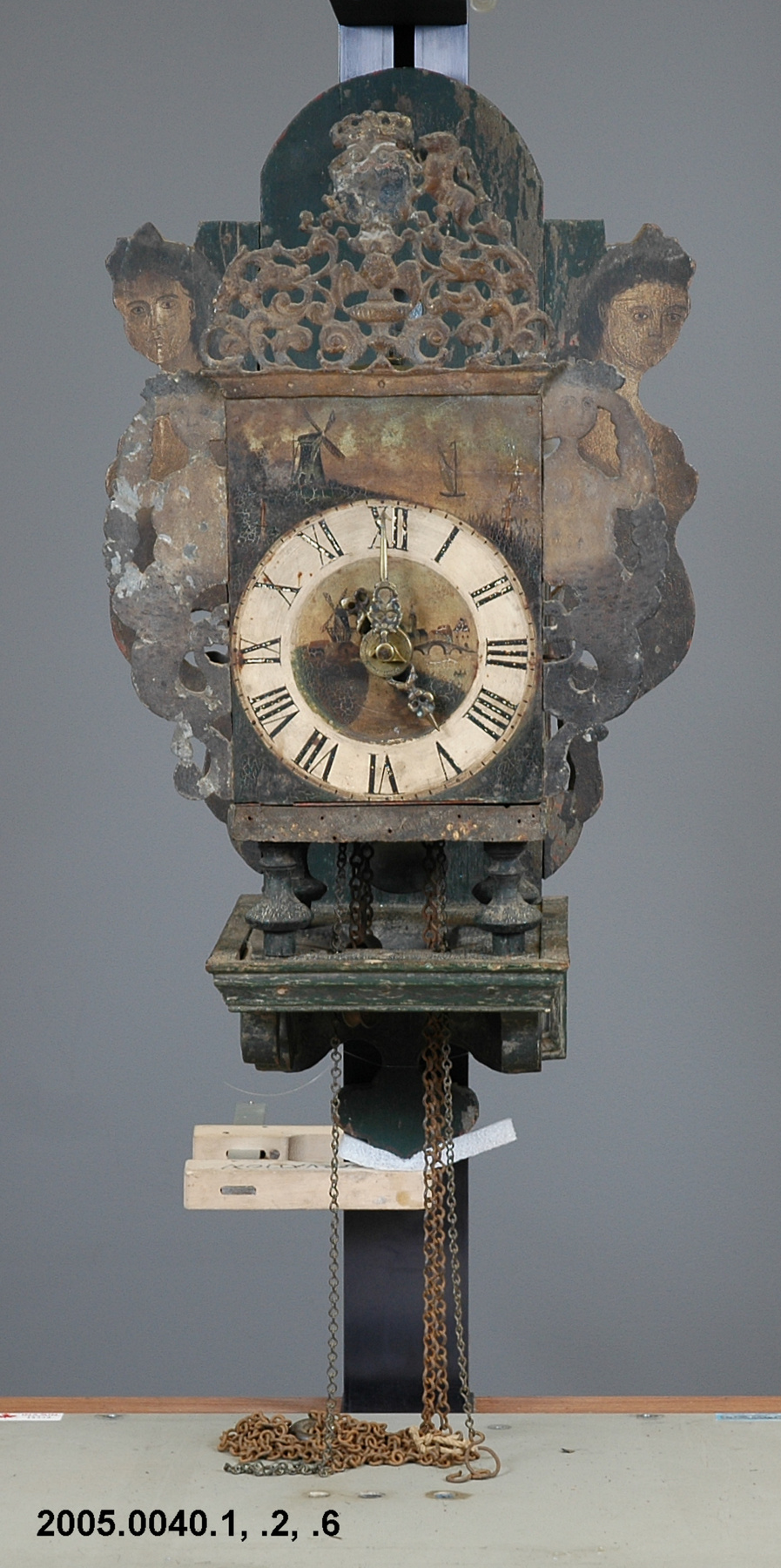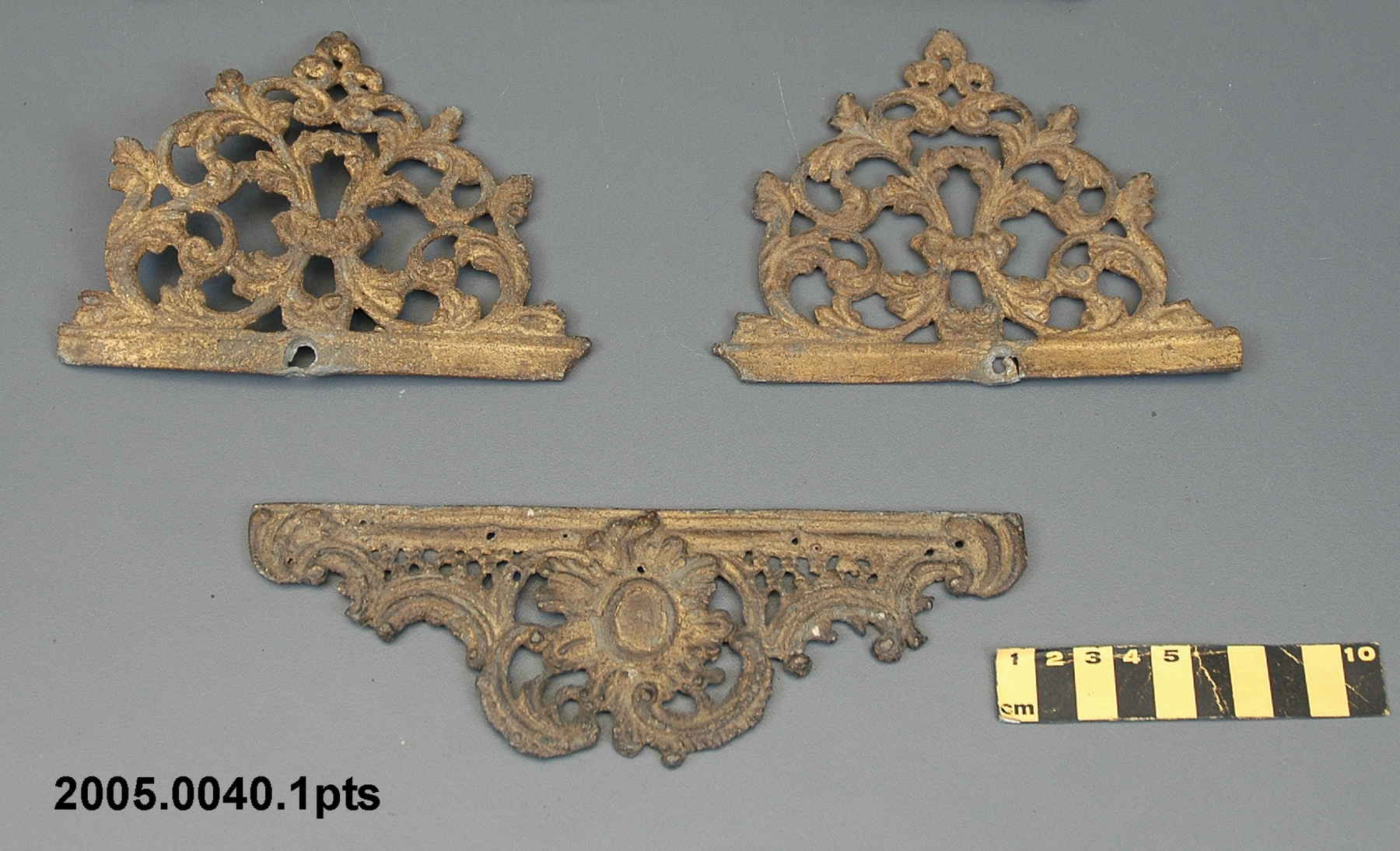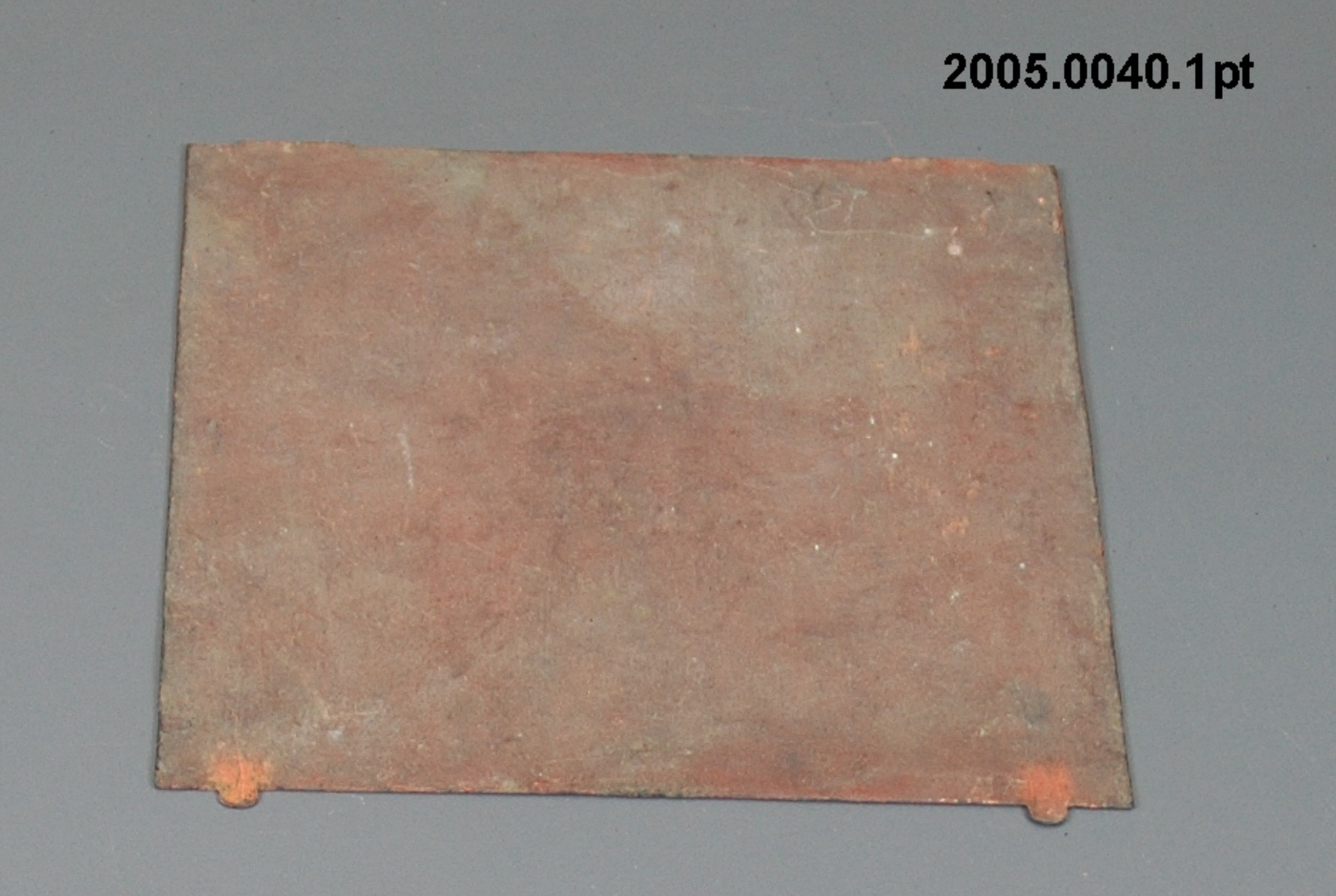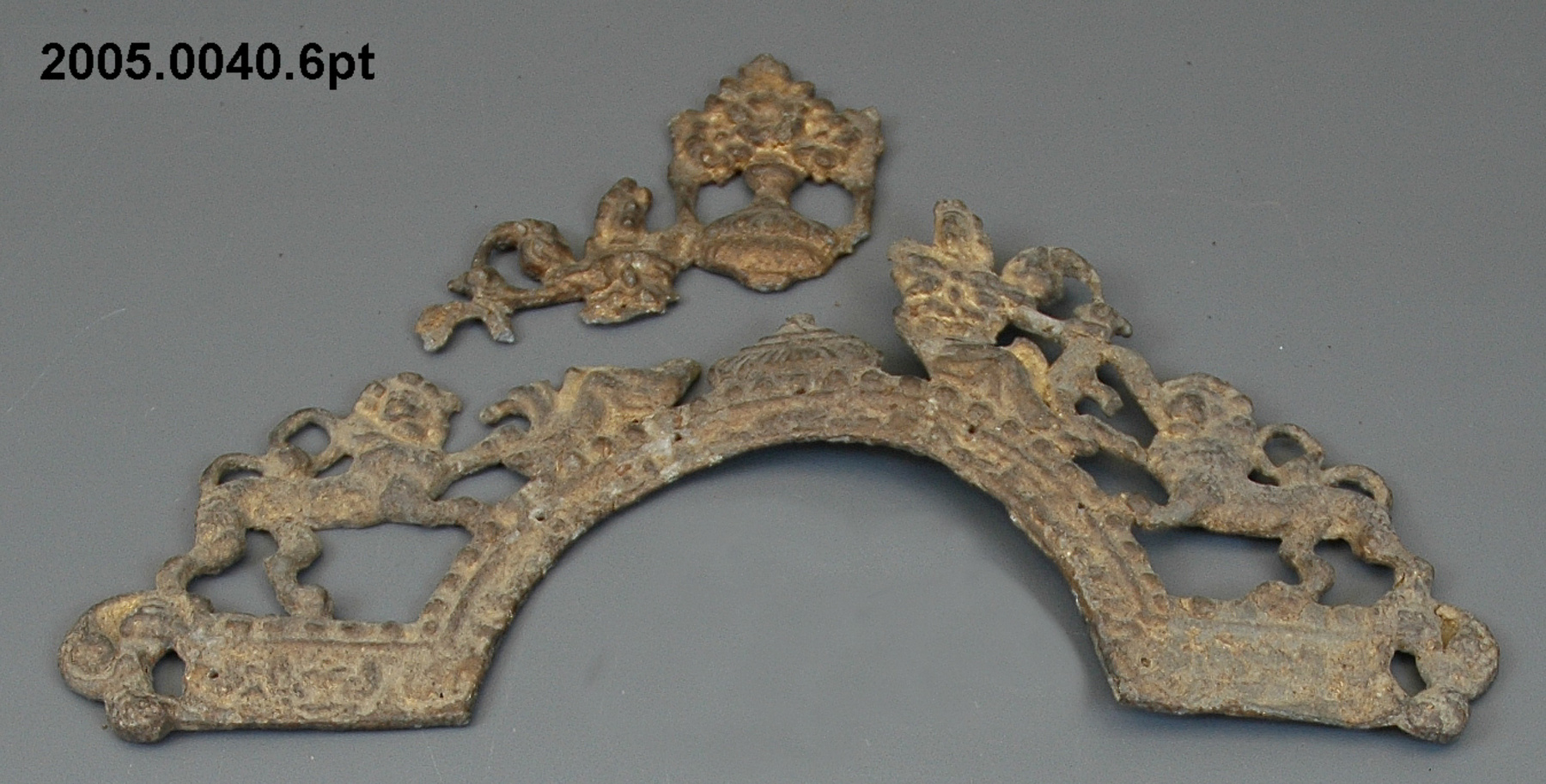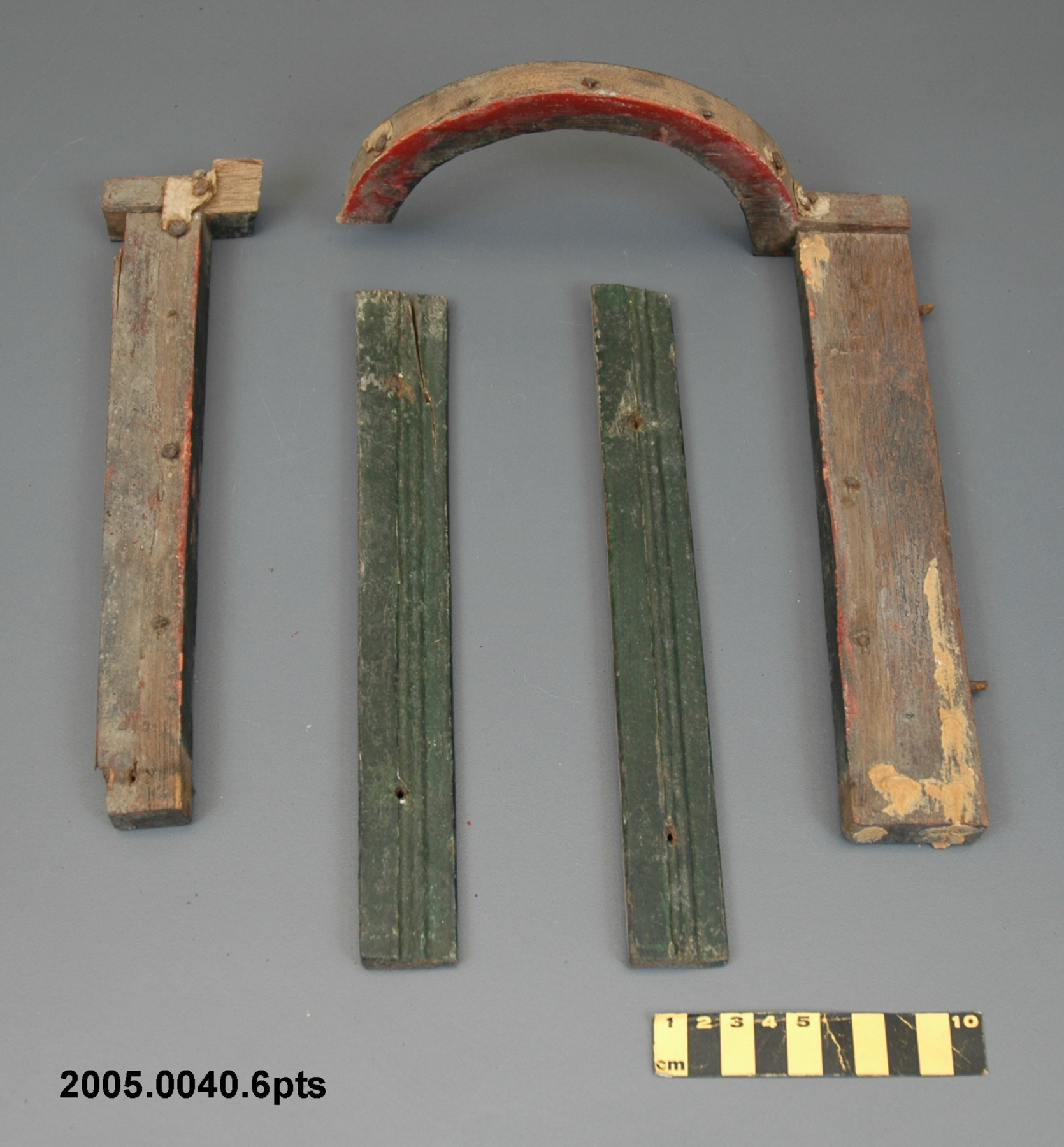Horloge
Utiliser cette image
Puis-je réutiliser cette image sans autorisation? Oui
Les images sur le portail de la collection d’Ingenium ont la licence Creative Commons suivante :
Copyright Ingenium / CC BY-NC-ND (Attribution-NonCommercial 4.0 International (CC BY-NC 4.0)
ATTRIBUER CETTE IMAGE
Ingenium,
2005.0040.001
Permalien:
Ingenium diffuse cette image sous le cadre de licence Creative Commons et encourage son téléchargement et sa réutilisation à des fins non commerciales. Veuillez mentionner Ingenium et citer le numéro de l’artefact.
TÉLÉCHARGER L’IMAGEACHETER CETTE IMAGE
Cette image peut être utilisée gratuitement pour des fins non commerciales.
Pour un usage commercial, veuillez consulter nos frais de reproduction et communiquer avec nous pour acheter l’image.
- TYPE D’OBJET
- Friesland/wall/bracket
- DATE
- 1740–1800
- NUMÉRO DE L’ARTEFACT
- 2005.0040.001
- FABRICANT
- Inconnu
- MODÈLE
- Inconnu
- EMPLACEMENT
- Pays-Bas
Plus d’information
Renseignements généraux
- Nº de série
- S/O
- Nº de partie
- 1
- Nombre total de parties
- 6
- Ou
- S/O
- Brevets
- S/O
- Description générale
- brass? mechanism, hands, bell, short chains and parts/ ferrous metal clock face plate, casing, long chains and parts/ wood base/ glass windows./ lead fretwork
Dimensions
Remarque : Cette information reflète la taille générale pour l’entreposage et ne représente pas nécessairement les véritables dimensions de l’objet.
- Longueur
- 21,0 cm
- Largeur
- 25,0 cm
- Hauteur
- 33,0 cm
- Épaisseur
- S/O
- Poids
- S/O
- Diamètre
- S/O
- Volume
- S/O
Lexique
- Groupe
- Horlogerie
- Catégorie
- Horloges
- Sous-catégorie
- S/O
Fabricant
- Ou
- Inconnu
- Pays
- Pays-Bas
- État/province
- Inconnu
- Ville
- Inconnu
Contexte
- Pays
- Inconnu
- État/province
- Inconnu
- Période
- mid 18th century to 1970s
- Canada
-
This clock was acquired by Mr. Peter Charlton's father while in the Netherlands at the end of WW II. He was in the British Army. Peter Charlton then acquired it in the early 1960s when he brought it to Canada. - Fonction
-
A device which both measures and displays the passage of time. - Technique
-
This clock is of the style that became popular in the Netherlands in the early 18th century and is called a Friesland or Stoeltjesklok (Little Stool) clock. It was designed to sit on a wall mounted bracket separate but integral to the clock with the weights hanging through the wall bracket. The hand painted face depicts a very typical Dutch scene with windmills while the "wings" or frets on the side of the wooden frame depict mermaids. The face and top are adorned with cast iron scrolling or frets (the top piece of which conceals the bell) with some of the original gilding in place though most has been lost. The works are also typical of the country and period, being made from sheet iron. The back has an iron cover and glass covers enclose the sides while providing views of the works. Two of the most critical elements of clock technology were developed by the Dutchman Christian Huygens (or Huyghens) -- the pendulum (in 1657) and the balance spring. The verge escapement is mounted vertical with the balance wheel fixed to the verge — as devised by Huygens. The weight is cylindrical (a difference from the Zaandam style of clock from which the Friesland is derived) and chain driven which provides power for 30 hours. This clock was acquired primarily to provide a link to Huygens and his critical contributions to horological technology. The Friesland clock is thought to have been derived from the larger Zaandam style of clock but was cheaper. The Friesland is also similar to the contemporary English lantern clocks though more highly decorated with the frets surrounding the face and on the sides of the wall mounted wood bracket. Early examples are single handed, i.e. with hour hand only; some also had day and Moon phase indicators though not this example. - Notes sur la région
-
Inconnu
Détails
- Marques
- none
- Manque
- casing back and three pieces of ornamental fretwork are detached
- Fini
- base, casing exterior and parts painted dark green, now flaking/ brass coloured mechaism, hands, posts, parts/ casing interior painted red/ fretwork originally gilded?
- Décoration
- cutout and painted metal mermaid on each side of the clock face/ turned wood legs on base/ moulded ornamental posts/ cast figures in the decorative metalwork/ gilded? carved wood edging on lower sides of stand
FAIRE RÉFÉRENCE À CET OBJET
Si vous souhaitez publier de l’information sur cet objet de collection, veuillez indiquer ce qui suit :
Fabricant inconnu, Horloge, vers 1740–1800, Numéro de l'artefact 2005.0040, Ingenium - Musées des sciences et de l'innovation du Canada, http://collections.ingeniumcanada.org/fr/id/2005.0040.001/
RÉTROACTION
Envoyer une question ou un commentaire sur cet artefact.
Plus comme ceci
